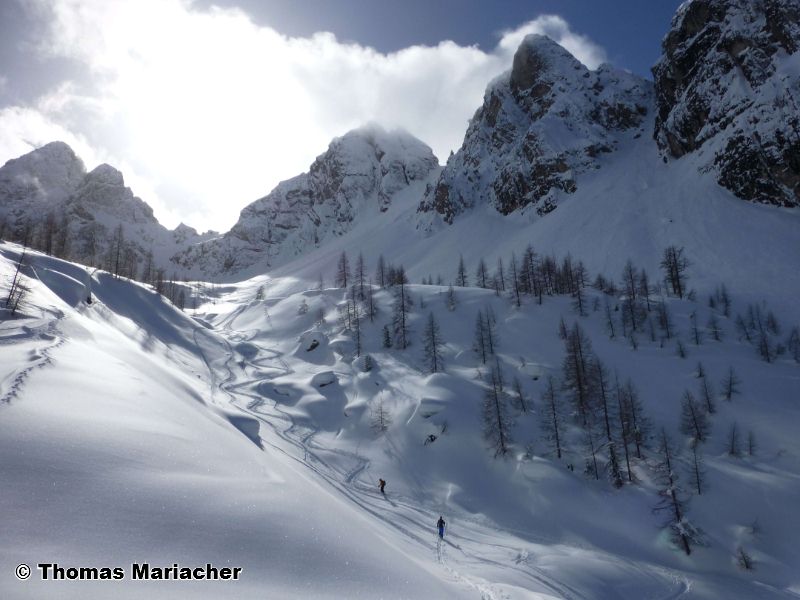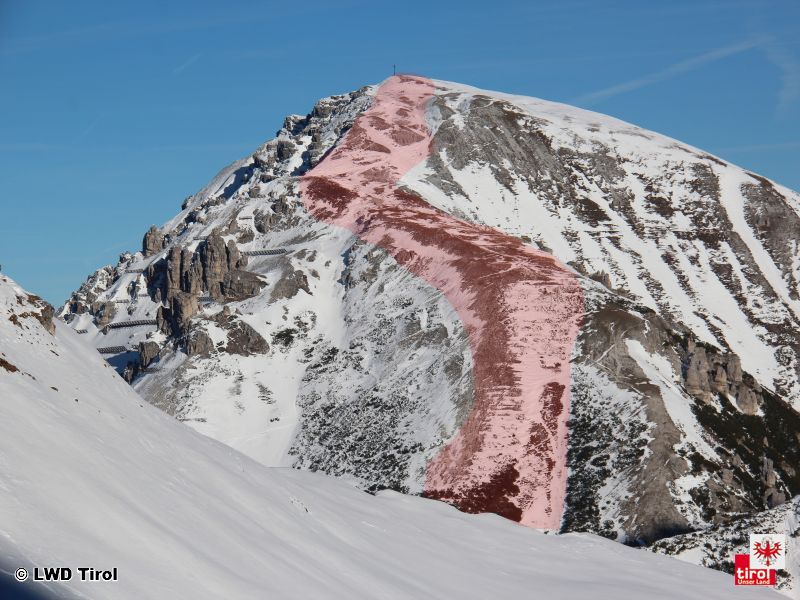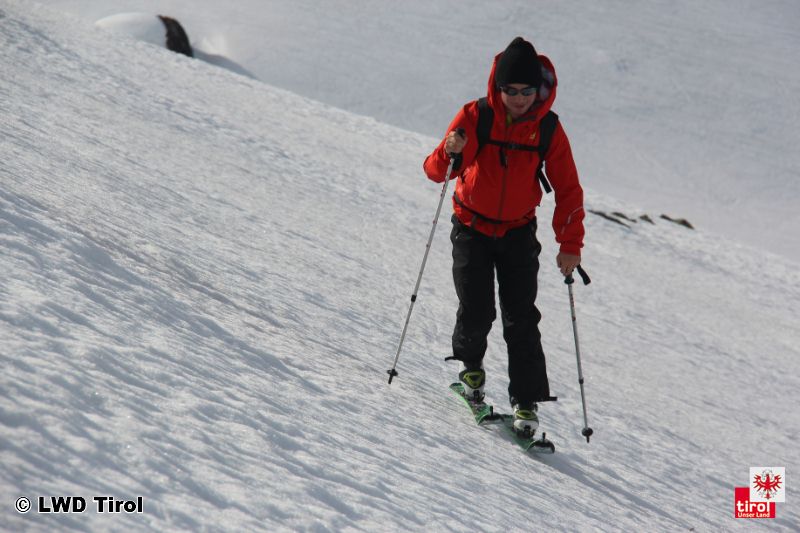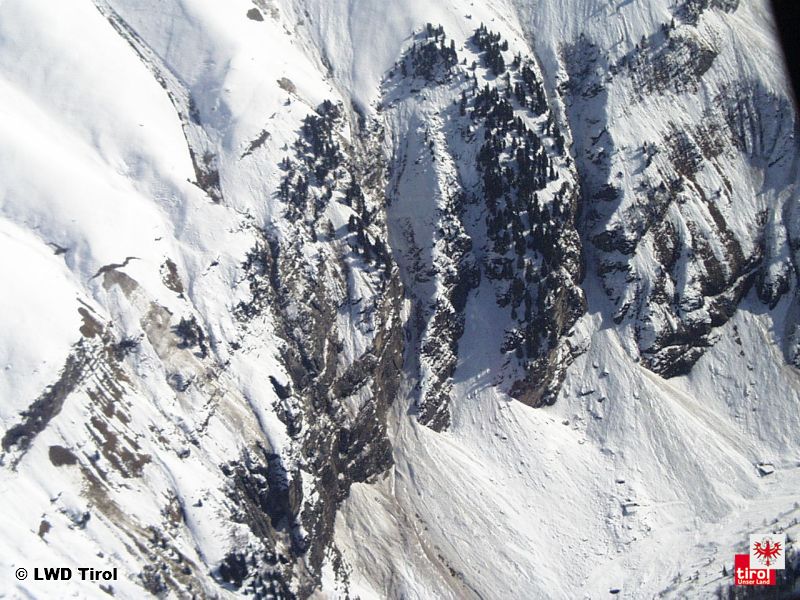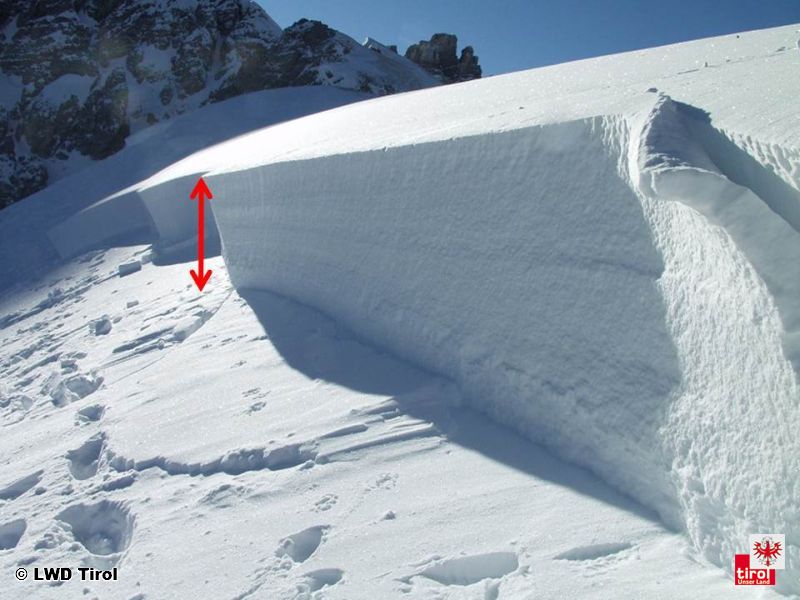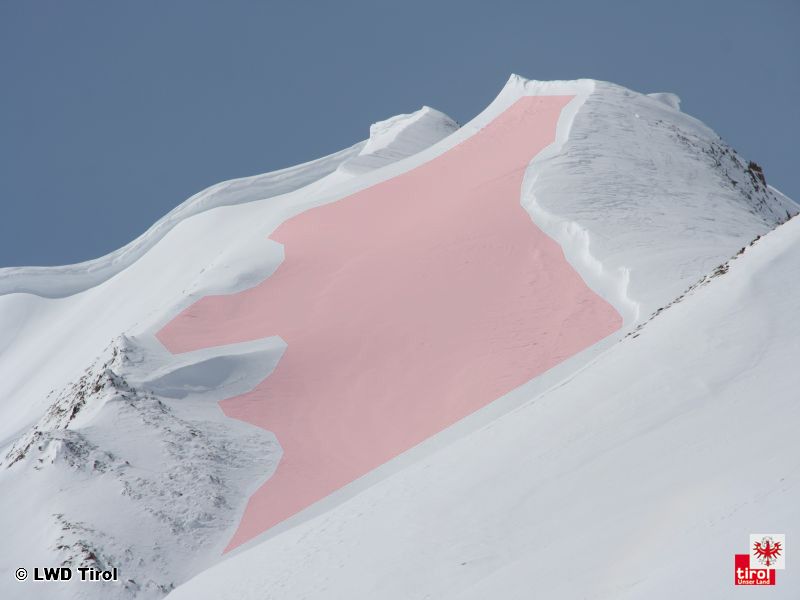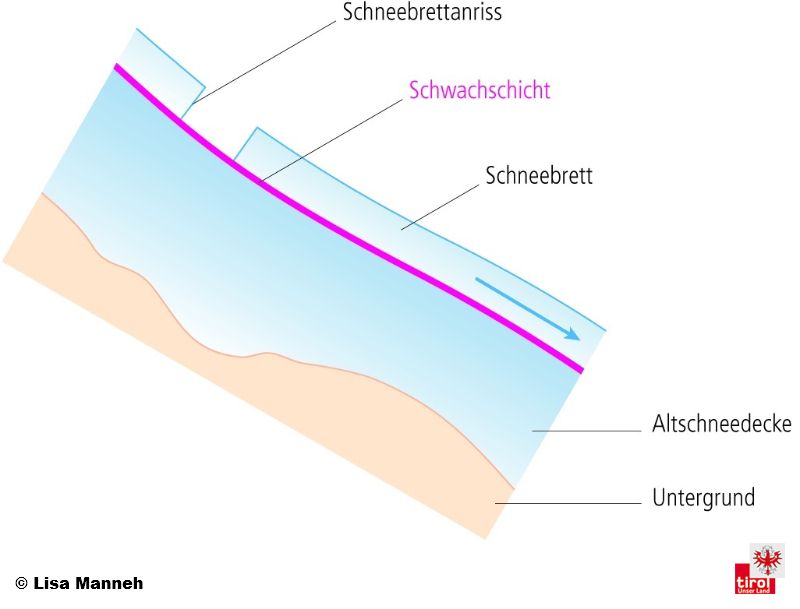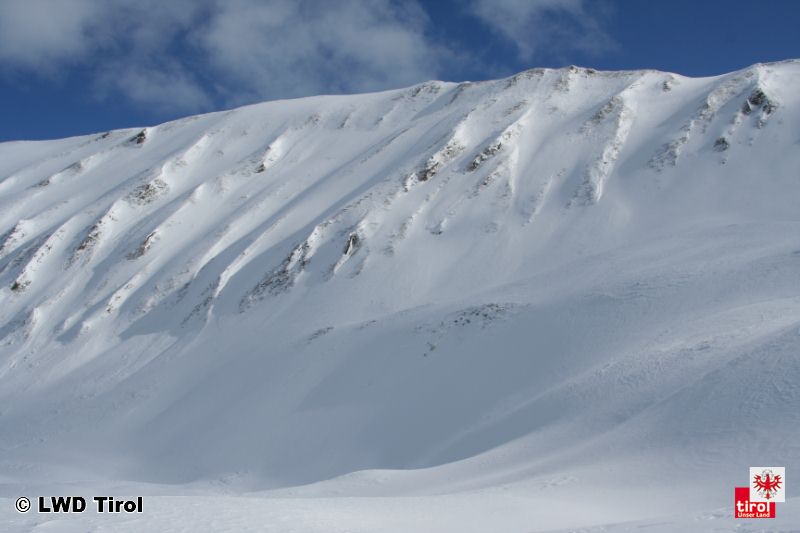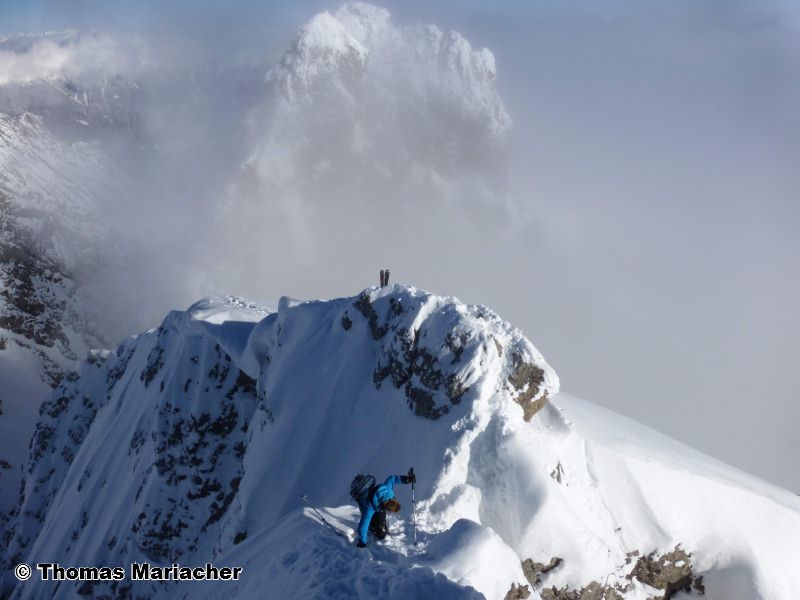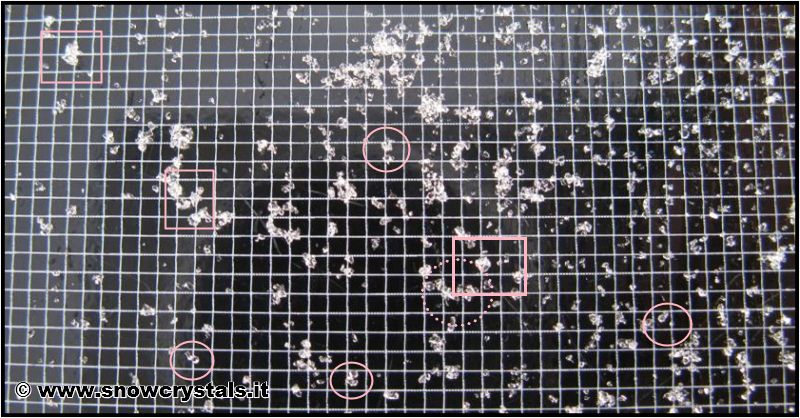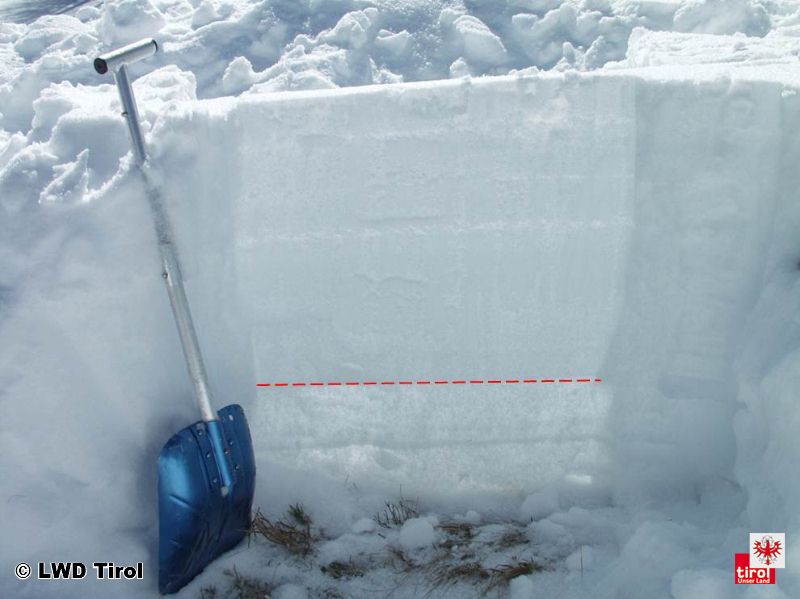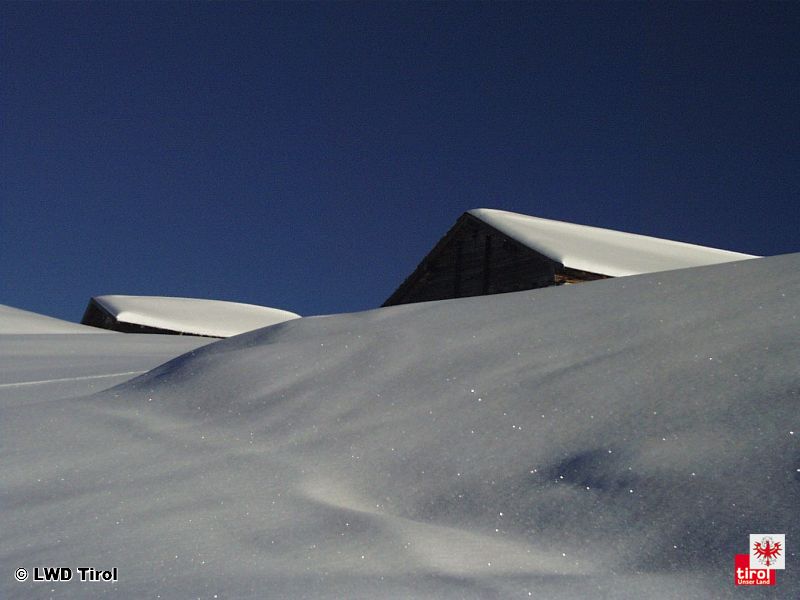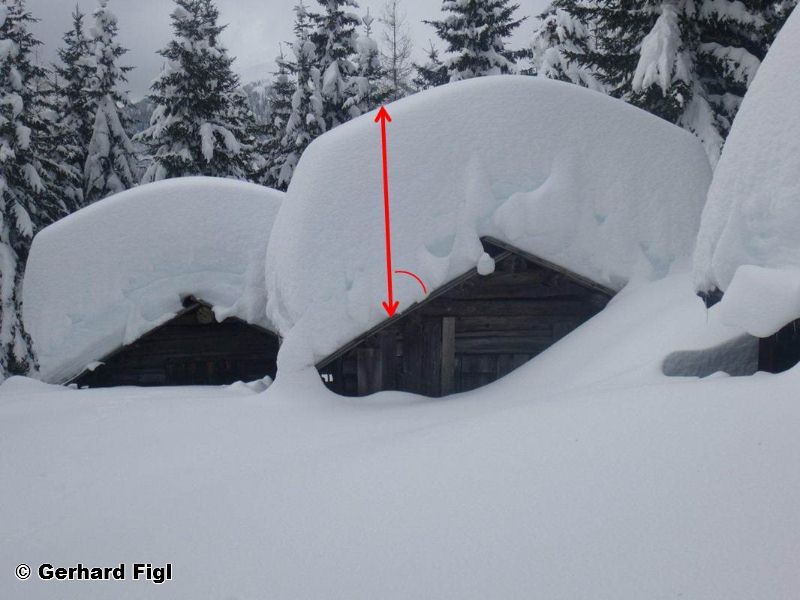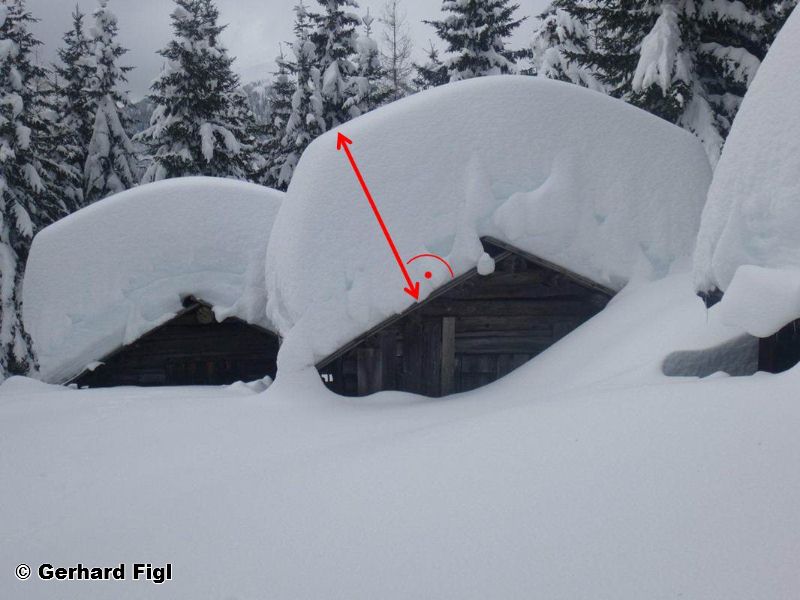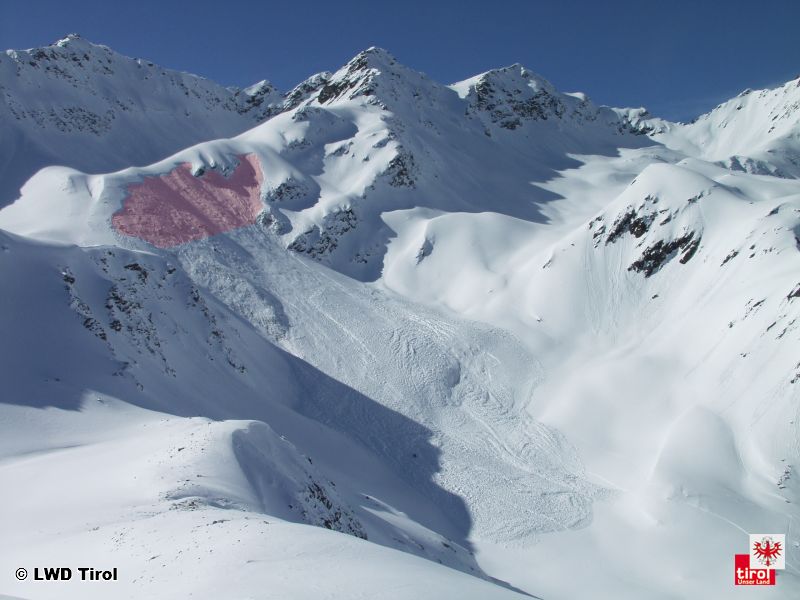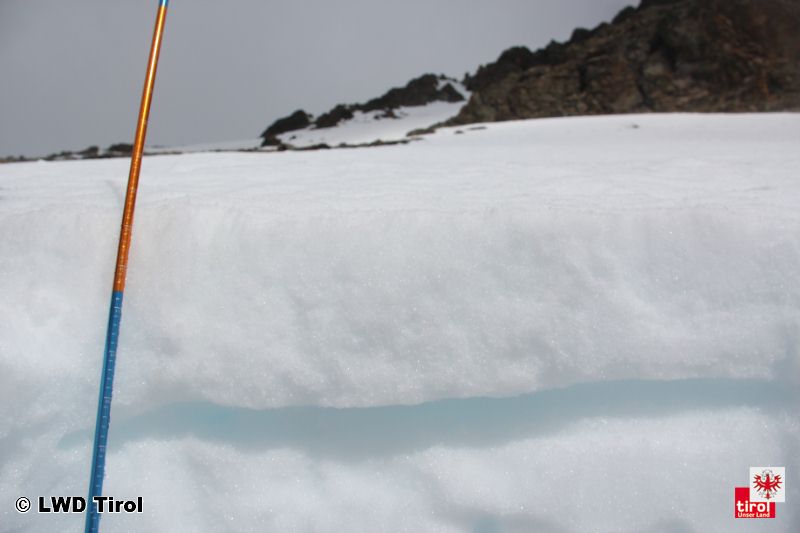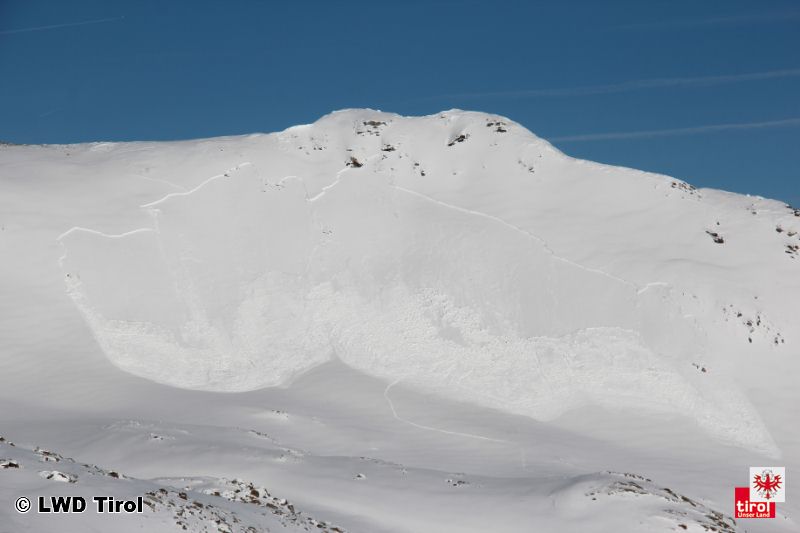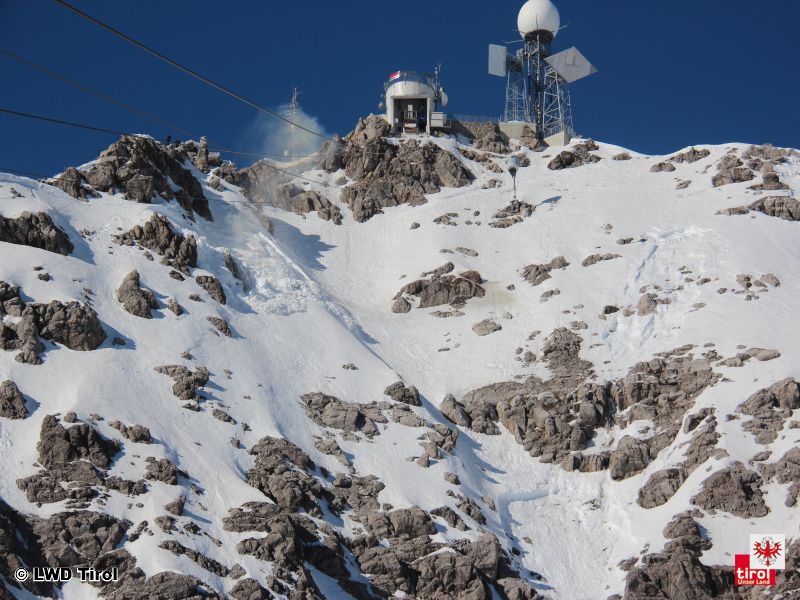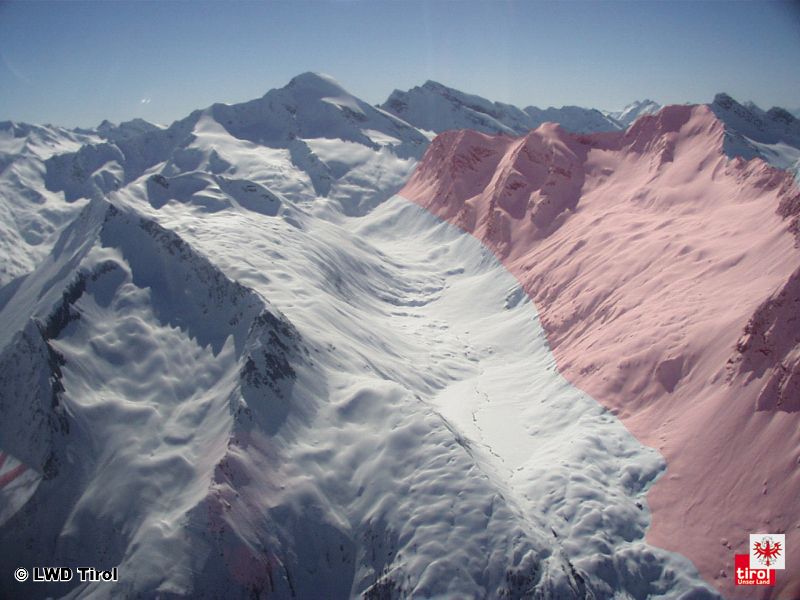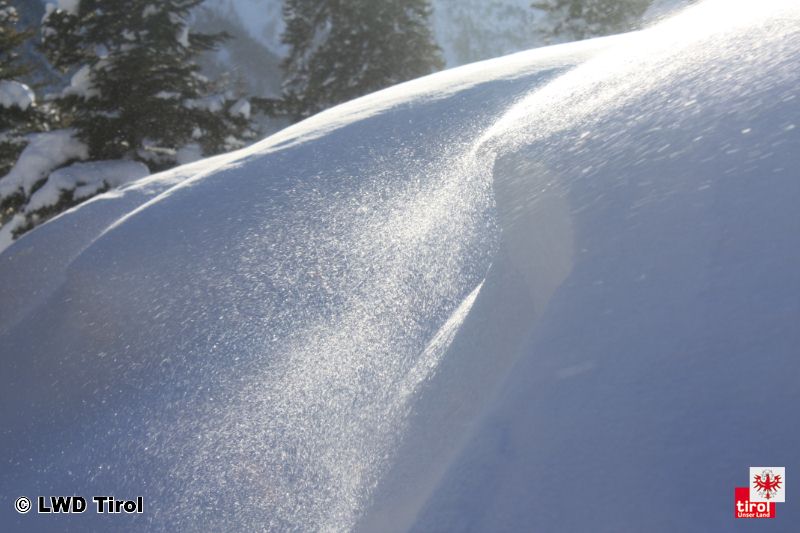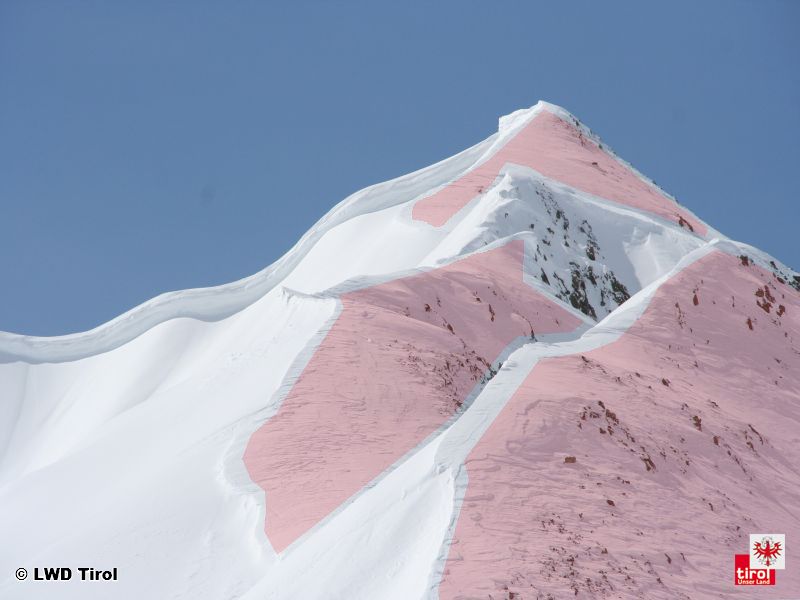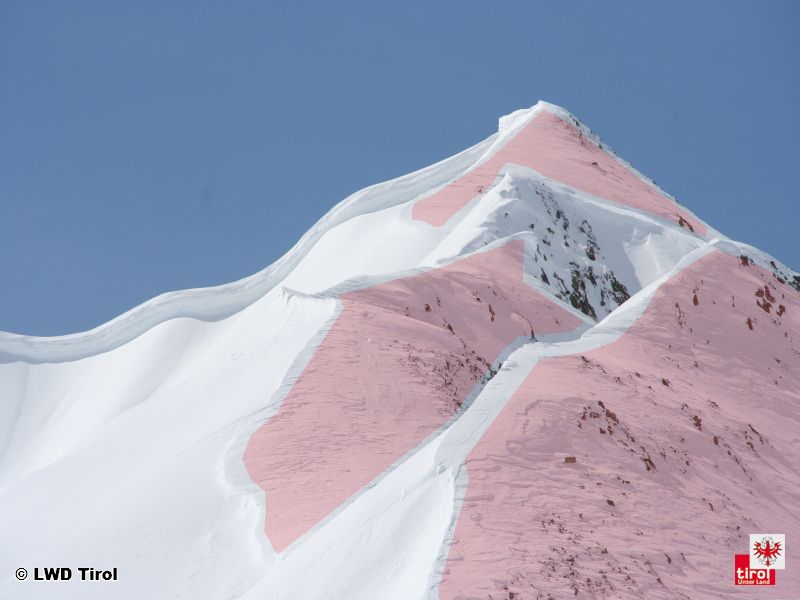Additional load
Low additional load
- individual skier/snowboarder, riding softly, not falling
- group with good spacing (minimum 10 m) keeping distances
- snowshoer
High additional load
- two or more skiers/snowboarders etc. without good spacing (or without intervals)
- snow machine
- explosives
- single hiker / climber
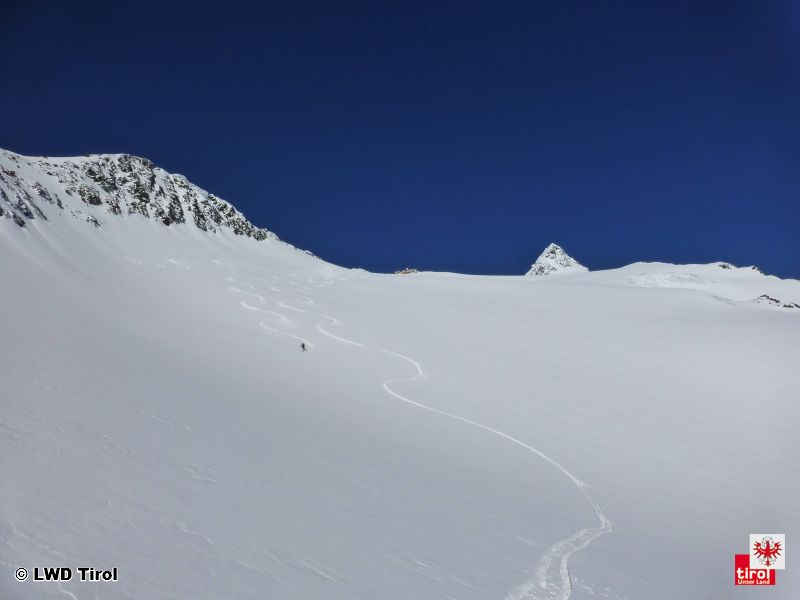
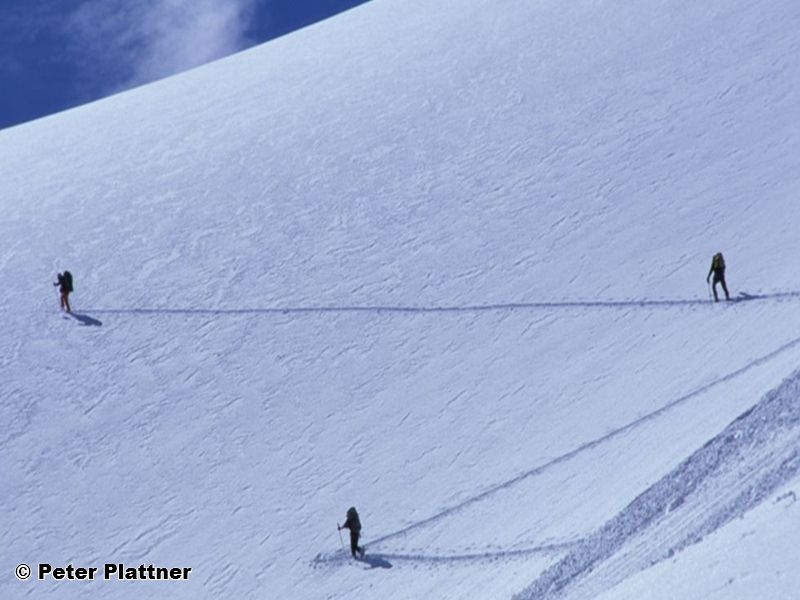
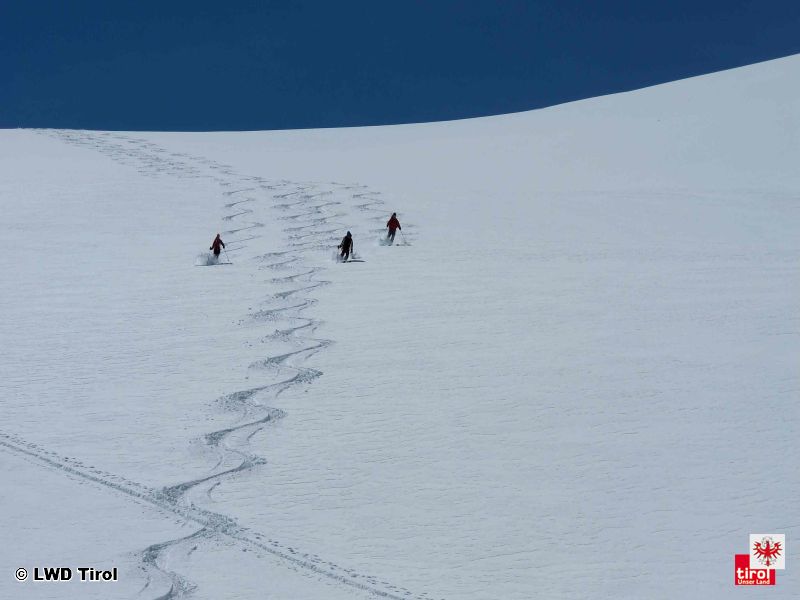
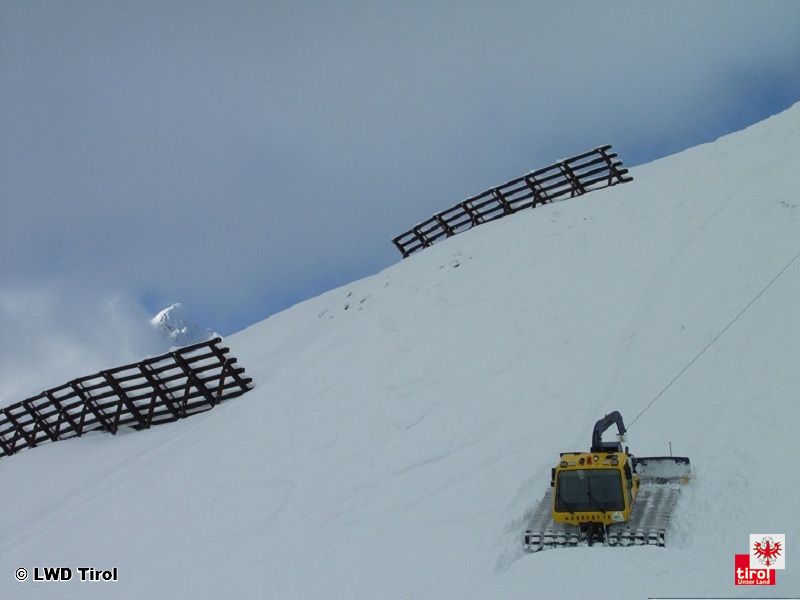
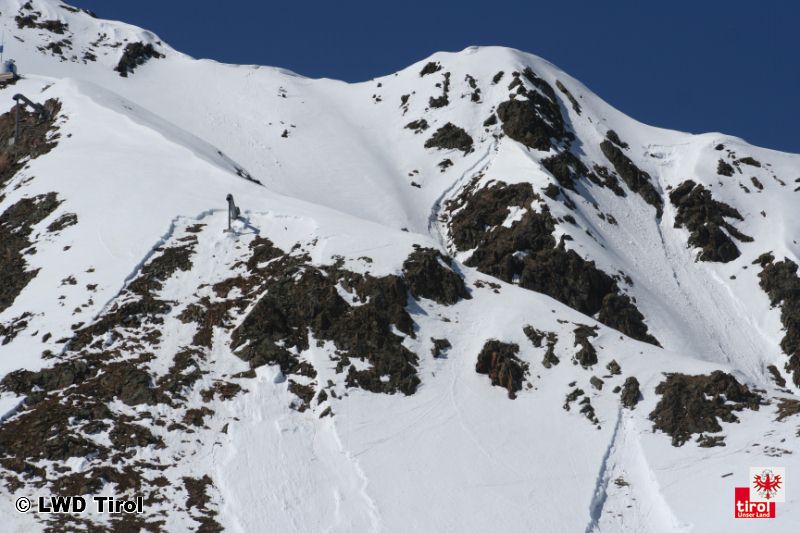
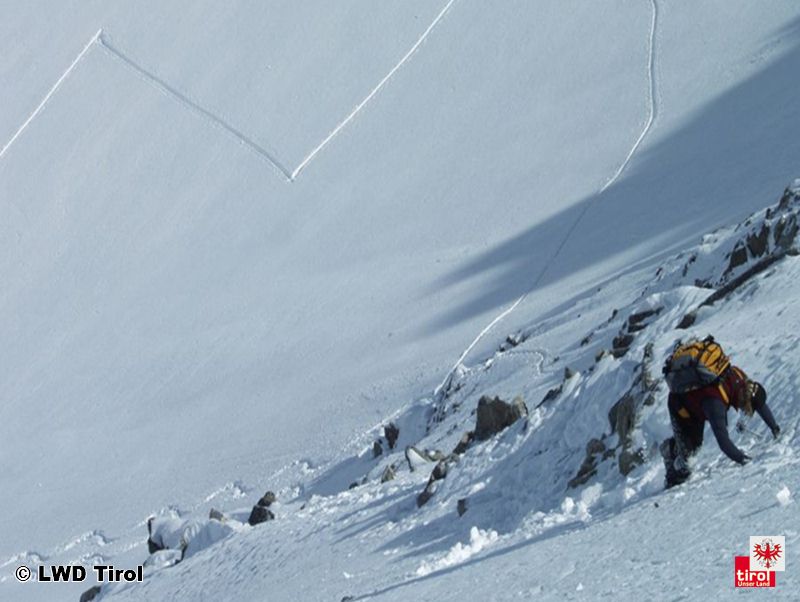
©
EAWS
en
de
fr
it
es
ca
sk
ro
si
no
Altitudes
Area within certain altitude ranges (accuracy ± 100 m)
- high alpine regions: over 3000 m above sea level
- high altitude: 2000 to 3000 m above sea level
- intermediate altitude: 1000 to 2000 m above sea level
- low altitude: below 1000 m above sea level
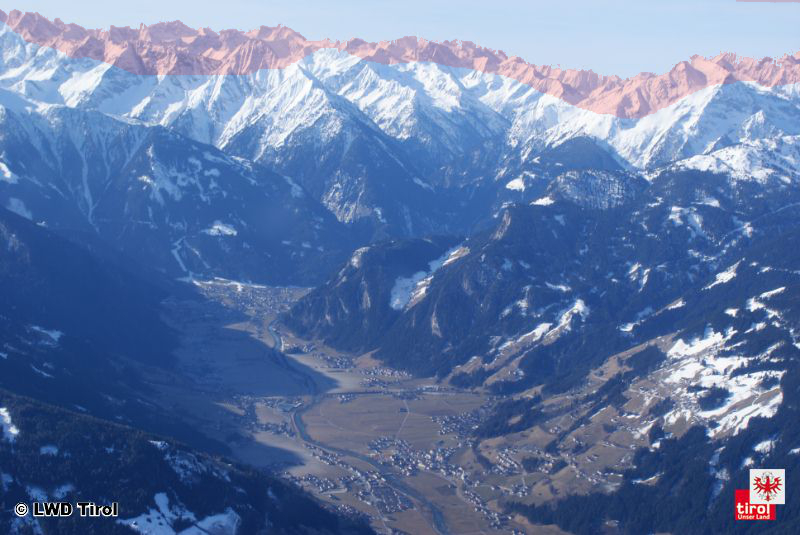
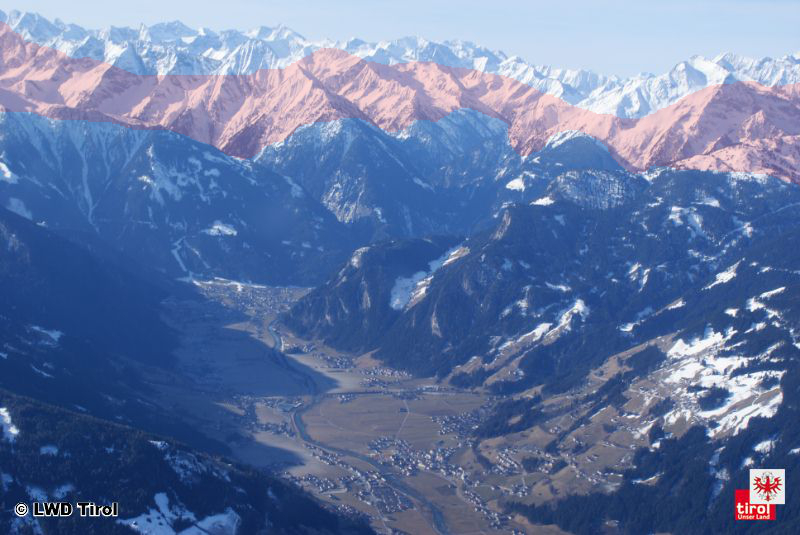
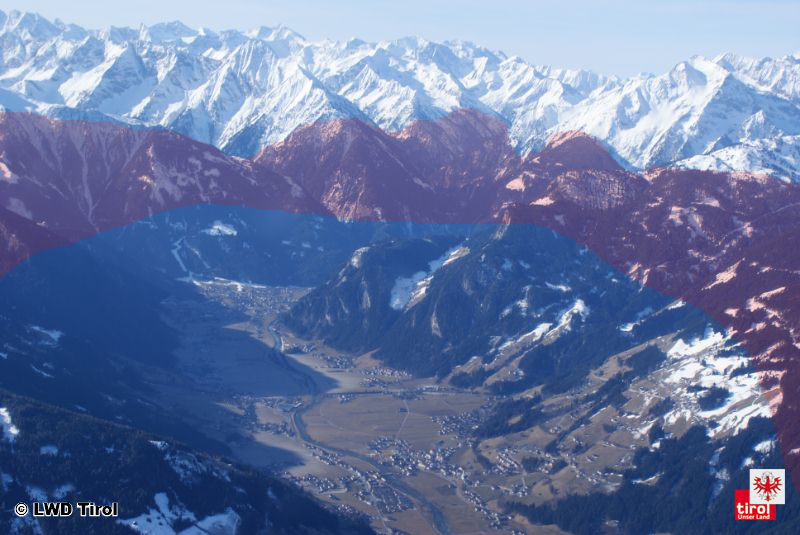
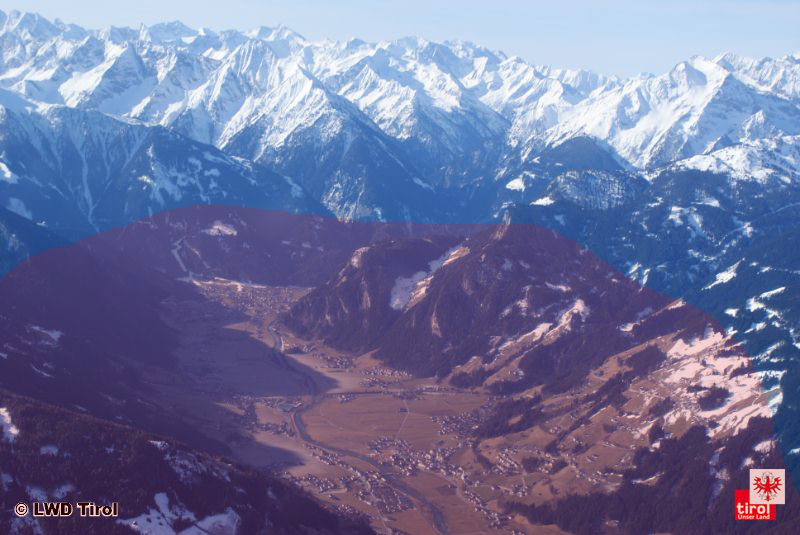
©
EAWS
en
de
fr
it
es
ca
sk
ro
si
no
Amount of fresh fallen snow
Amount of daily snowfall deposited over a limited period, e.g. three days.
©
EAWS
en
de
fr
it
es
ca
sk
ro
si
no
Area adjacent to the ridgeline, crest or summit
Terrain adjacent to ridgeline, crest or summit; highly influenced by wind
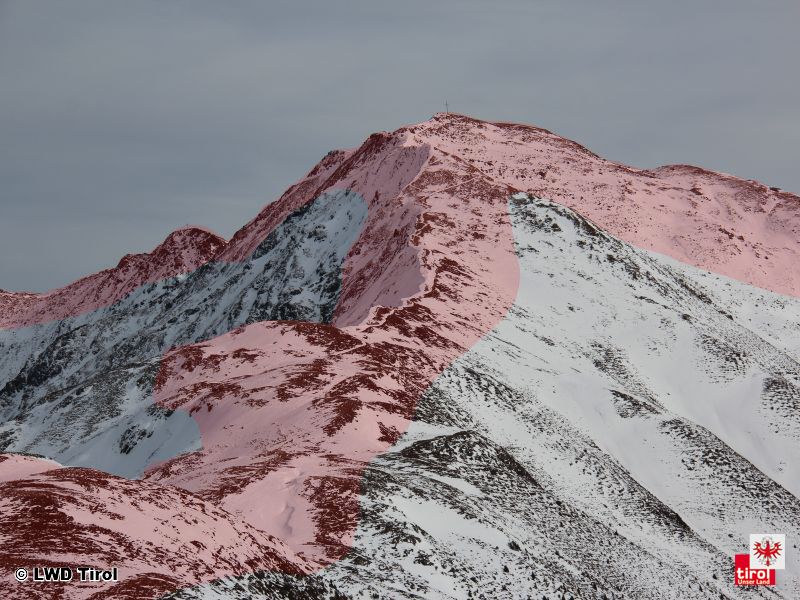
©
EAWS
en
de
fr
it
es
ca
sk
ro
si
no
Area distant from ridgelines, wide-open slope
Mountain terrain unconnected to a ridgeline.
Further explanation:
Often refers to transitions from extremely steep to less steep terrain. Steep terrain and stone steps not connected to the main ridge belong in this category. There is no clear boundary line between areas adjacent to or distant from a ridge, it is a transitional zone.
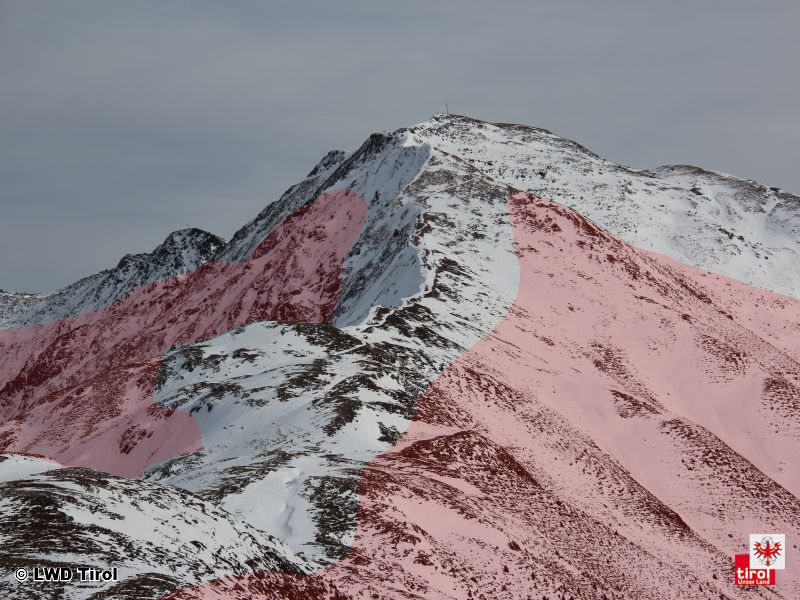
©
EAWS
en
de
fr
it
es
ca
sk
ro
si
no
Artificial avalanche release
An avalanche triggered by artifically applied force (e.g. explosives, snow machines, people).
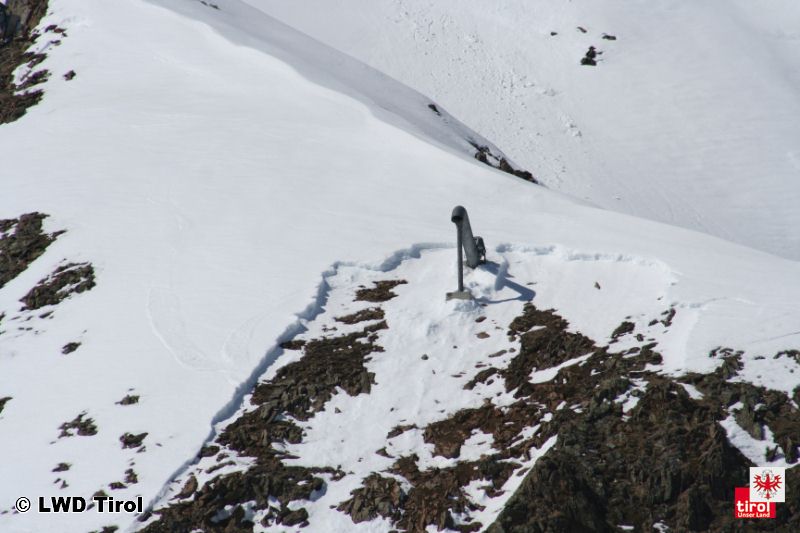
©
EAWS
en
de
fr
it
es
ca
sk
ro
si
no
Aspect
Direction in which a slope faces as indicated by compass direction of the fall line; i.e. a north slope faces in a northerly direction
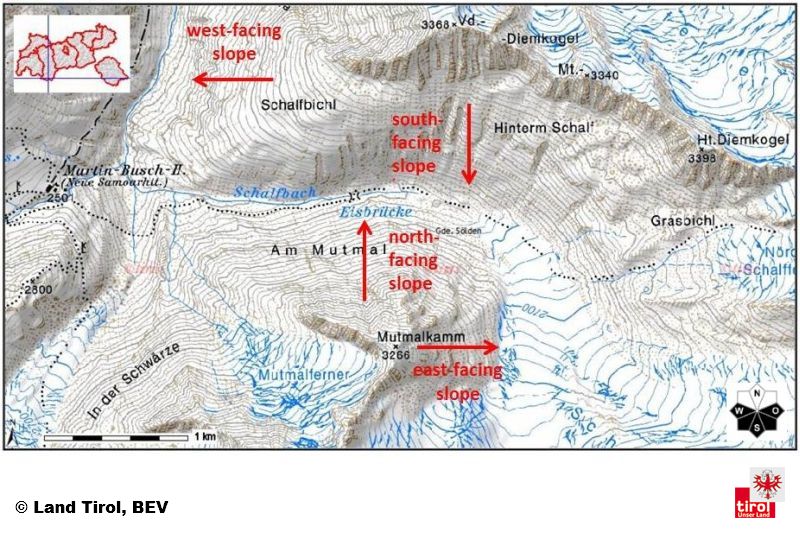
©
EAWS
en
de
fr
it
es
ca
sk
ro
si
no
Avalanche
Rapidly moving snow masses in volumes exceeding 100 m³ and minimum length of 50 meters.
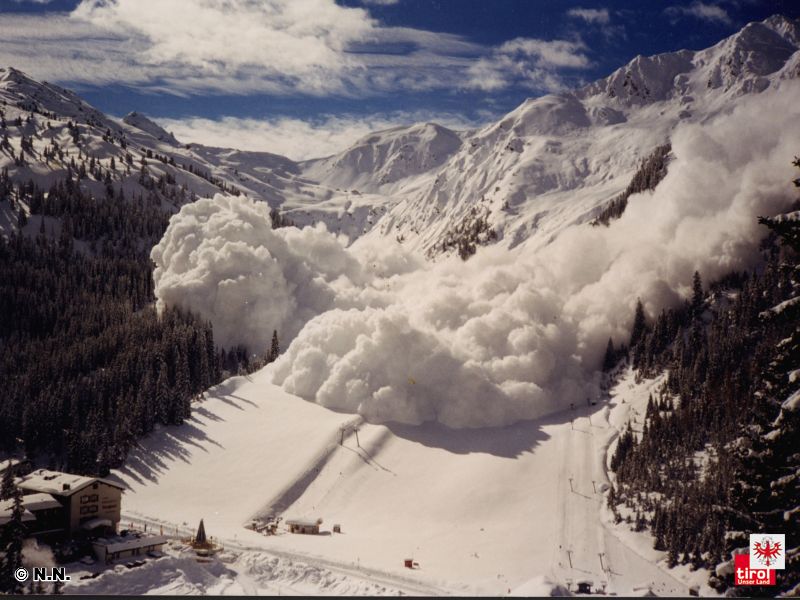
©
EAWS
en
de
fr
it
es
ca
sk
ro
si
no
Avalanche bulletin
The avalanche bulletin provides detailed information on the snowpack and avalanche situation.
Avalanche danger is ranked in accordance with the 5-level European avalanche hazard scale.
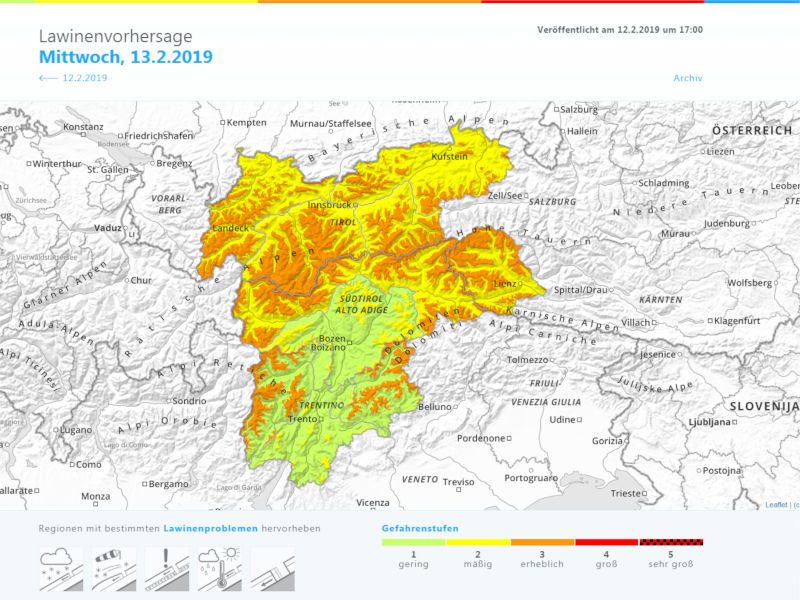
©
EAWS
en
de
fr
it
es
ca
sk
ro
si
no
Avalanche deposit
Snow deposited by an avalanche.
Such snow deposits frequently persist for longer periods on valley floors.
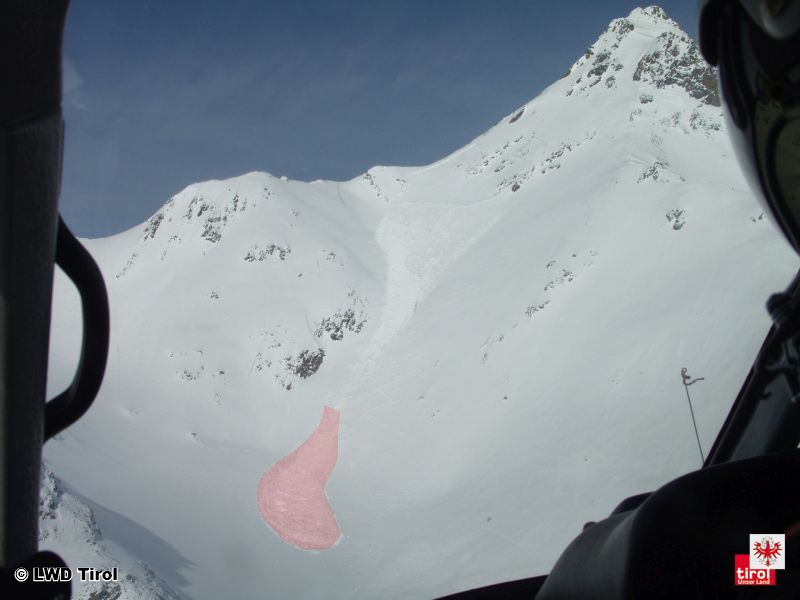
©
EAWS
en
de
fr
it
es
ca
sk
ro
si
no
Avalanche length
Total length of an avalanche measured from the highest point of the fracture line to the lowest point of the deposition.
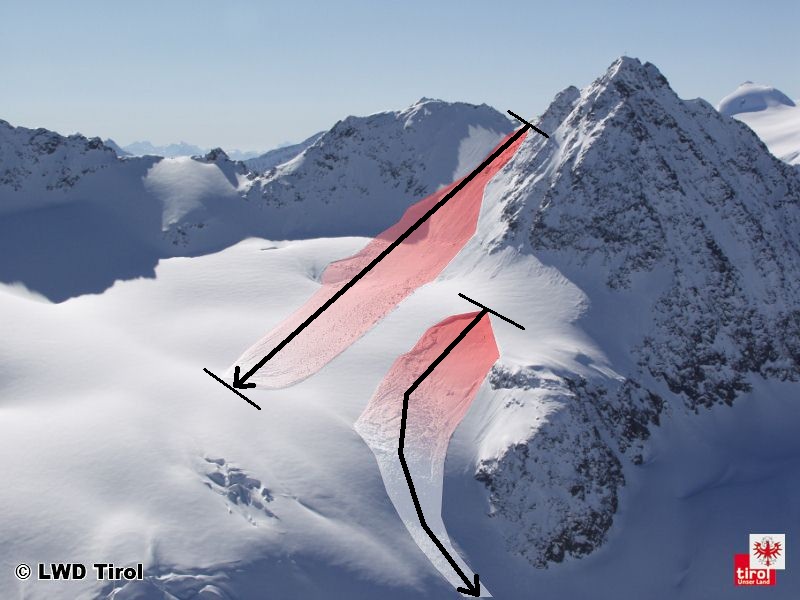
©
EAWS
en
de
fr
it
es
ca
sk
ro
si
no
Avalanche prone location, danger zone
Locations delineated by aspect or altitude where avalanches can trigger and people or objects are at risk.
For details, see here.
©
EAWS
en
de
fr
it
es
ca
sk
ro
si
no
Avalanche size
Size of avalanche, classified by destructive potential, runout length and dimension.
Size 1: small avalanche (sluff)
- minimal danger of burying (danger of falling)
- snow relocation typically stops before the end of a slope
Size 2: medium avalanche
- could bury, injure or kill a person
- snow avalanche stops typically at the end of a slope
Size 3: large avalanche
- could bury and destroy a car, damage a truck; destroy a small building or break a few trees
- snow avalanche could traverse flat terrain (considerably below 30°) over distances of less than 50 m
Size 4: very large avalanche
- could bury and destroy a railway car, large truck, several buildings or a piece of forest
- snow avalanche traverses flat terrain (considerably below 30°) over distances more than 50 m and can reach valley ground
Size 5: extremely large avalanche
- could gouge the landscape; disastrous damage potential
- snow avalanche reaches valley ground; largest runout distance known
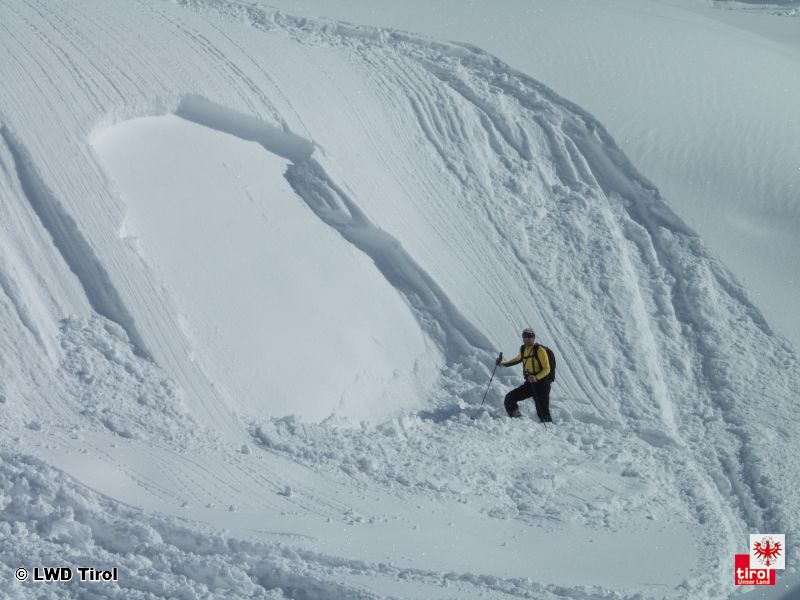
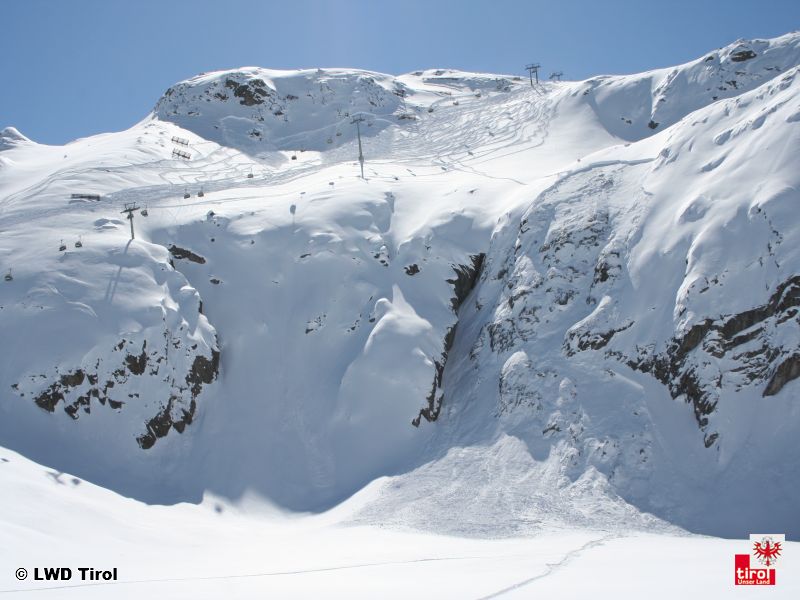
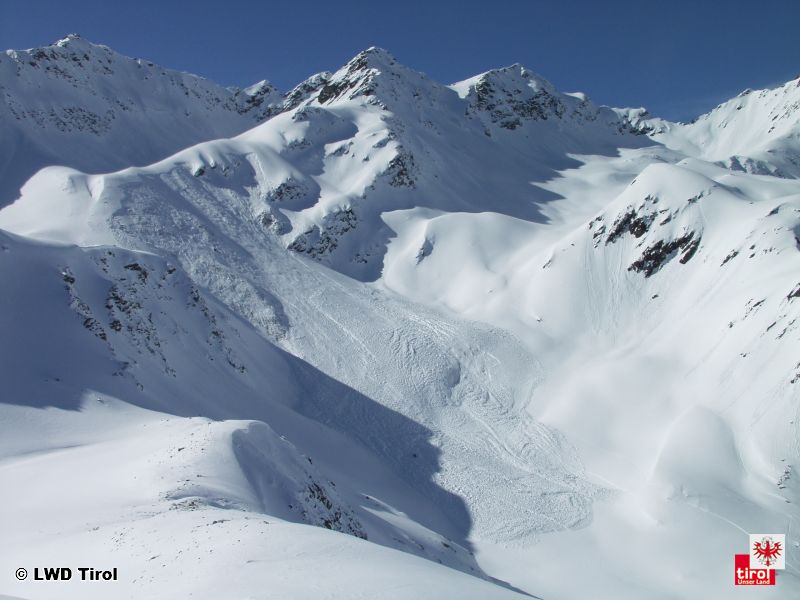
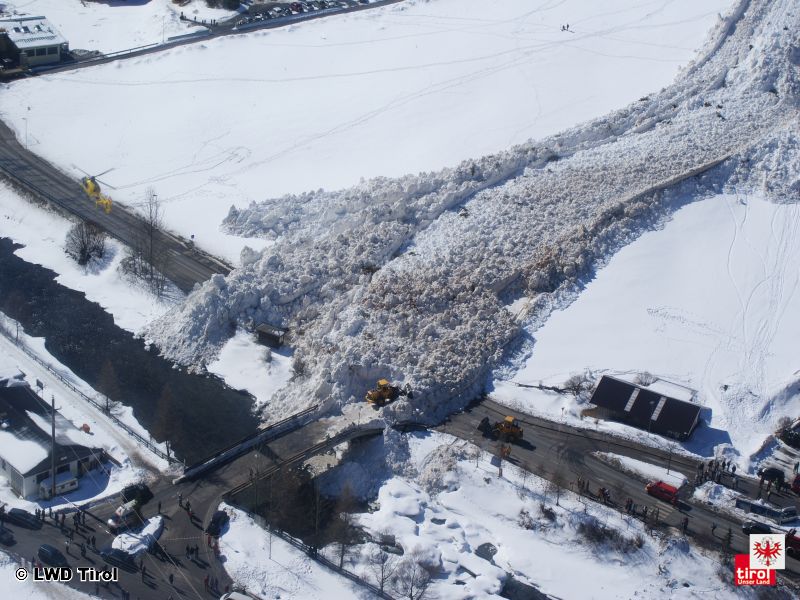
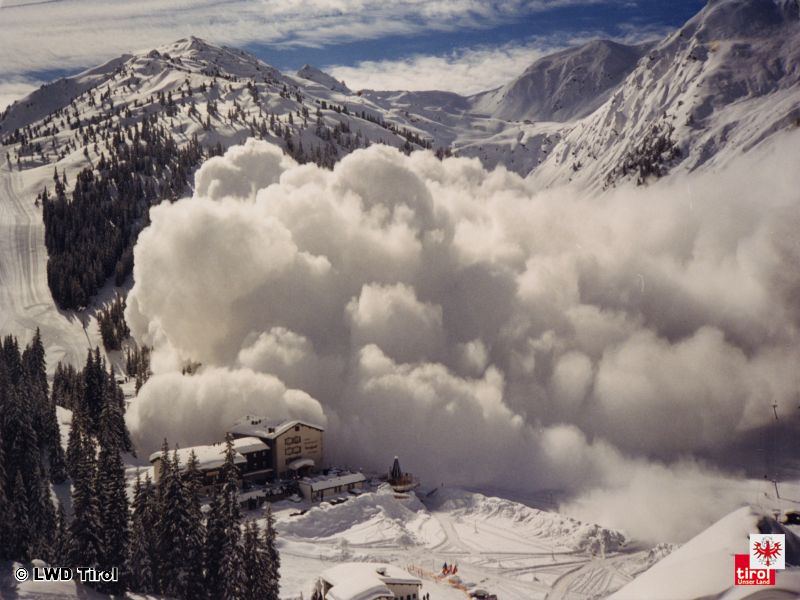
©
EAWS
en
de
fr
it
es
ca
sk
ro
si
no
Base of a rock wall
Lowermost visible area of a rock wall, frequently scree at a highly divergent slope angle, the steepness tending to decrease as it descends.
The terrain below a rock wall is usually extremely steep.
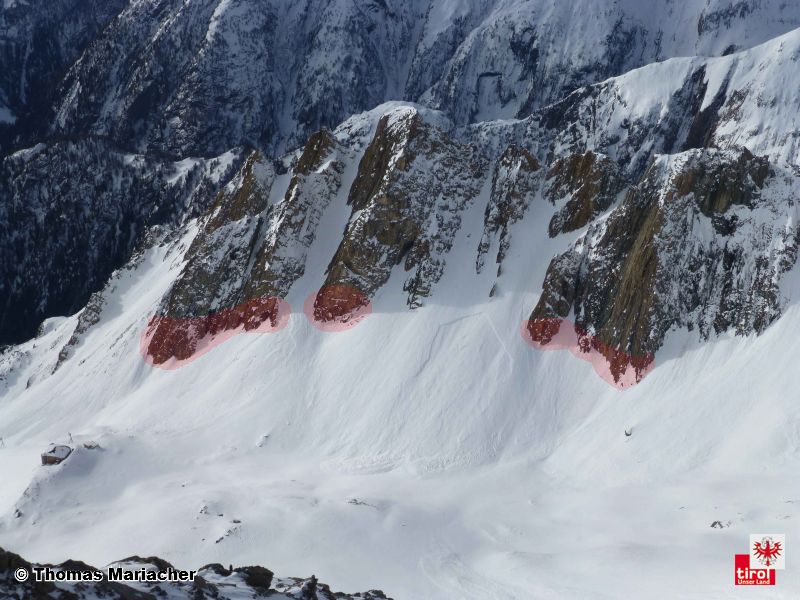
©
EAWS
en
de
fr
it
es
ca
sk
ro
si
no
Bed surface
The surface across which a slab avalanche releases (can be the ground).
Attention:
Not to be confused with the weak layer
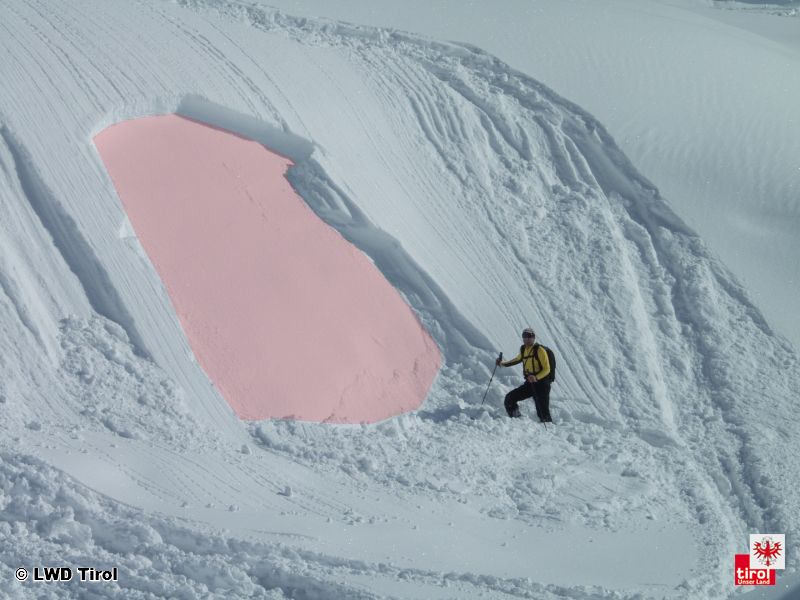
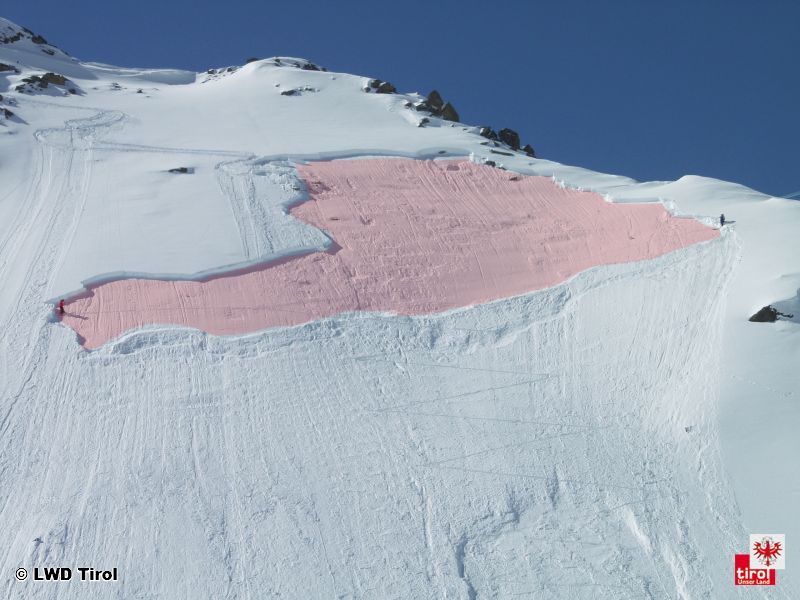
©
EAWS
en
de
fr
it
es
ca
sk
ro
si
no
Blowing snow
Snow being transported by wind high above (approximately 2 m) snowpack surface
(visibility noticeably reduced).
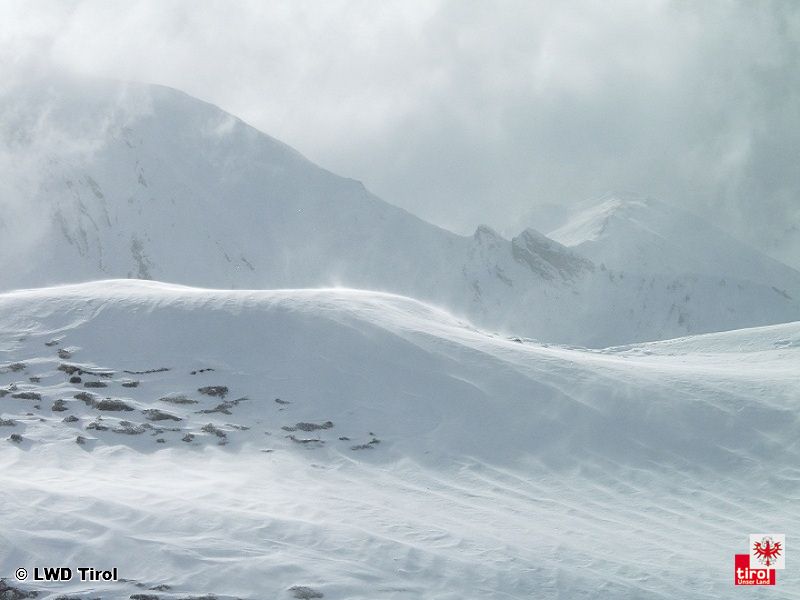
©
EAWS
en
de
fr
it
es
ca
sk
ro
si
no
Bonded snow
Snow is "bonded" if the particles are interlinked (sintered) to such a degree that a carefully isolated block does not collapse upon itself. Bonded snow can be soft or hard.
Forms when wind-transported snow is deposited or through metamorphosis. When adjacent to a weak layer, bonded snow is an important factor in the triggering of a slab avalanche.
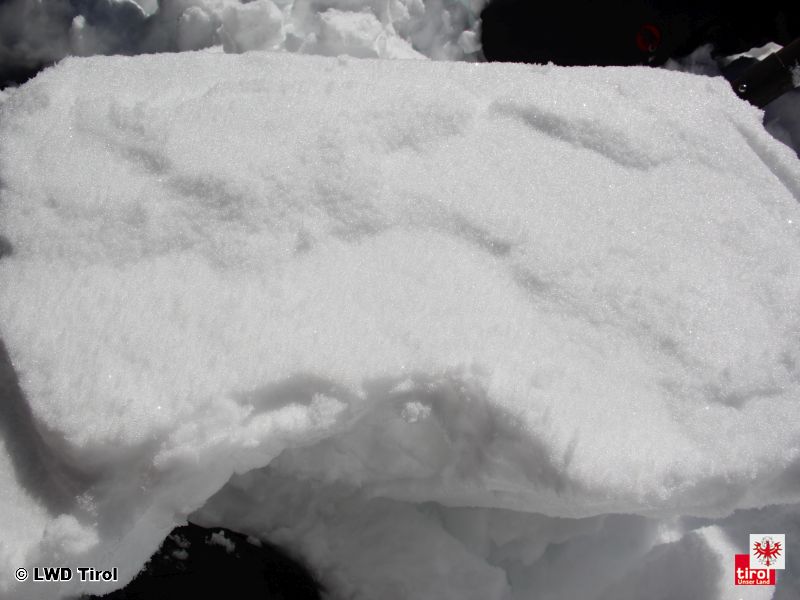
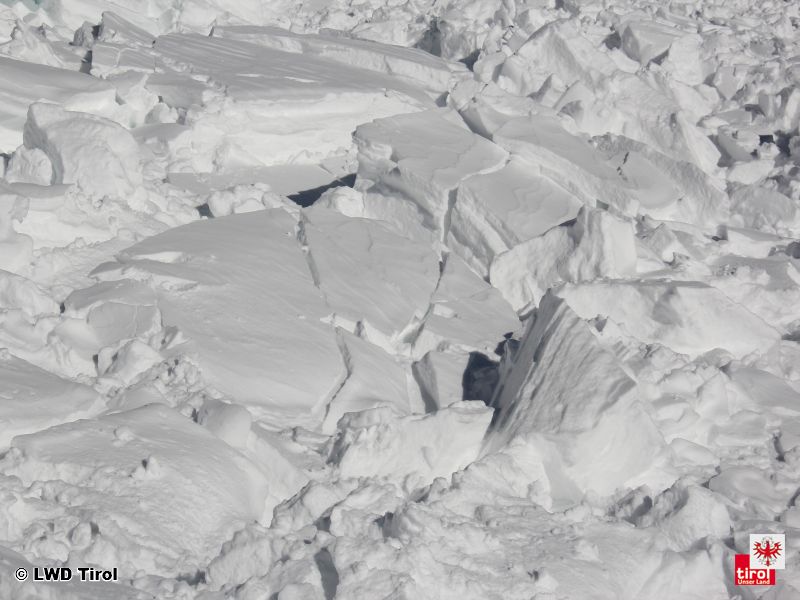
©
EAWS
en
de
fr
it
es
ca
sk
ro
si
no
Breakable crust
Surface crust due to wind, sun or air temperature that breaks when stepped upon.
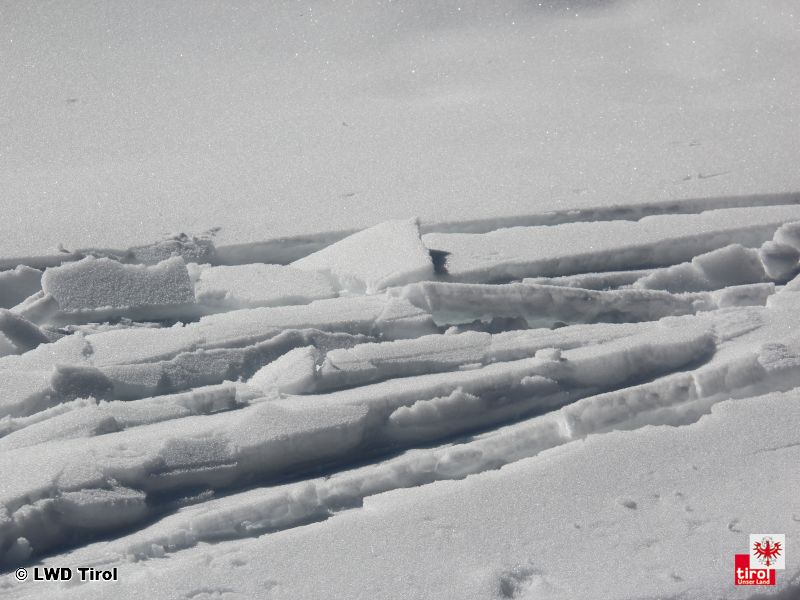
©
EAWS
en
de
fr
it
es
ca
sk
ro
si
no
Cornice
An overhanging mass of snow created by wind, usually near a sharp terrain break such as a ridge.
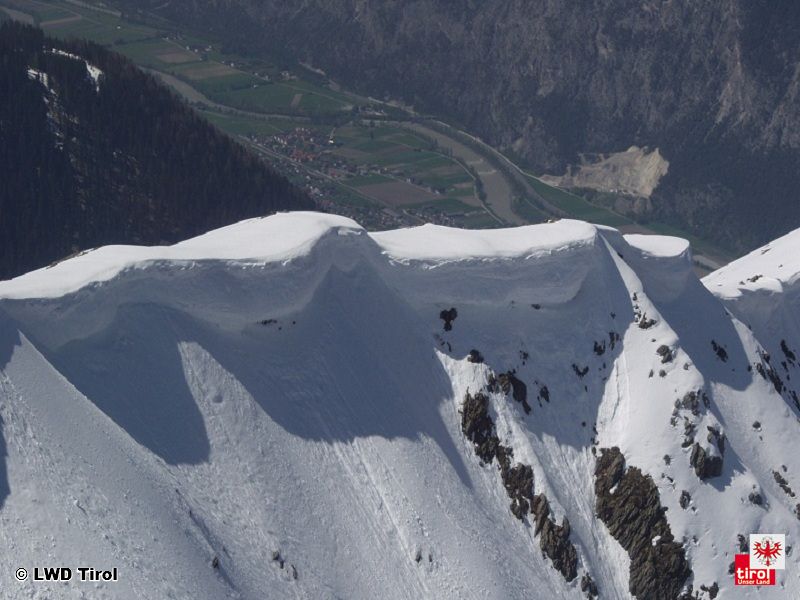
©
EAWS
en
de
fr
it
es
ca
sk
ro
si
no
Corn snow
Snow accumulated in recent years, mostly atop glaciers, intensely metamorphosed and denser because of melting and refreezing, as well as from pressures of overlying snow masses; usually described as superficially softened melt-freeze crusts in the advanced season
See: Firn
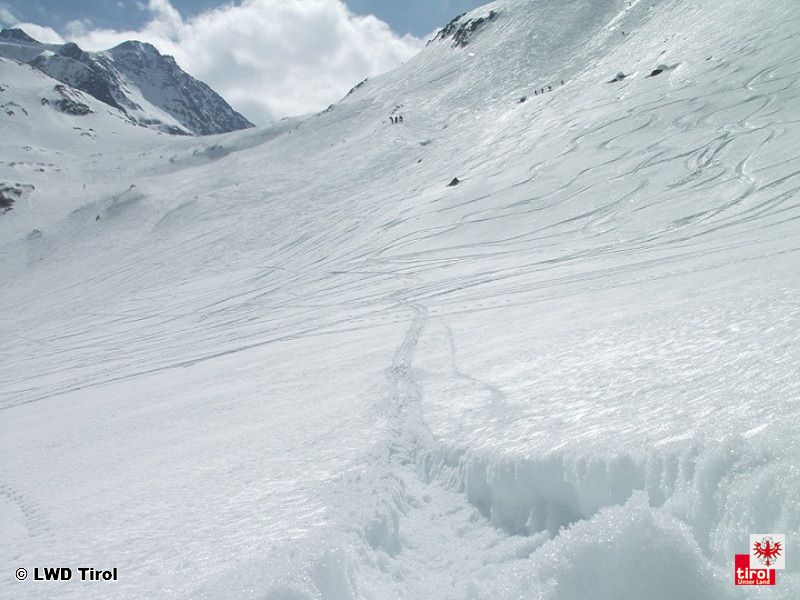
©
EAWS
en
de
fr
it
es
ca
sk
ro
si
no
Couloir
A steep gully usually adjacent to ridgelines, flanked by rocks, often containing rubble/scree; tends to accumulate drifted snow.
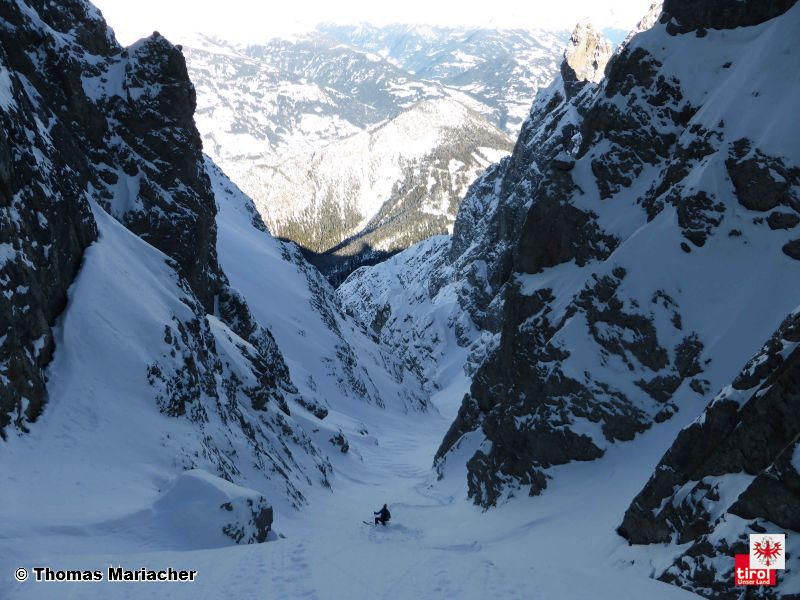
©
EAWS
en
de
fr
it
es
ca
sk
ro
si
no
Critical depth of new fallen snow
New fallen snow is a burden on the existing snow cover, can thus increase avalanche danger.
In unfavourable conditions, e.g. poor layering, low temperatures, strong winds, even a few cm can be critical. In favourable conditions, e.g. stable old snowpack, light winds, even 50 cm of snow presents no problem.
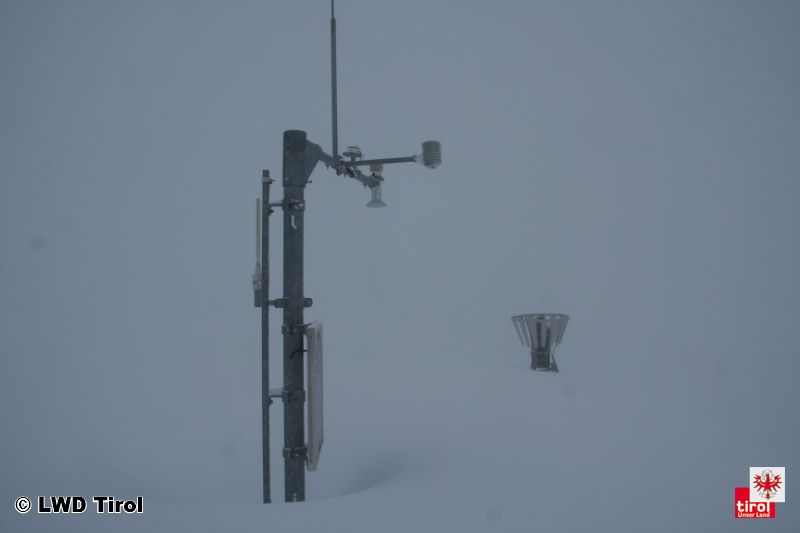
©
EAWS
en
de
fr
it
es
ca
sk
ro
si
no
Danger
Conditions, circumstances or processes which can result in damage and/or injury.
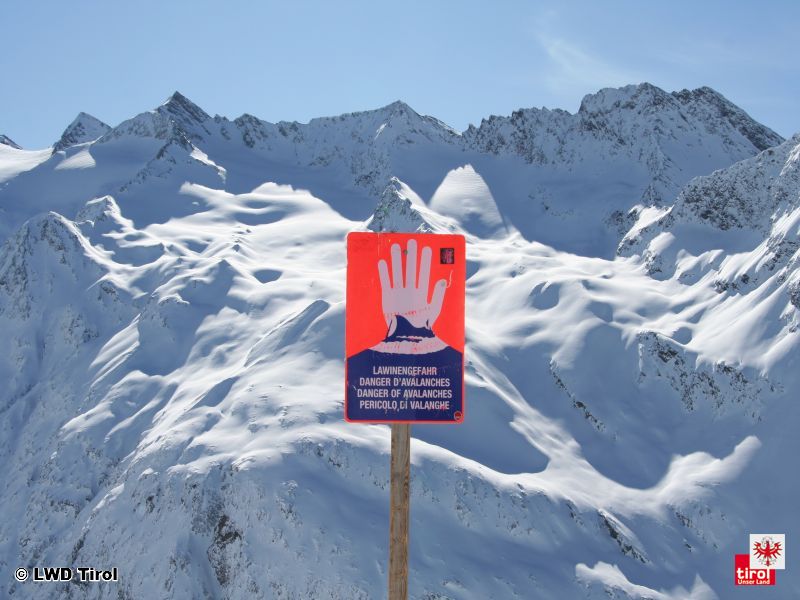
©
EAWS
en
de
fr
it
es
ca
sk
ro
si
no
Daytime changes, during the course of the day
Evolving avalanche danger over the course of a day. Avalanche danger can vary greatly during the day. Springtime situations are typical: after a clear night, avalanche danger is low early in the morning, then increases over the course of the day due to daytime warming and solar radiation. Also common while heavy snowfall, prolonged wind activity and rain.
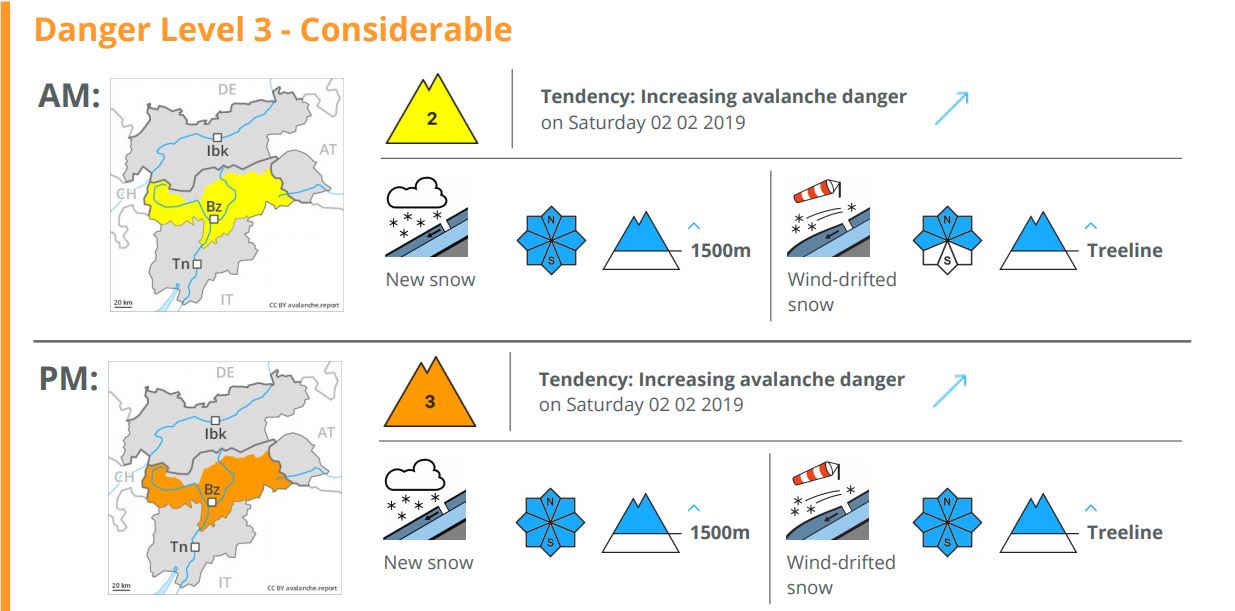
©
EAWS
en
de
fr
it
es
ca
sk
ro
si
no
Decomposed snow
Irregular, forked particles resulting from snow crystal rounding and/or mechanical influences as e.g. wind drift Fragments of original snow crystals are frequently still recognizable.
Characteristic grain size: about 1 to 2 mm
See also: www.snowcrystals.it
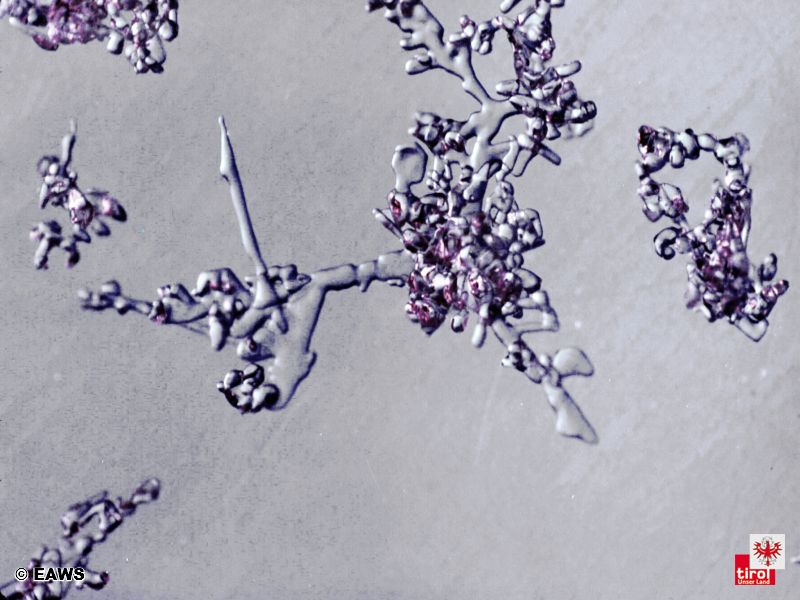
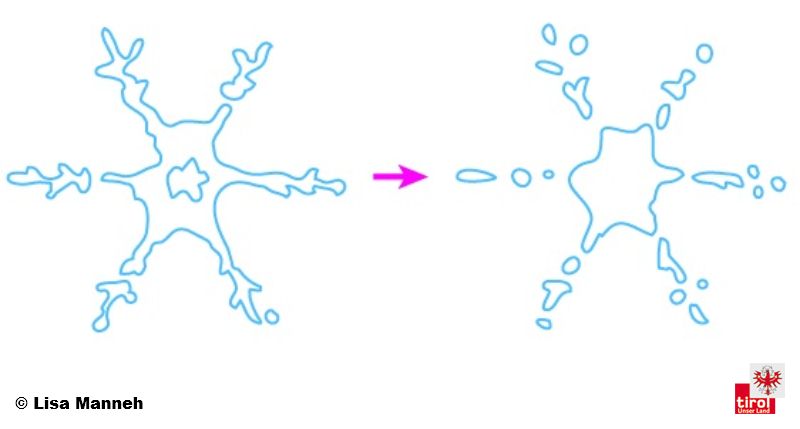
©
EAWS
en
de
fr
it
es
ca
sk
ro
si
no
Decreasing firmness (of a snow layer)
Bonding between ice crystals deteriorates or is lost, diminishing overall capacity of crystals to absorb loading.
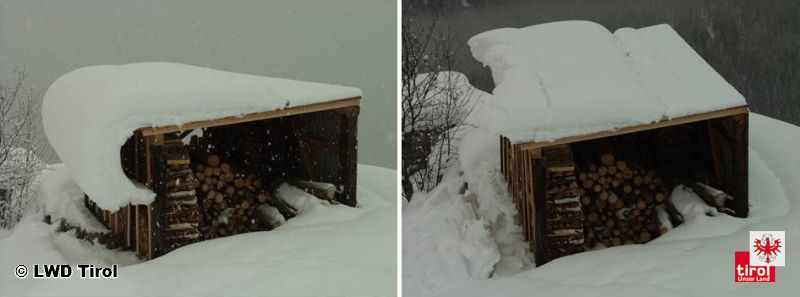
©
EAWS
en
de
fr
it
es
ca
sk
ro
si
no
Dense flow avalanche
Avalanche motion which primarily flows, slides, slips, in contrast to powder cloud avalanches.
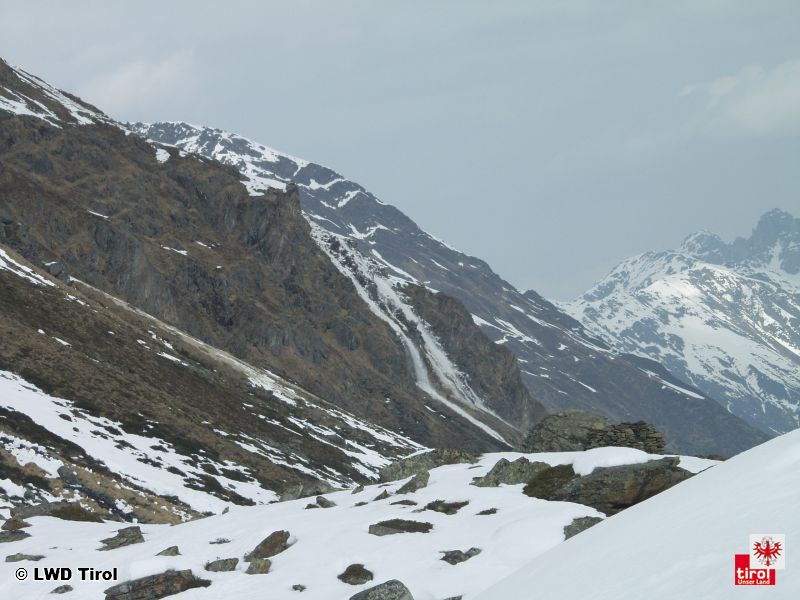
©
EAWS
en
de
fr
it
es
ca
sk
ro
si
no
Depth hoar, cup-shaped crystals
Large, hollow crystals with edges, rims and facets on the surface, the result of faceting amidst high internal temperature disparities.
Characteristic grain size: 2 to 5 mm or larger
Depth hoar is an accumulation of cup-shaped crystals. Weak layers are rather often made of depth hoar.
See also: www.snowcrystals.it
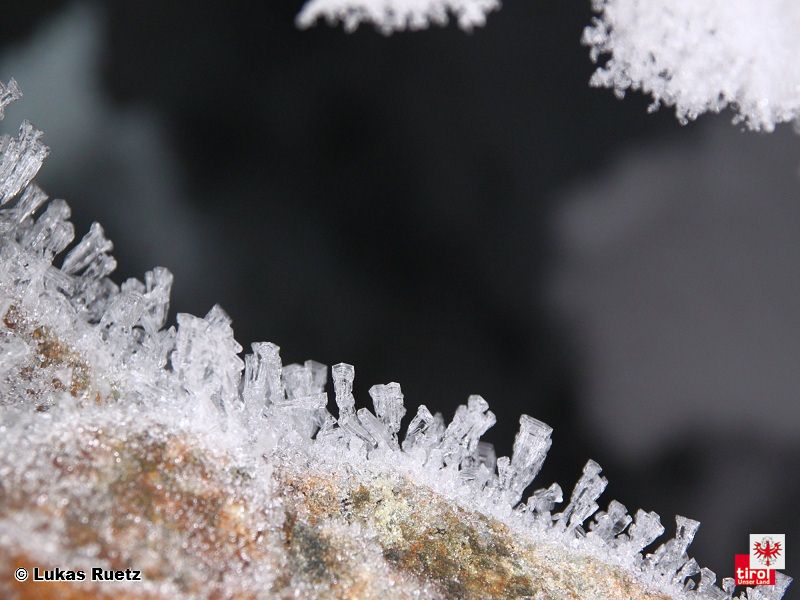
©
EAWS
en
de
fr
it
es
ca
sk
ro
si
no
Drifting snow
Snow being lifted from the snow surface and transported by wind just above the snow surface (visibility not noticeably reduced).
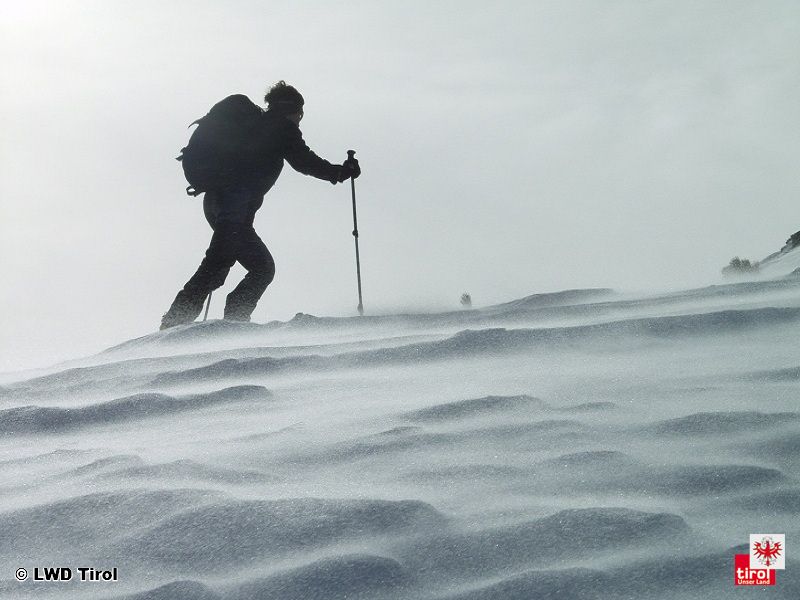
©
EAWS
en
de
fr
it
es
ca
sk
ro
si
no
Endangered traffic route
Transportation route near a slope potentially endangered by avalanches.
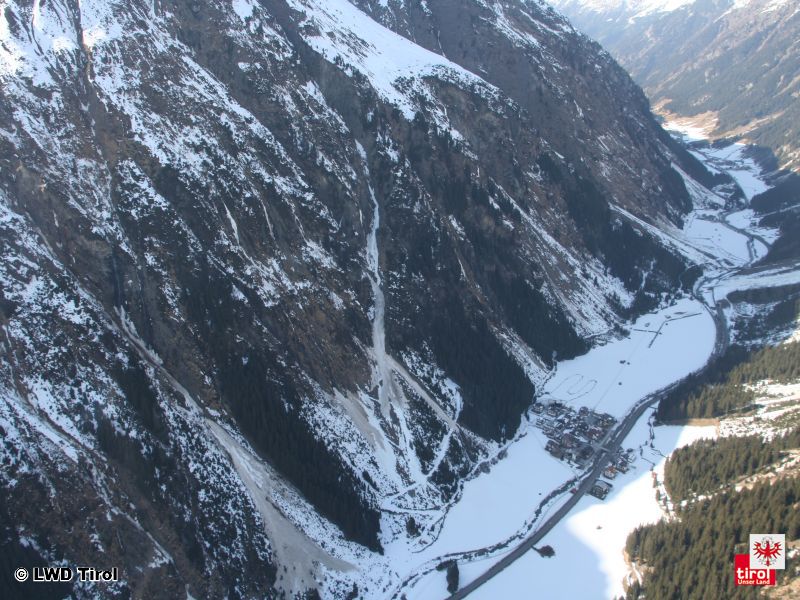
©
EAWS
en
de
fr
it
es
ca
sk
ro
si
no
Equilibrium metamorphism, isothermal metamorphism (snow crystal rounding)
Transformation process of dry snow with little temperature disparity inside the snowpack.
New fallen, dry snow crystals decompose into small, rounded grains, leading to settlement and general consolidation of the snowpack.

©
EAWS
en
de
fr
it
es
ca
sk
ro
si
no
Exposed transportation route
Sector of road, railway, or similar infrastructure facility at risk from avalanche danger; often the runout zone of an avalanche path
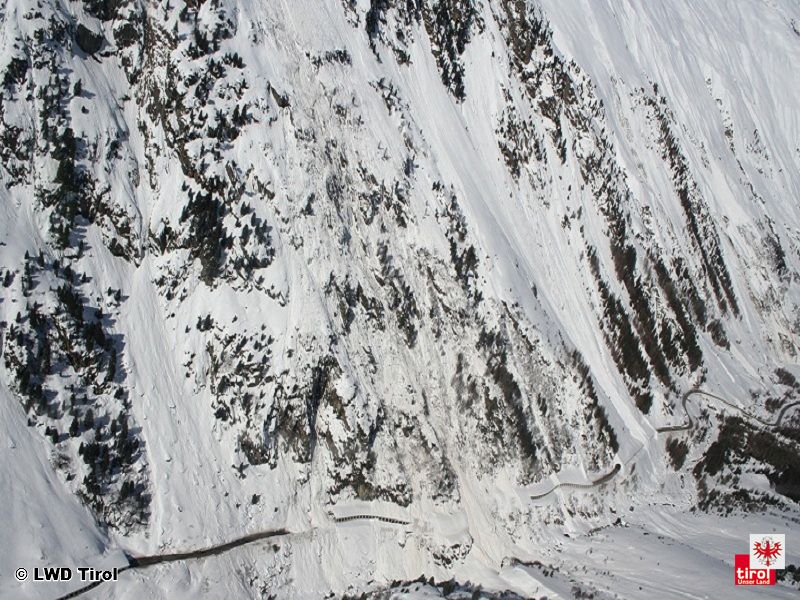
©
EAWS
en
de
fr
it
es
ca
sk
ro
si
no
Faceted snow crystals, grains
Snow grains with multiple surfaces and sharp edges from faceting metamorphism, usually poorly bonded to one another (fewer contact points), a critical factor in avalanches if a faceted layer is covered with bonded snow.
Typical grain size: 0.5 to 3 mm
See also: www.snowcrystals.it
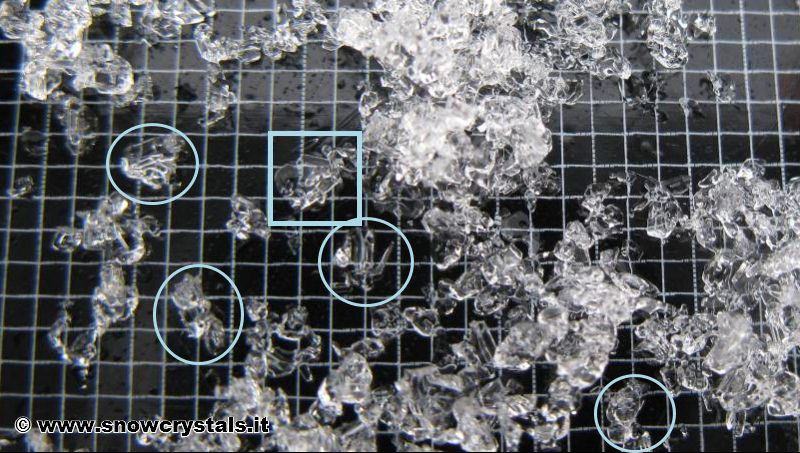
©
EAWS
en
de
fr
it
es
ca
sk
ro
si
no
Firmness (of snow)
Load-bearing capacity (resistance to disintegration)
Depends on extent and quality of snow crystal bonding.
©
EAWS
en
de
fr
it
es
ca
sk
ro
si
no
Firn
Snow accumulated in recent years, mostly atop glaciers, intensely metamorphosed and denser because of melting and refreezing, as well as from pressures of overlying snow masses.
Usually described as superficially softened melt-freeze crusts in the advanced season (see: Corn snow).
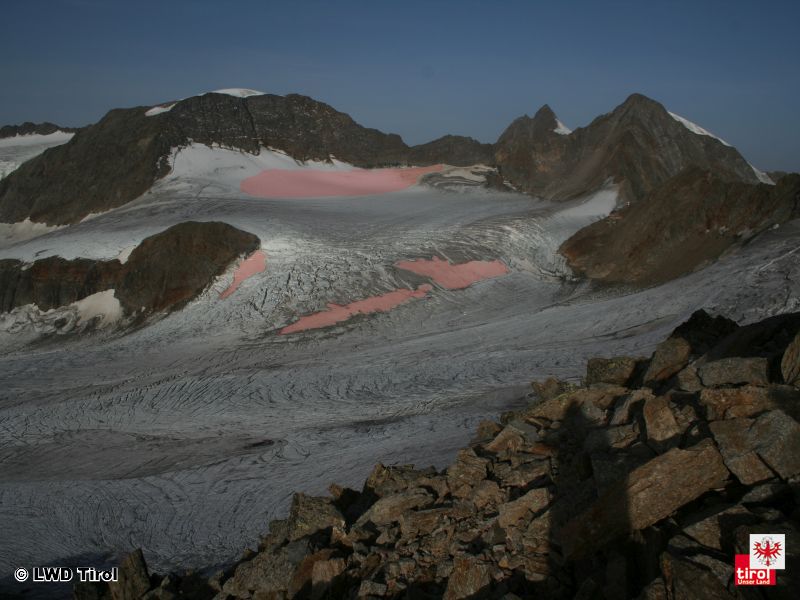
©
EAWS
en
de
fr
it
es
ca
sk
ro
si
no
Firn mirror
A very thin layer of ice on the snowpack surface formed through interaction of solar radiation, melting, wind impact and outgoing radiation.
Sunny slopes frequently have a glazed surface in springtime due to the high reflectivity of the firn mirror on the snowpack surface.
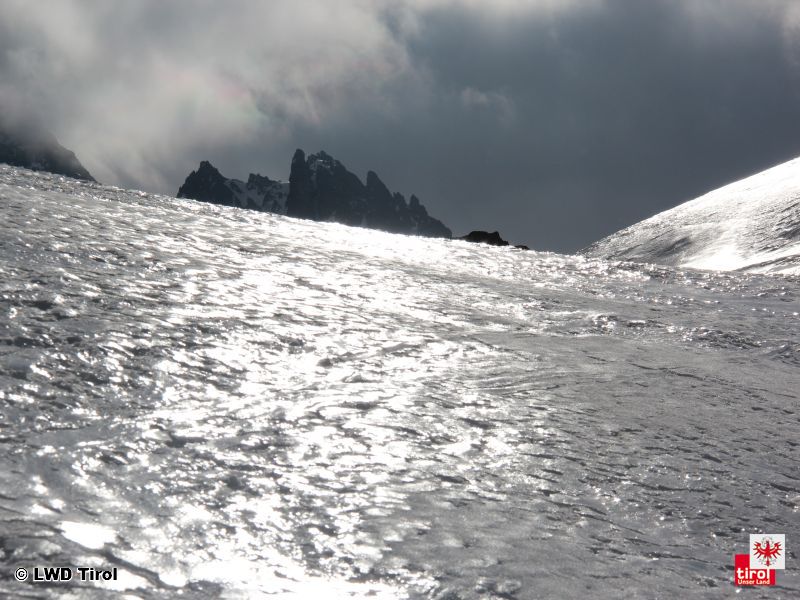
©
EAWS
en
de
fr
it
es
ca
sk
ro
si
no
Frost build-up
Firmly attached precipitation accumulating on wind-affected side of e.g. trees, electric lines and summit crosses during high humidity and wind.
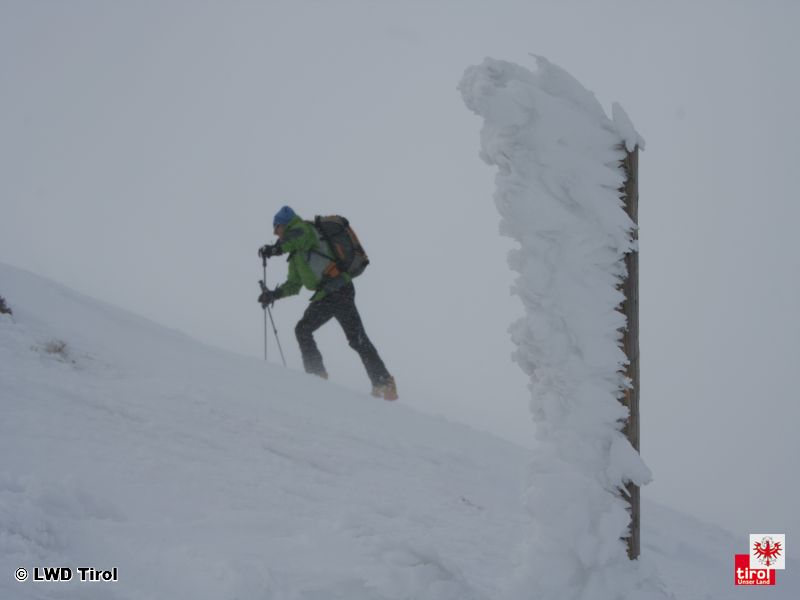
©
EAWS
en
de
fr
it
es
ca
sk
ro
si
no
Full depth slab avalanche
An avalanche which glides over the ground, across firn snow or atop a glacier in the fracture zone, sweeping the entire season’s snowpack with it.
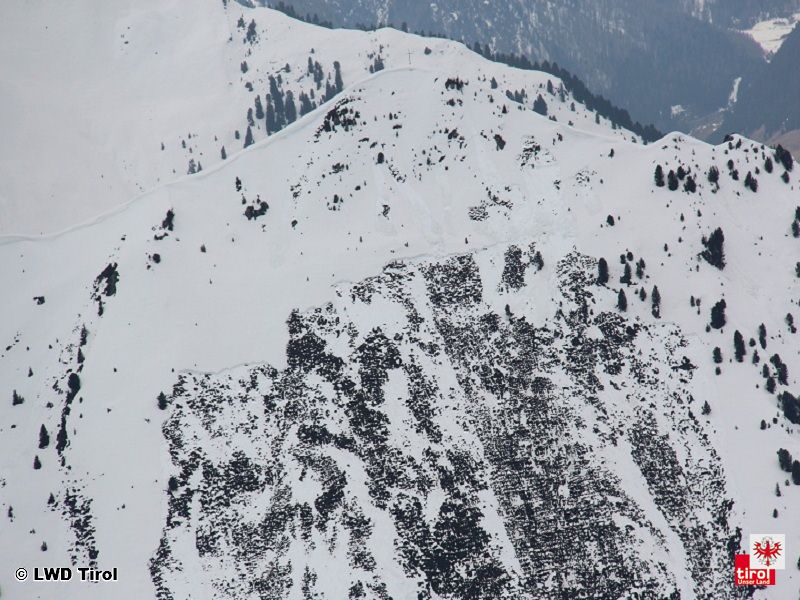
©
EAWS
en
de
fr
it
es
ca
sk
ro
si
no
Glide crack
A crack visible on the snowpack surface formed by snow-gliding on steep, and particularly grass-covered slopes.
Areas below slopes with visible glide cracks should be avoided whenever possible due to threat of gliding sluffs or avalanches.
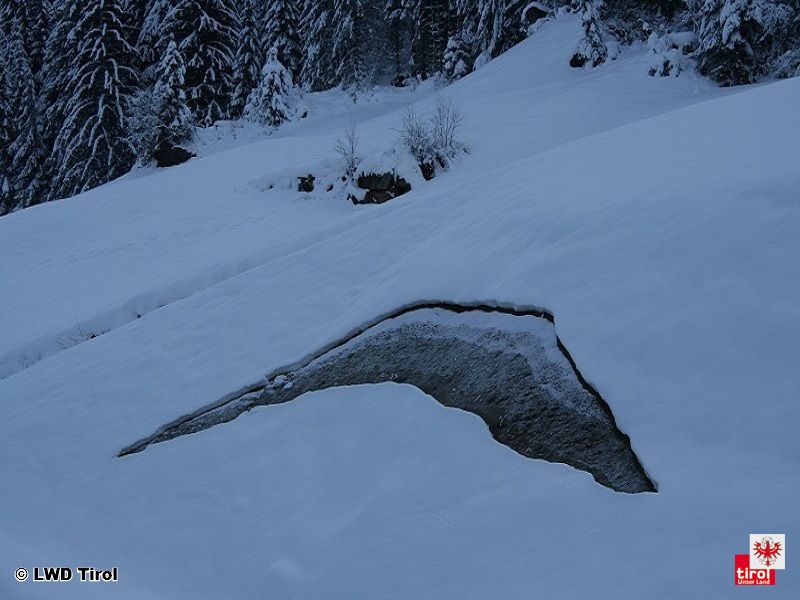
©
EAWS
en
de
fr
it
es
ca
sk
ro
si
no
Gliding sluff, gliding avalanche
When gliding movements become increasingly rapid, a gliding avalanche develops. Releases can occur anytime during day or night. Gliding avalanches are not induced by a crack in a weak layer.
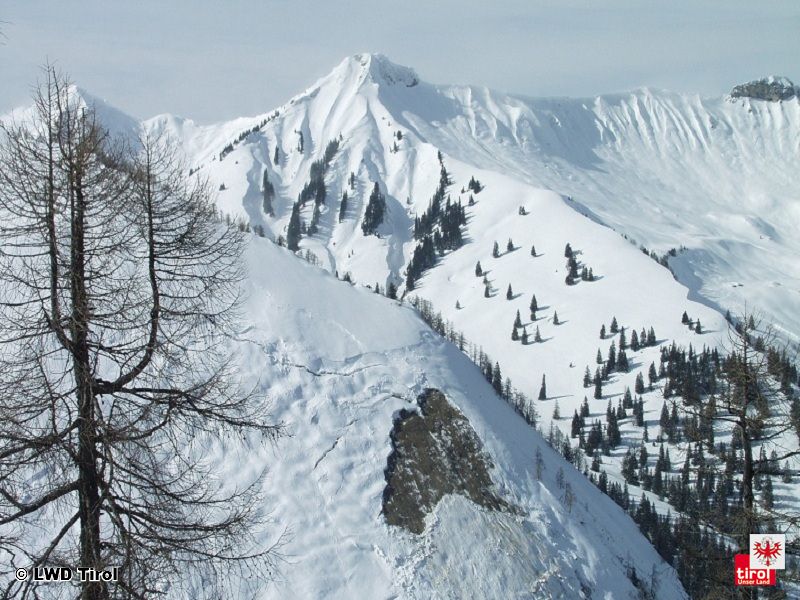
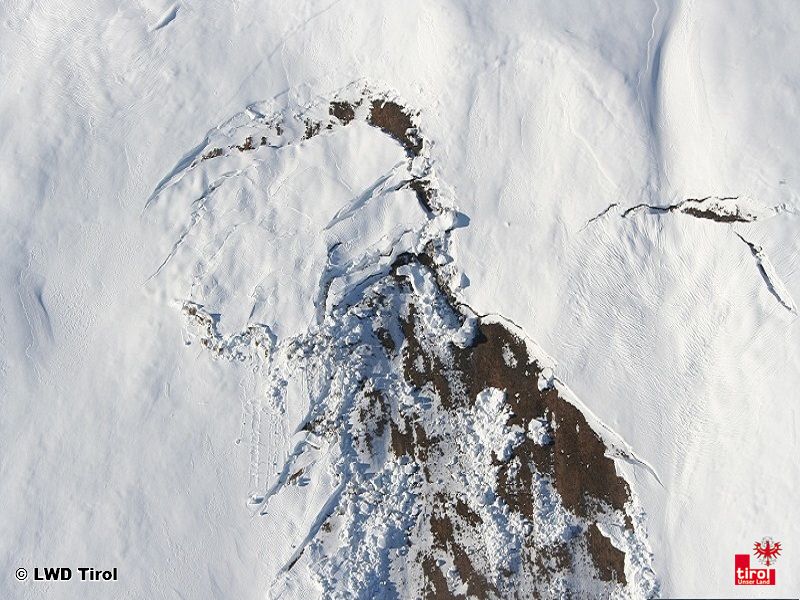
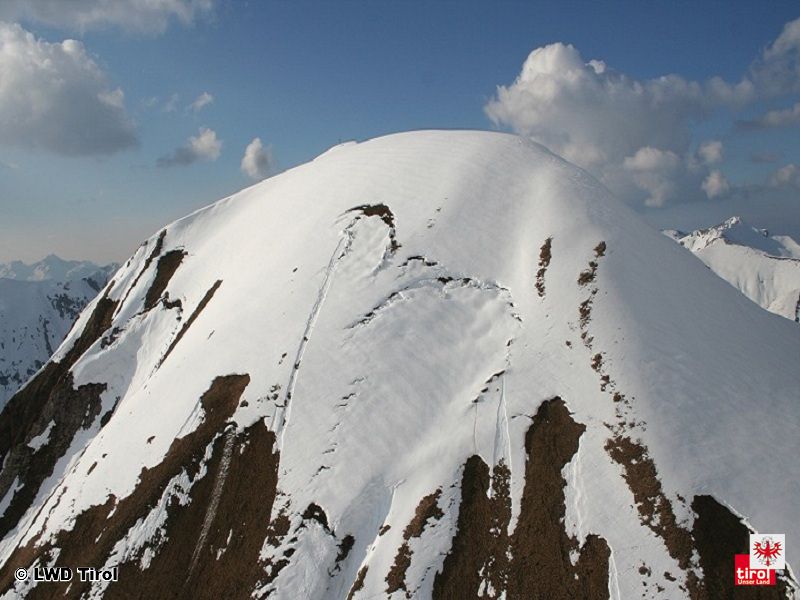
©
EAWS
en
de
fr
it
es
ca
sk
ro
si
no
Gliding snow
Slow, gliding movement of the snowpack over smooth or wet ground, e.g. grassy slopes or smooth rock slabs, attaining velocities of a few millimeters to a few meters per day.
Glide cracks may appear as a result of disparate gliding movements.
©
EAWS
en
de
fr
it
es
ca
sk
ro
si
no
Graupel
Special form of precipitation formed in the atmopshere by supercooled water droplets adhering to snow crystals .
Characteristic grain size: ≤5 mm
See also: www.snowcrystals.it
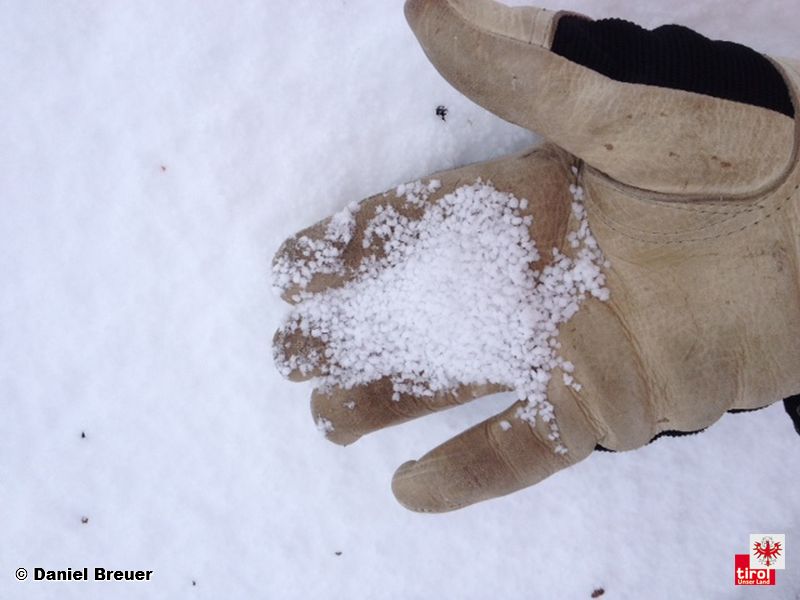
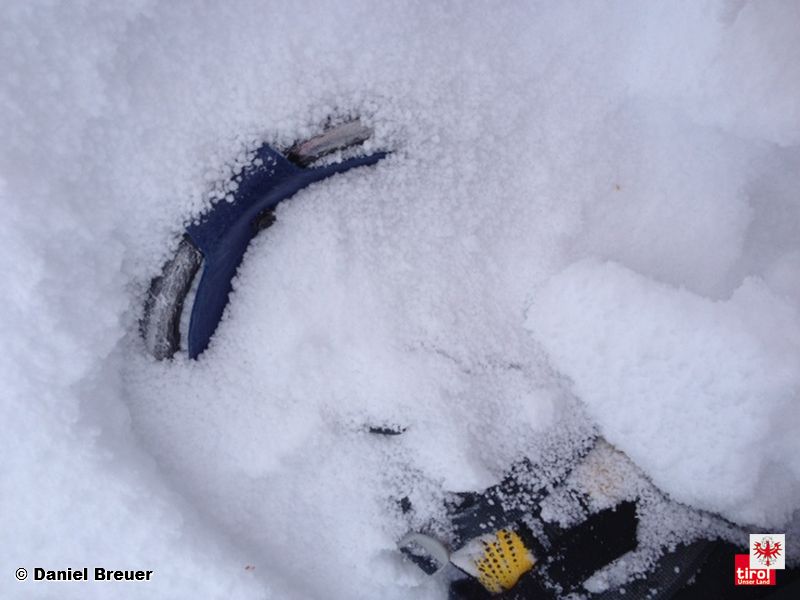
©
EAWS
en
de
fr
it
es
ca
sk
ro
si
no
Ground avalanche
General term for an avalanche, frequently occurring during spring, that sweeps away the soil in its track, and is thus often mixed with soil and debris.
Often gliding avalanches, but sometimes slab avalanches which release when a weak layer on the ground fails.
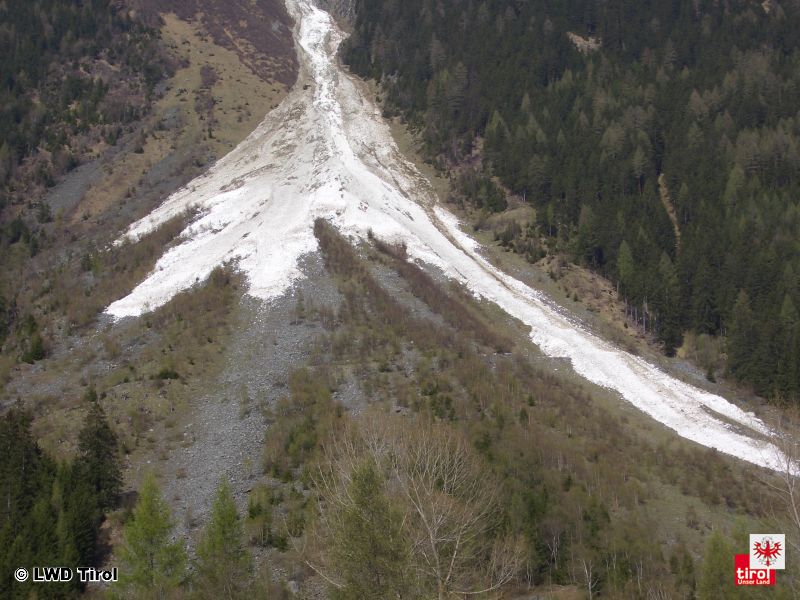
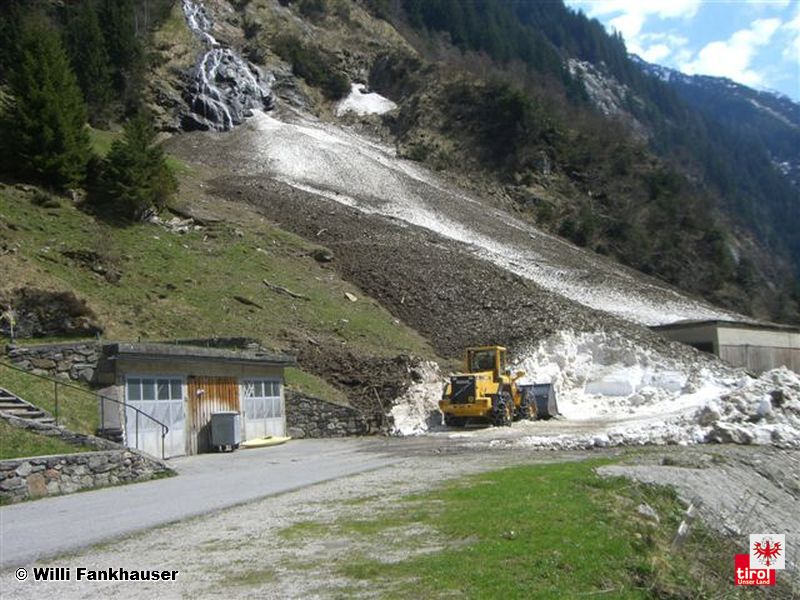
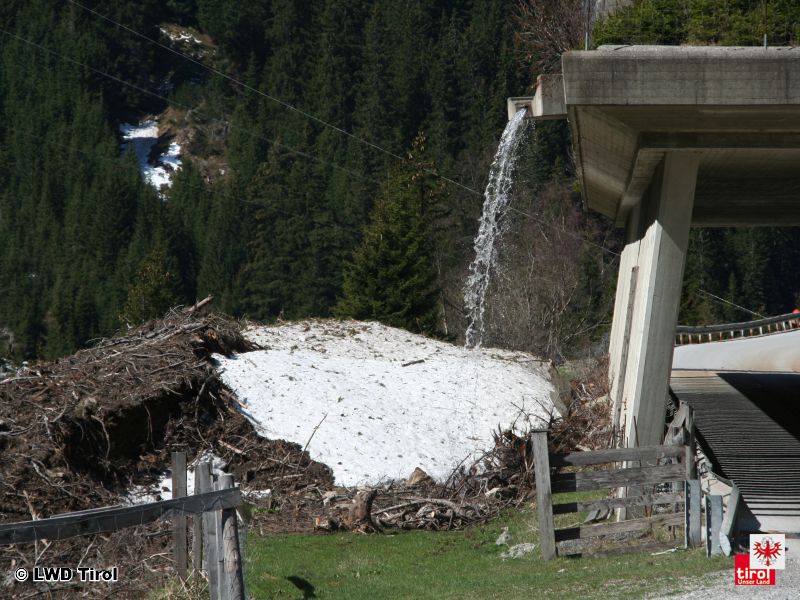
©
EAWS
en
de
fr
it
es
ca
sk
ro
si
no
Gully
Usually a steep, elongated, eroded trench; typically prone to snowdrift accumulation
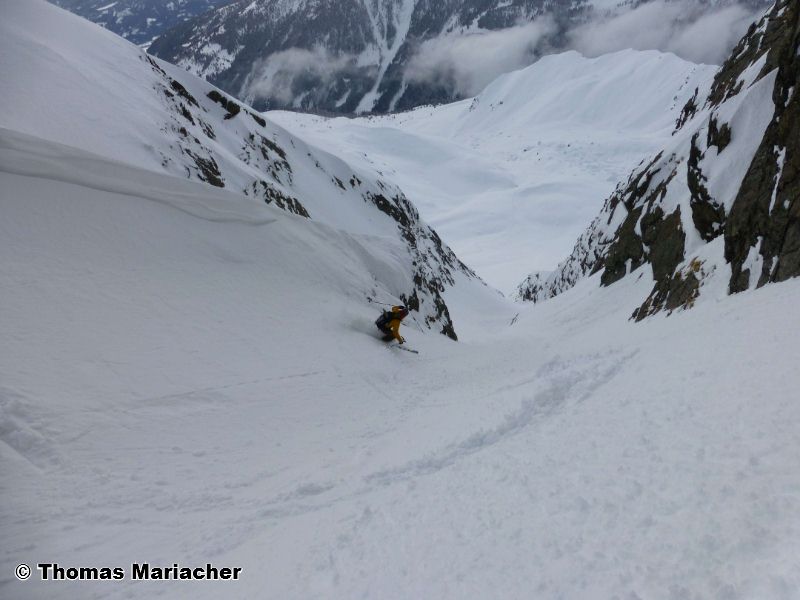
©
EAWS
en
de
fr
it
es
ca
sk
ro
si
no
High alpine regions
Areas above approximately 3000 m (particularly glaciated areas).
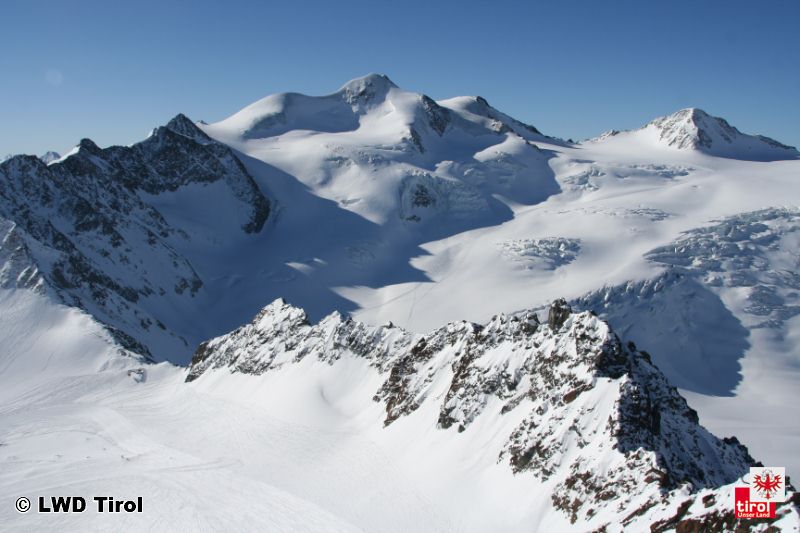
©
EAWS
en
de
fr
it
es
ca
sk
ro
si
no
Ice avalanche
Glacier ice which breaks and plunges over a steep step, sometimes sweeping snow in the avalanche track with it. Often responsible for large-scale disasters.
| year | location | |
| 1895 | Altels (Switzerland) | 6 fatalities, 158 cattle killed |
| 1965 | Mattmark (Switzerland) | 88 fatalities |
| 1970 | Huascaran (Peru) | with subsequent debris flow: 18‘000 fatalities |
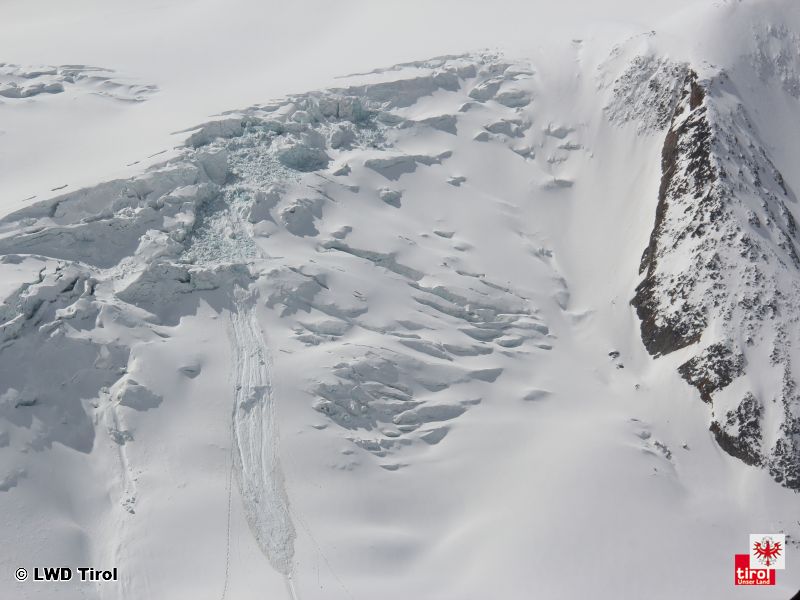
©
EAWS
en
de
fr
it
es
ca
sk
ro
si
no
Ice lense
Thin ice layer inside the snowpack resulting from rain or melt-water refreezing
No single grains are visible.
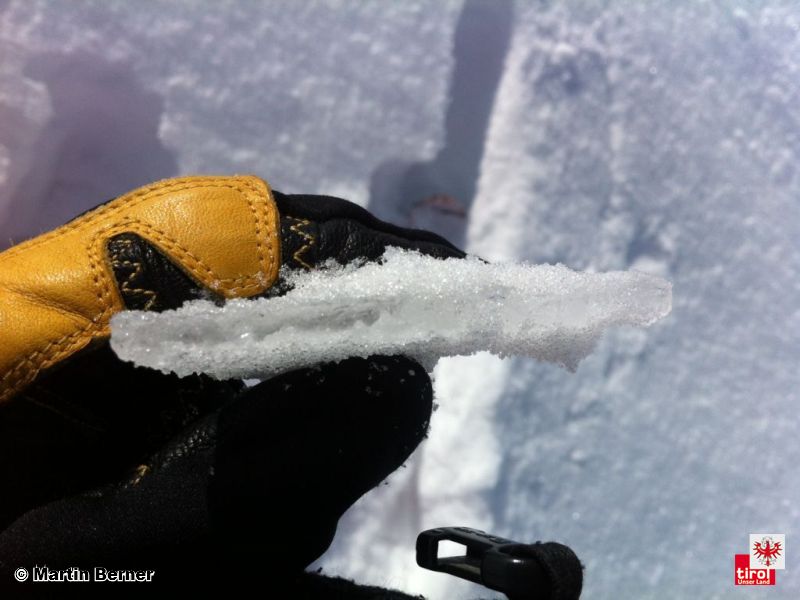
©
EAWS
en
de
fr
it
es
ca
sk
ro
si
no
Incoming radiation
External radiation which strikes the snowpack.
Shortwave radiation is largely (up to 90 %) reflected from the snow surface, depending on type of snow. The remainder warms the uppermost layers of the snowpack and possibly moistens them.
Long-wave (infrared radiation) radiation is almost completely absorbed by the snow surface.
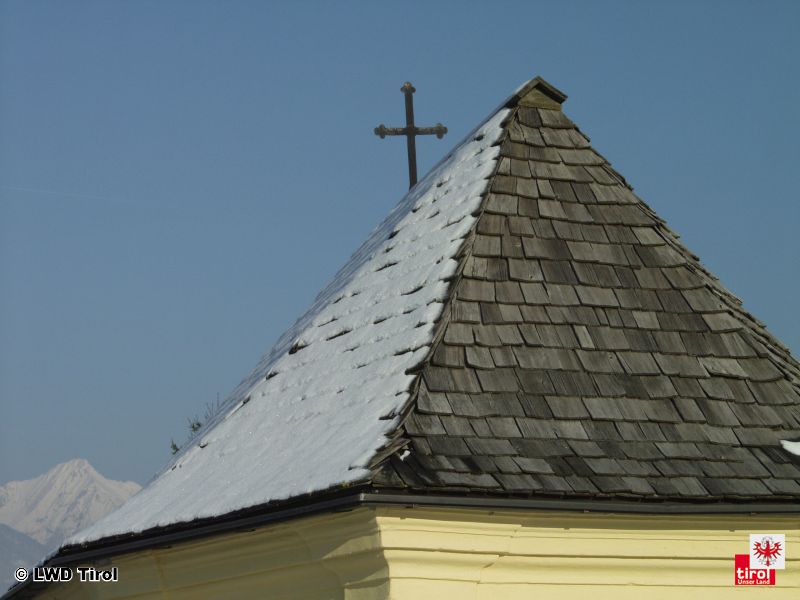
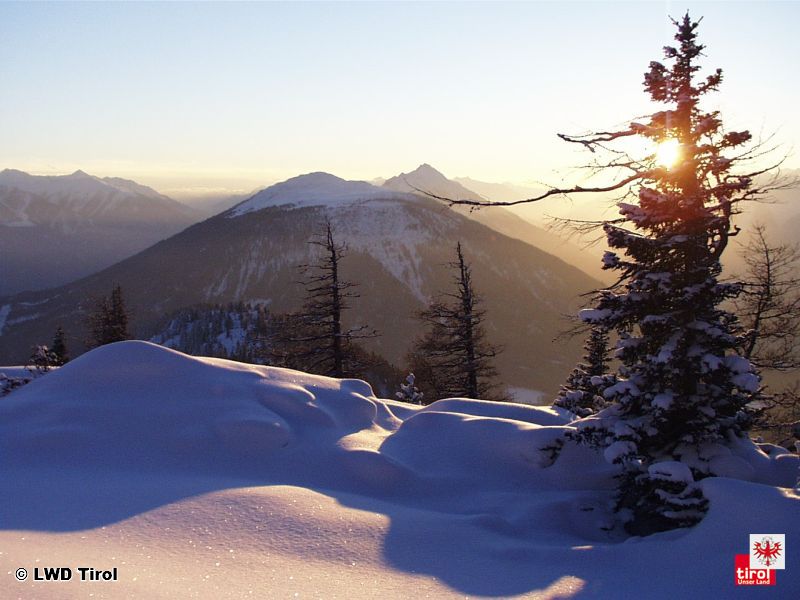
©
EAWS
en
de
fr
it
es
ca
sk
ro
si
no
Increasing firmness (of a snow layer)
Bonding between ice crystals improves, increasing overall capacity of crystals to absorb loading.
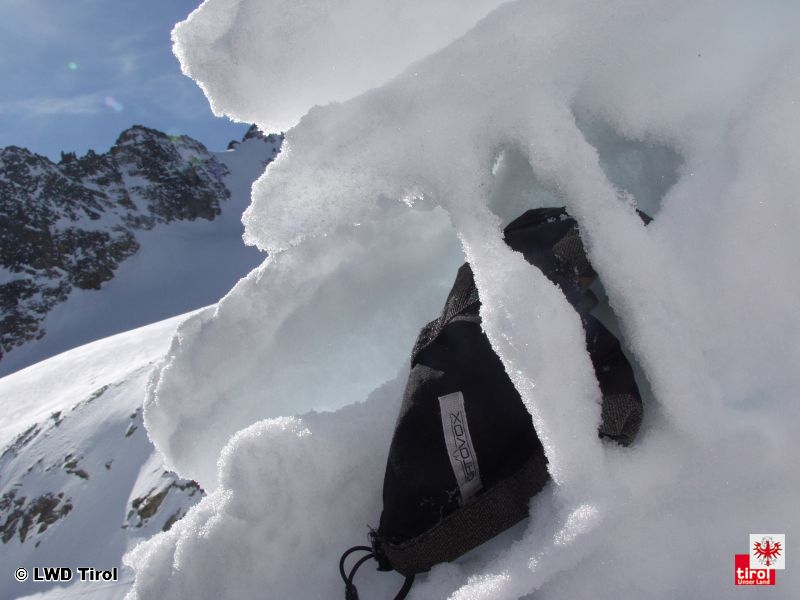
©
EAWS
en
de
fr
it
es
ca
sk
ro
si
no
Inneralpine regions
Areas enclosed by high alpine ridges, subject to intensified precipitation.
Typical inneralpine regions are central Valais, Engadine and central Grisons (CH), located between Northern Alpine Ridge and Main Alpine Ridge; Ortler-Vinschgau region (I), Oetz Valley (A).
In France, the following are considered inneralpine regions: Vanoise, Maurienne, Grandes-Rousses and Oisans-Pelvoux, as well as the mountain region near the French-Italian border.
In Spain, the area of Cerdanya (Perafita-Pulgpedrés) in the Catalonian Pyrenees is included.
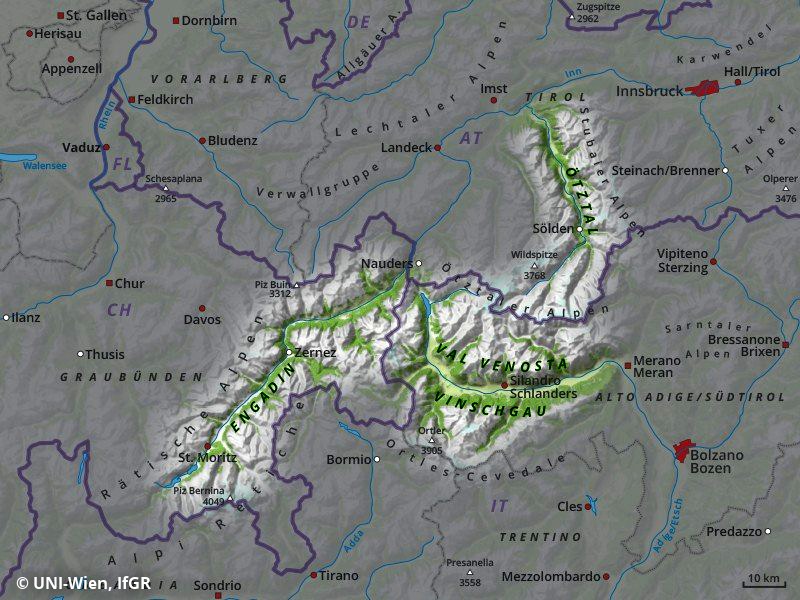
©
EAWS
en
de
fr
it
es
ca
sk
ro
si
no
In particular (with high additional loading)
In general, avalanches can be triggered by high additional loading, in isolated cases by minimum additional loading.
Note:
Term is used for avalanche danger scale and in the daily bulletin.
©
EAWS
en
de
fr
it
es
ca
sk
ro
si
no
Isothermal snow cover
Equal, constant temperature through entire depth of the snow cover
Typically found in spring when the whole snowpack reaches and maintains 0 °C. The snow cover is often moist or wet and loses its firmness.
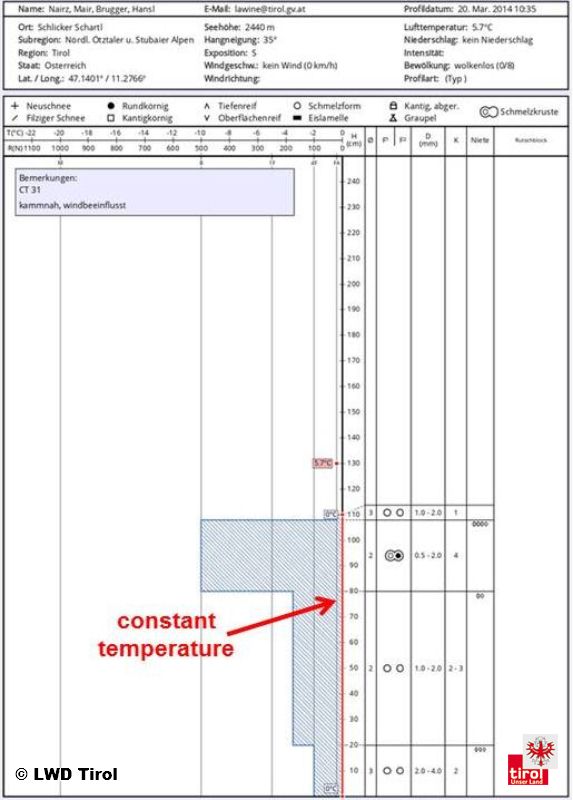
©
EAWS
en
de
fr
it
es
ca
sk
ro
si
no
Kinetic metamorphism (faceting)
Transformation process of dry snow with great temperature disparity inside the snowpack: the crystals decompose into faceted, hollowed grains; the crystals grow in size, the hollows recede, the bonding decreases, lowering the firmness of the transformed layers. The greater the temperature disparity, the more intense is the transformation.
The process is accelerated in shady terrain with shallow snow cover. This process can affect the whole snowpack or only some parts of the snowpack. Layers of faceted crystals are often found near to crusts. On the snow cover surface it preferably develops during clear sky nights.
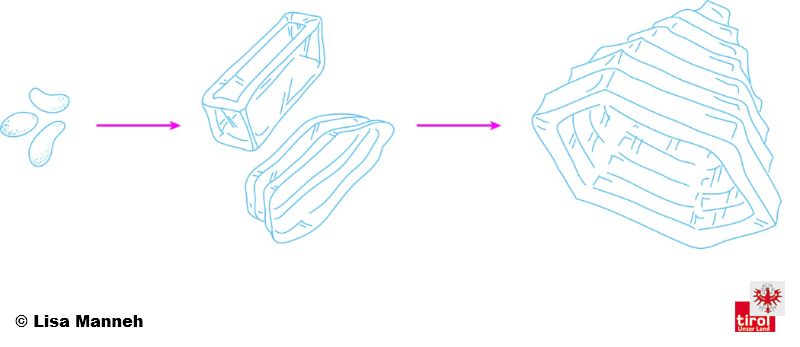
©
EAWS
en
de
fr
it
es
ca
sk
ro
si
no
Lee slope
Slope facing downwind
Snow deposits can attain several times average snow depth.
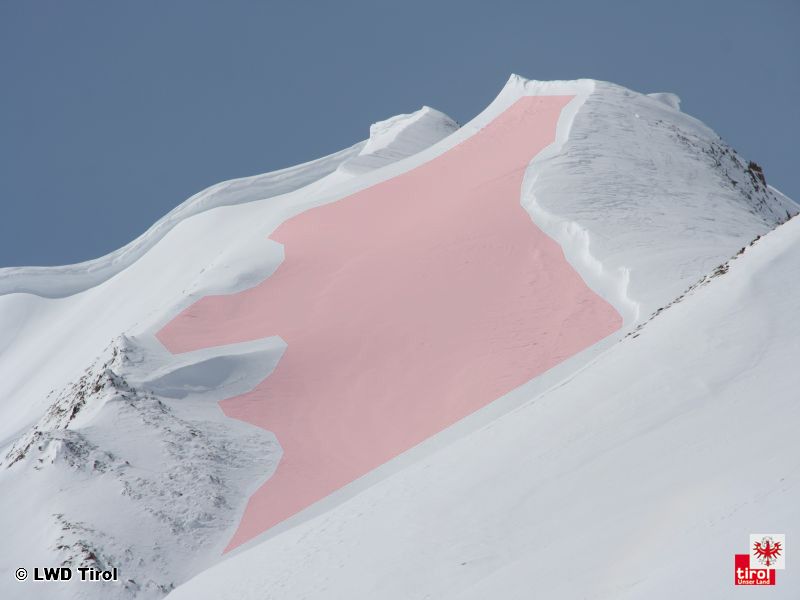
©
EAWS
en
de
fr
it
es
ca
sk
ro
si
no
Likely (something is likely)
Event with a probability of occurrence exceeding 50 %.
©
EAWS
en
de
fr
it
es
ca
sk
ro
si
no
Local, from place to place
Areas limited to slopes and basin areas.
Within one region, different local avalanche situations may prevail.
©
EAWS
en
de
fr
it
es
ca
sk
ro
si
no
Loose snow avalanche; point release avalanche
A type of avalanche (dry or wet snow with little or no bonding) fanning out downhill and leaving a widening conical scar.
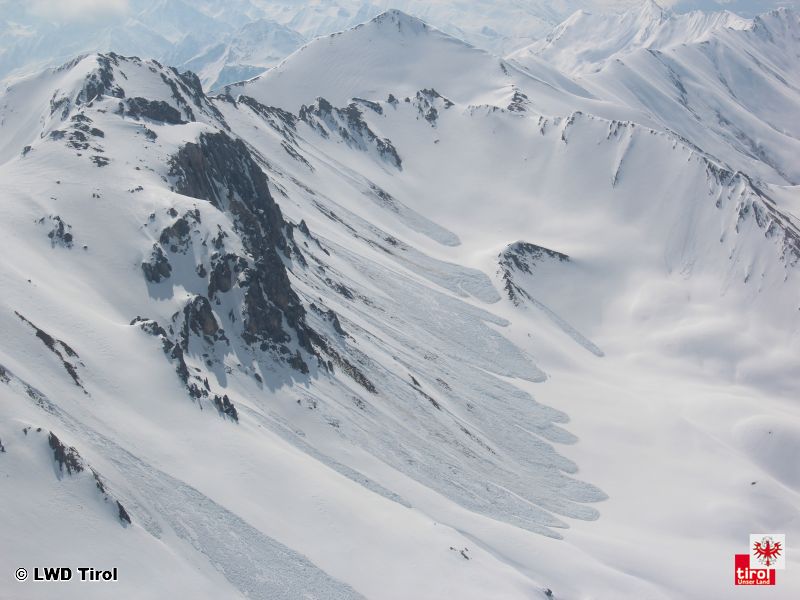
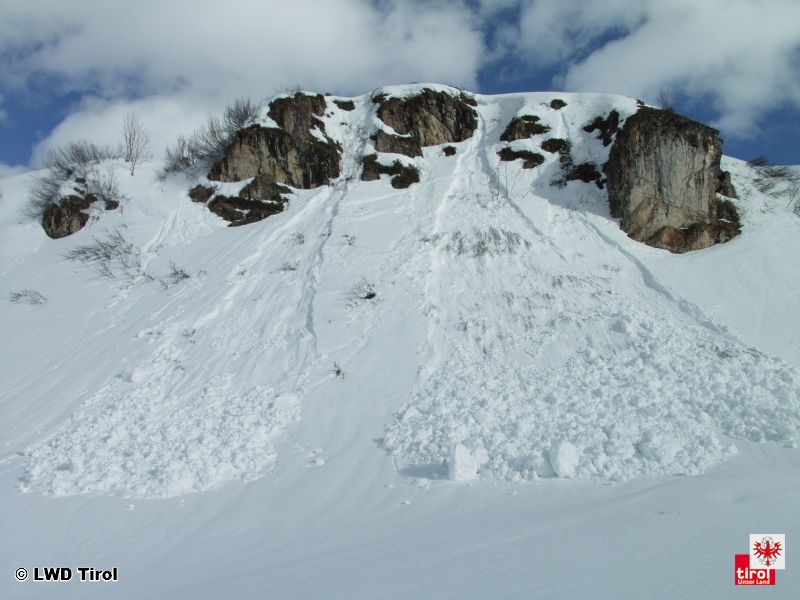
©
EAWS
en
de
fr
it
es
ca
sk
ro
si
no
Melt-freeze crust
Layer of hard-compacted snow resulting from a melt-freeze process; increases firmness.
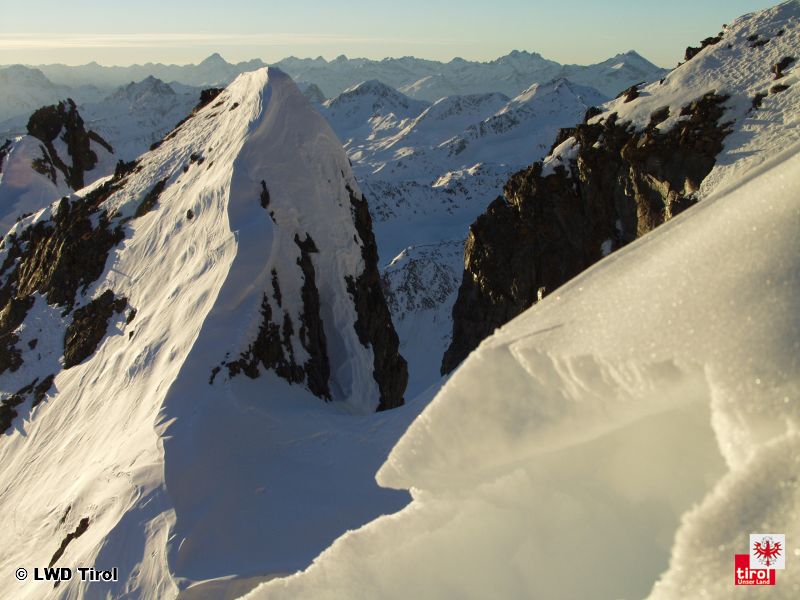
©
EAWS
en
de
fr
it
es
ca
sk
ro
si
no
Melt-freeze metamorphism
When snow is warmed to 0 °C, a mixture of ice crystals and water is created.
The grain structure is weak, but forms strong crusts when refrozen.
©
EAWS
en
de
fr
it
es
ca
sk
ro
si
no
Multiple starting zones
Area in which a number of discrete avalanches originate.
The term is often associated with avalanche sizes 4 to 5.
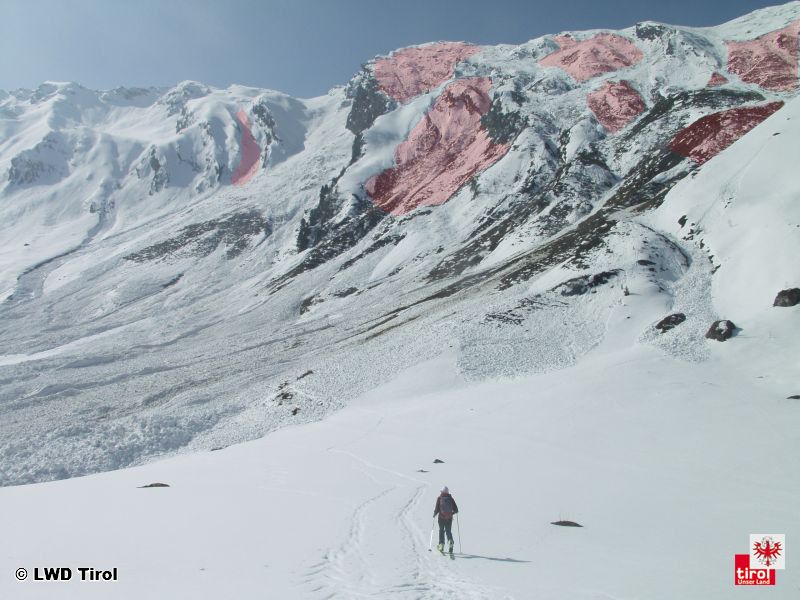
©
EAWS
en
de
fr
it
es
ca
sk
ro
si
no
Naturally triggered avalanche, natural release
Avalanche not caused by external forces, e.g. snowfall or loss in firmness due to weather conditions.
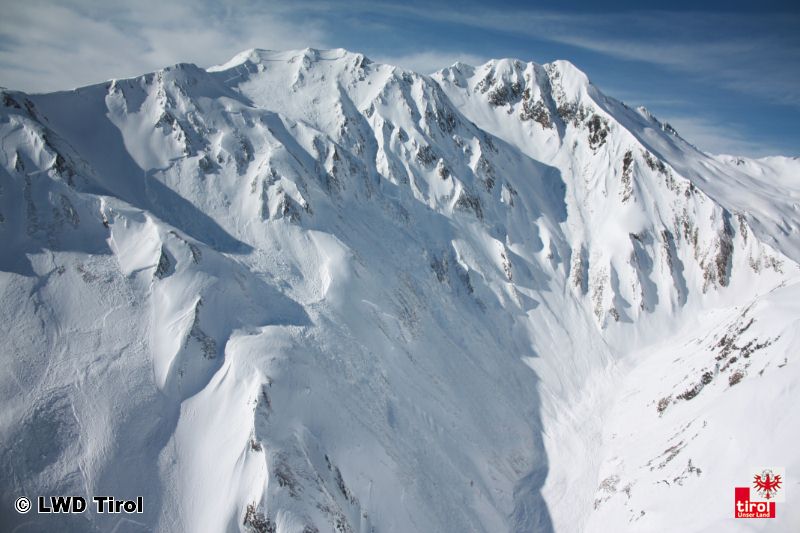
©
EAWS
en
de
fr
it
es
ca
sk
ro
si
no
New fallen snow
Freshly fallen snow
A neither transformed, nor densified nor settled snow layer, from current or recent precipitation.
Characteristic grain size: 1 to 3 mm
The avalanche bulletin ordinarily cites period of snowfall.
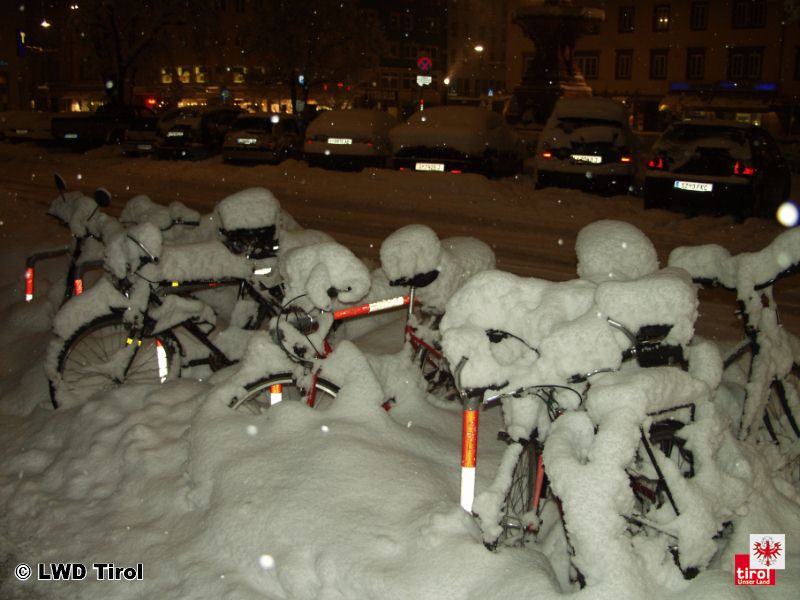
©
EAWS
en
de
fr
it
es
ca
sk
ro
si
no
Old snow cover, old snowpack
Snow layers deposited from earlier precipitation, prior to fresh fallen snow.
Old snow layers consist of metamorphosed snow crystals.
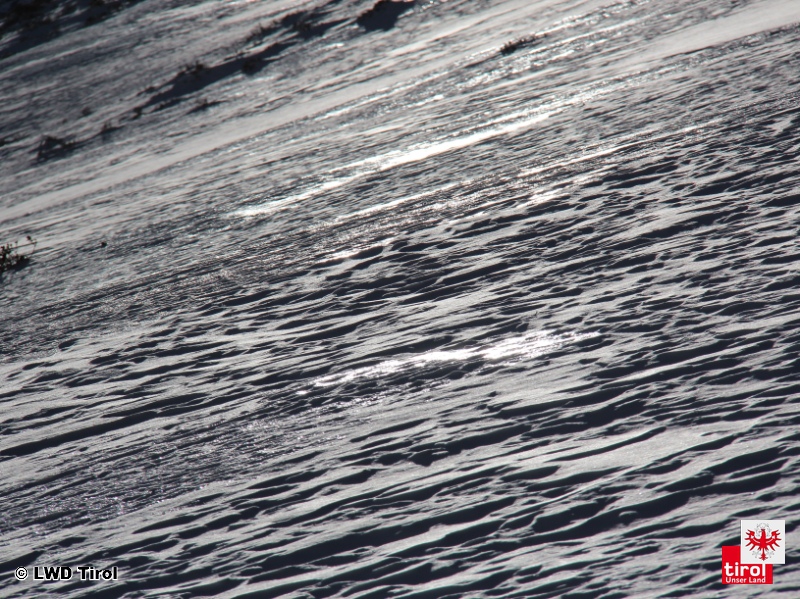
©
EAWS
en
de
fr
it
es
ca
sk
ro
si
no
Outgoing longwave radiation
The snowpack surface emits longwave radiation (infrared) into the atmosphere.
If skies are clear, the surface cools significantly (up to 20°C) below air temperature.
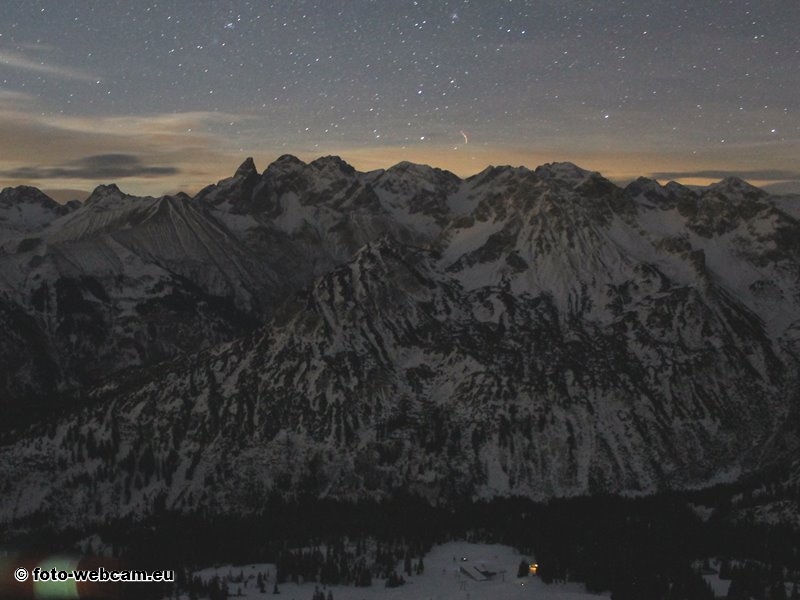
©
EAWS
en
de
fr
it
es
ca
sk
ro
si
no
Pass area
Lowest area on a ridge
Wind velocity is heightened, snowdrift accumulation enhanced
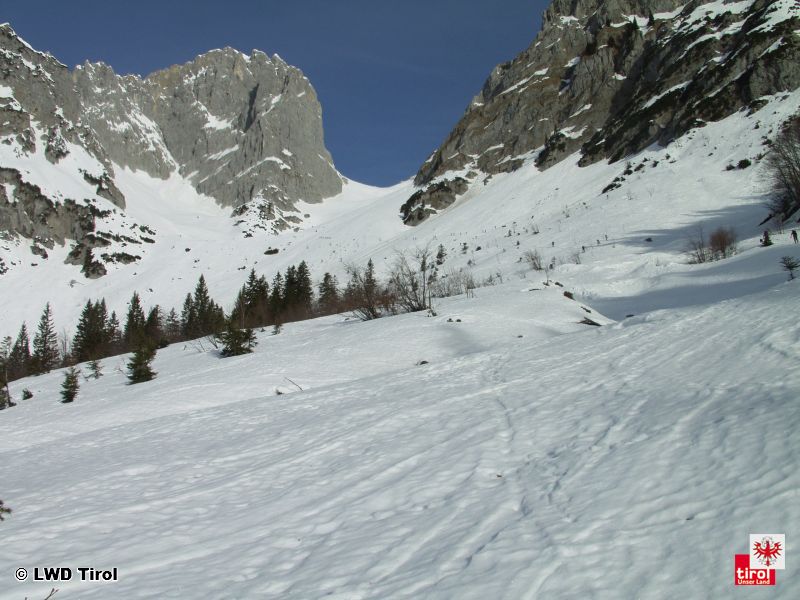
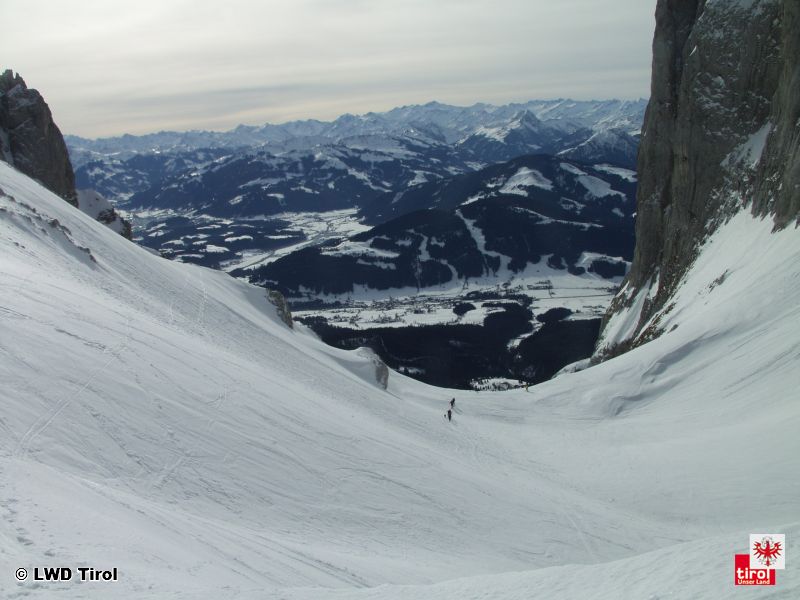
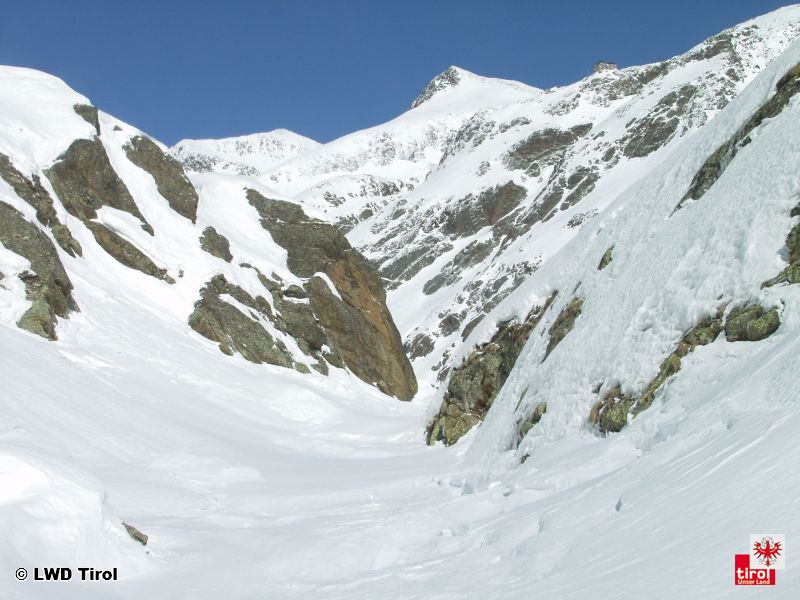
©
EAWS
en
de
fr
it
es
ca
sk
ro
si
no
Powder avalanche, powder cloud avalanche
Avalanche (often a slab avalanche) of fine-grained, dry powder in which most of the flowing snow is suspended in the air by turbulence (powder cloud). Speeds: 100-300 km/h
Associated with strong pressure waves which cause damage in front of the deposition area.
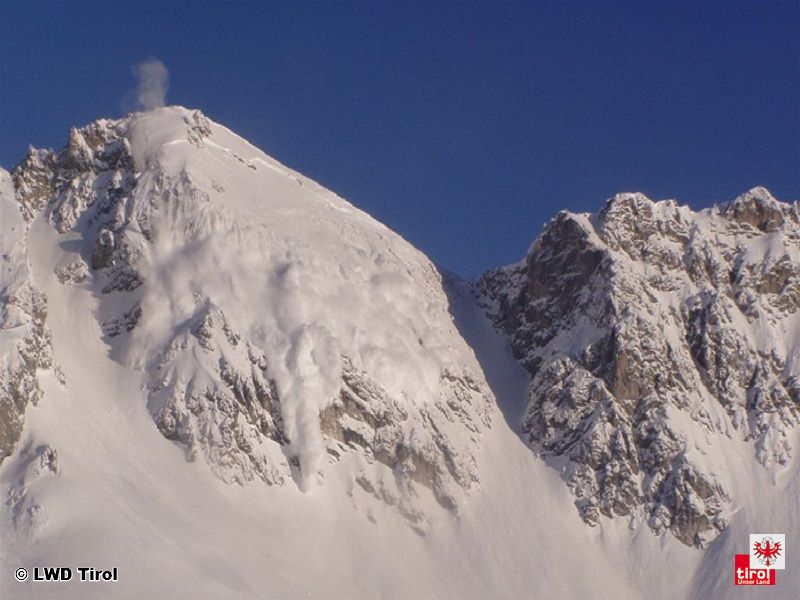
©
EAWS
en
de
fr
it
es
ca
sk
ro
si
no
Prone to triggering
A snowpack or snow layer that tends to release from additional loading.
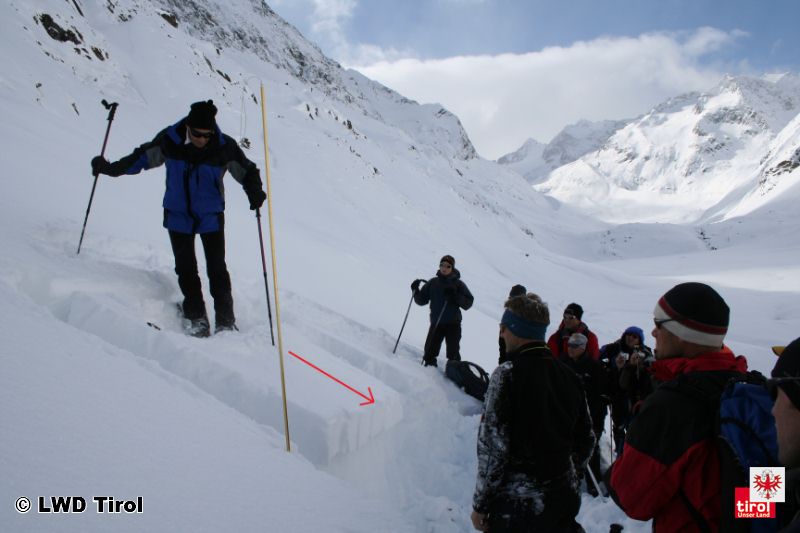
©
EAWS
en
de
fr
it
es
ca
sk
ro
si
no
Radiation
Energy transport by electromagnetic waves at varying wave lengths: short wave radiation (visible light), long wave radiation (thermal radiation).
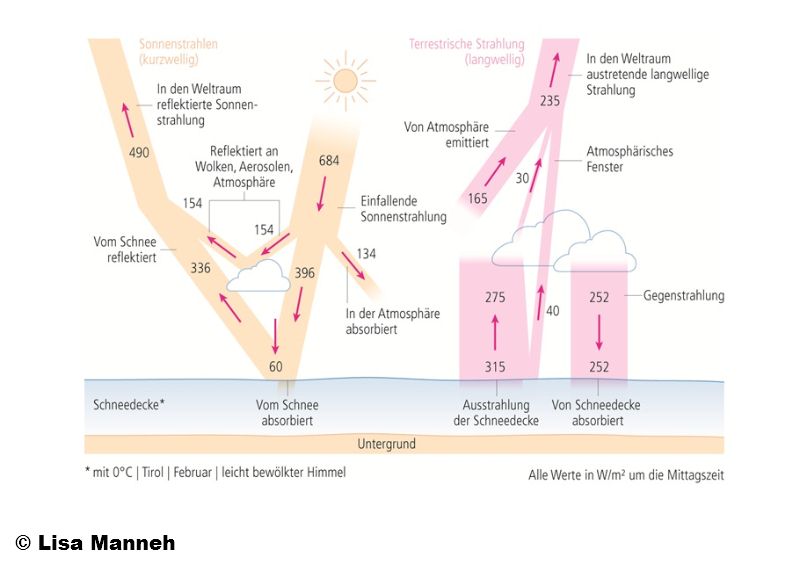
©
EAWS
en
de
fr
it
es
ca
sk
ro
si
no
Region, regional
Areas comprising several valleys.
In avalanche bulletins, regions are generally subdivided climatically or geographically.
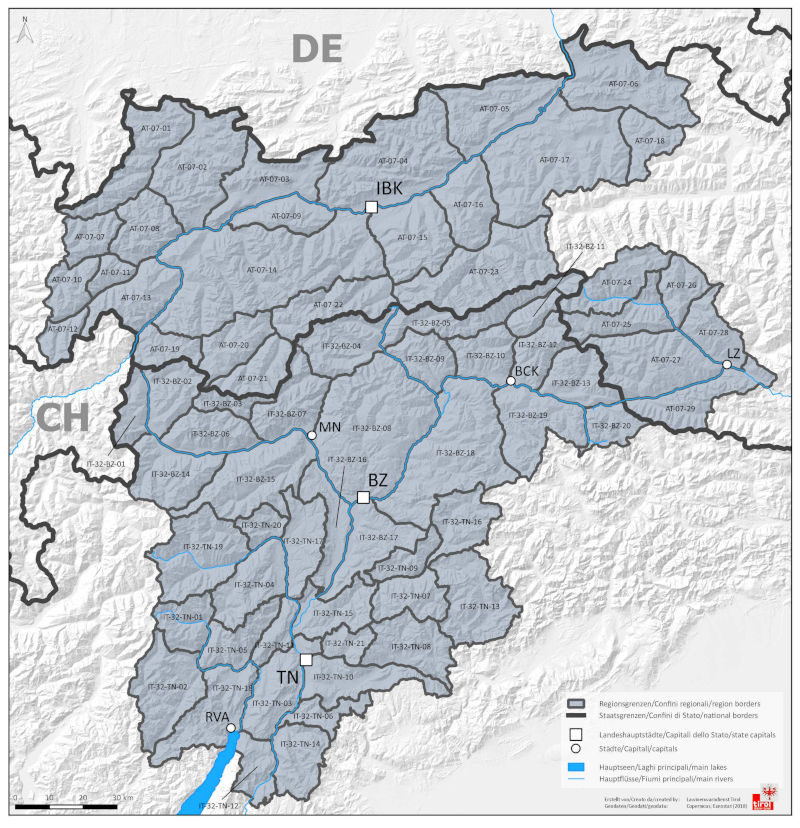
©
EAWS
en
de
fr
it
es
ca
sk
ro
si
no
Remote triggering
Remote release of a slab avalanche triggered by additional loading, e.g. skiers or freeriders.
In general the trigger is outside of the avalanche path. However it may occur that persons can be caught and buried, if the avalanche reaches the remote triggering location.
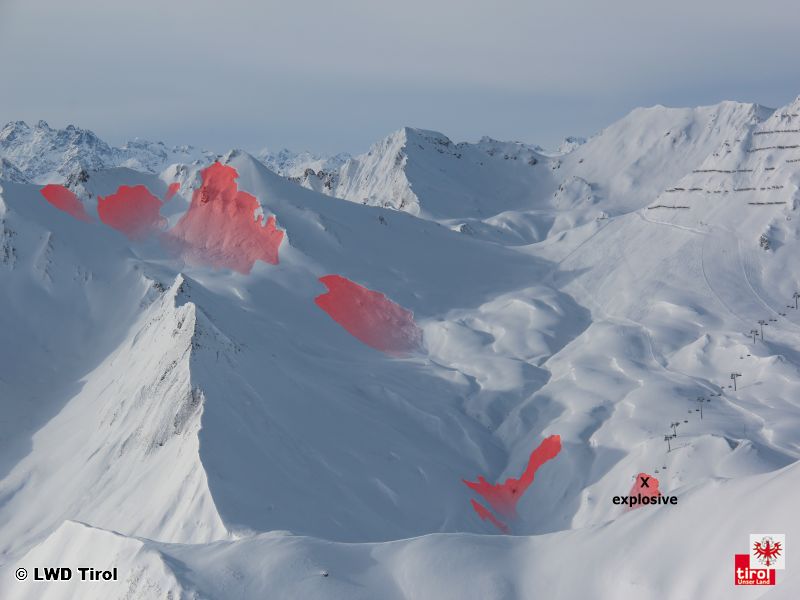
©
EAWS
en
de
fr
it
es
ca
sk
ro
si
no
Ridgeline
Long mountain ridge silhouette
Further explanation:
A ridgeline is a clearly delineated crest frequently connecting numerous peaks of a mountain range.
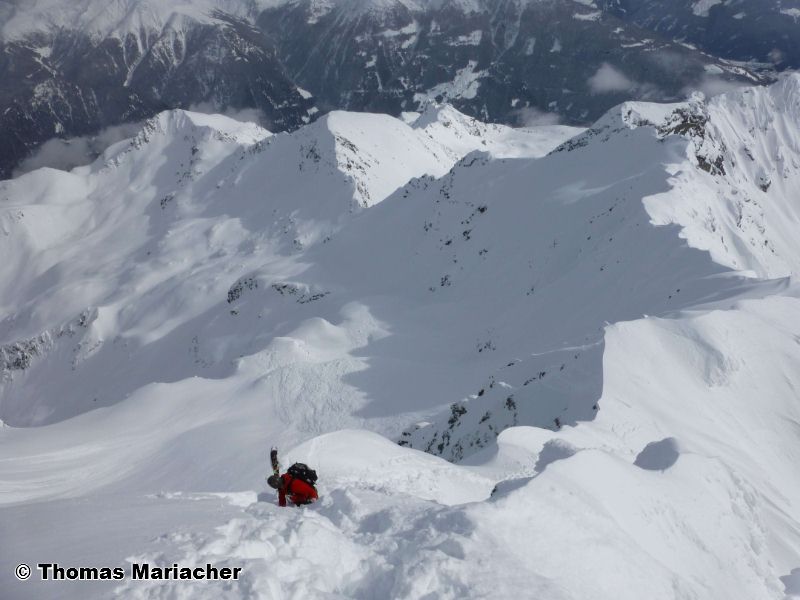
©
EAWS
en
de
fr
it
es
ca
sk
ro
si
no
Ripples
Elongated erosional ridges on the snow surface, pointing in the wind direction; not to be mistaken with snow dunes. Dunes are made of snow deposit.
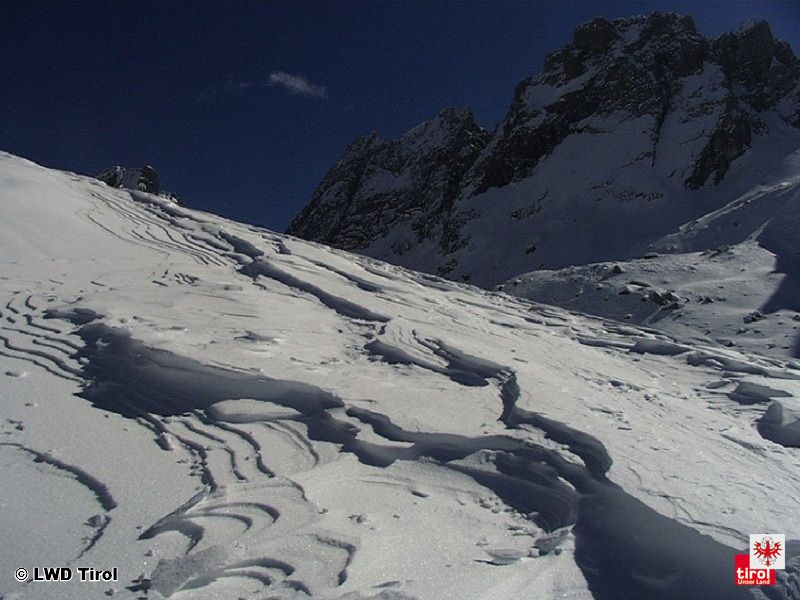
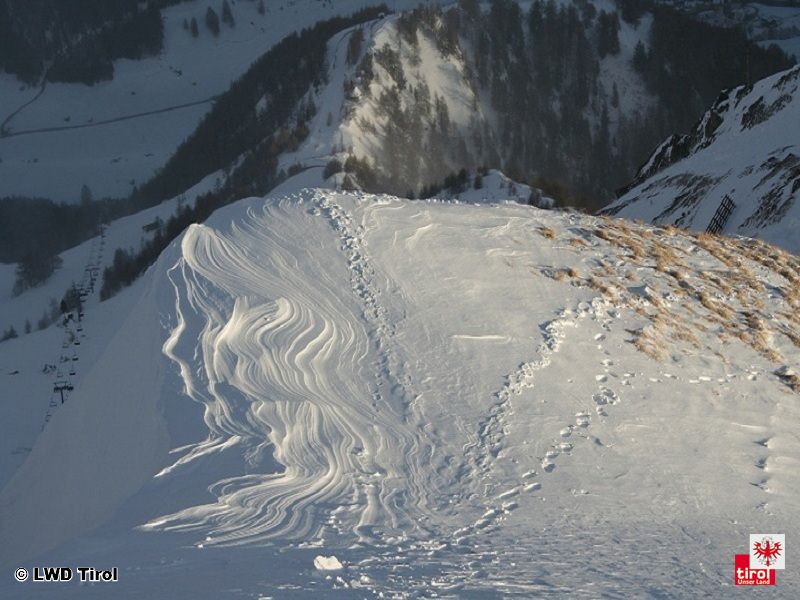
©
EAWS
en
de
fr
it
es
ca
sk
ro
si
no
Risk
Likelihood of occurrence combines mathematical probability, risk exposure and possible damages.
Additional note:
In the avalanche bulletin, avalanche danger, not avalanche risk, is determined.
©
EAWS
en
de
fr
it
es
ca
sk
ro
si
no
Rounding faceted particles
Faceted crystals with rounding facets and corners. Trend to a transitional form reducing its specific surface area; corners and edges of the crystals are rounding off in response to a decreasing temperature gradient.
©
EAWS
en
de
fr
it
es
ca
sk
ro
si
no
Safety spacing
Precautionary backcountry measure: maintaining a distance between persons to minimize exposure to avalanche hazards, i.e. reduce risk in dangerous terrain.
Contrary to spacing out, safety spacing permits only one person at a time being exposed to risky terrain. Commonly used during descents when a steep slope is skied singly.
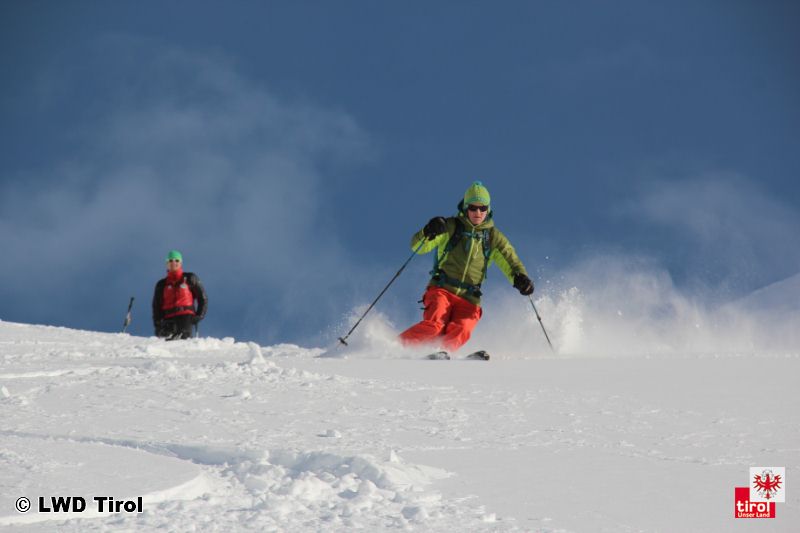
©
EAWS
en
de
fr
it
es
ca
sk
ro
si
no
Secured areas
Areas protected from avalanches and other alpine hazards through technical or temporary measures.
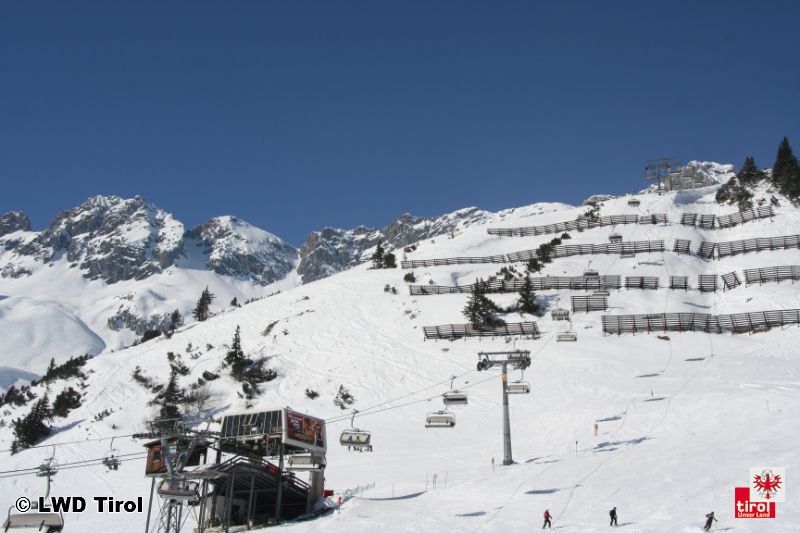
©
EAWS
en
de
fr
it
es
ca
sk
ro
si
no
Settlement
Slow decrease of the snow depth due to every kind of metamorphism (also faceting!) and the influence of weight of the overlaying snow layers; increases firmness and density of snow.
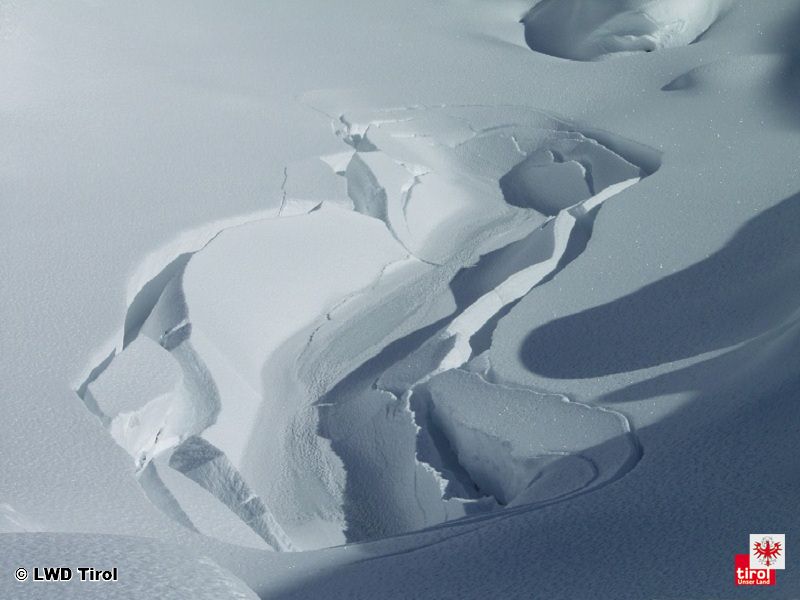
©
EAWS
en
de
fr
it
es
ca
sk
ro
si
no
Shady slope
Slopes in shadow, untouched or little struck by sunlight, typically north-facing.
Additional note:
More prevalent in December and January, due to lower solar angles, than in spring. Mountains can cast shadows on surrounding slopes in any aspect; thus, not only north-facing slopes are shady.
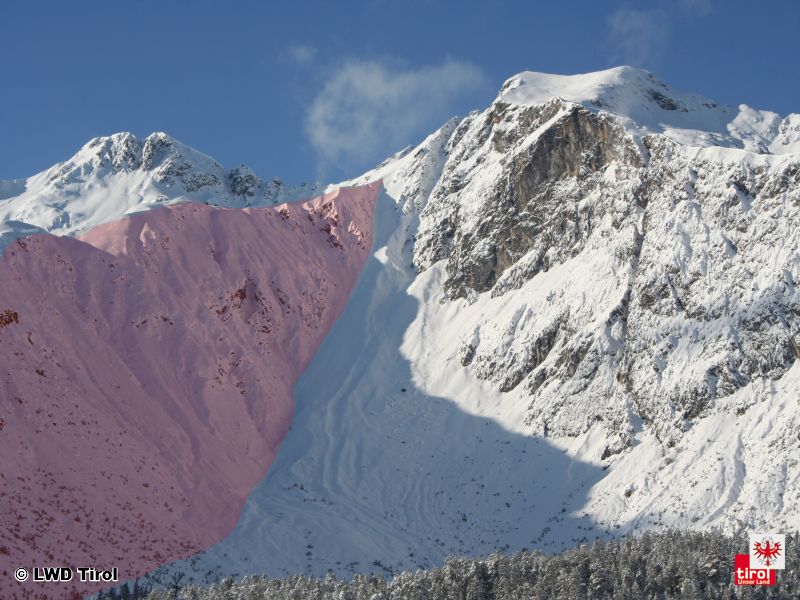
©
EAWS
en
de
fr
it
es
ca
sk
ro
si
no
Shooting crack
Sudden cracking of a brittle snowpack; a clear sign of stress and instability.
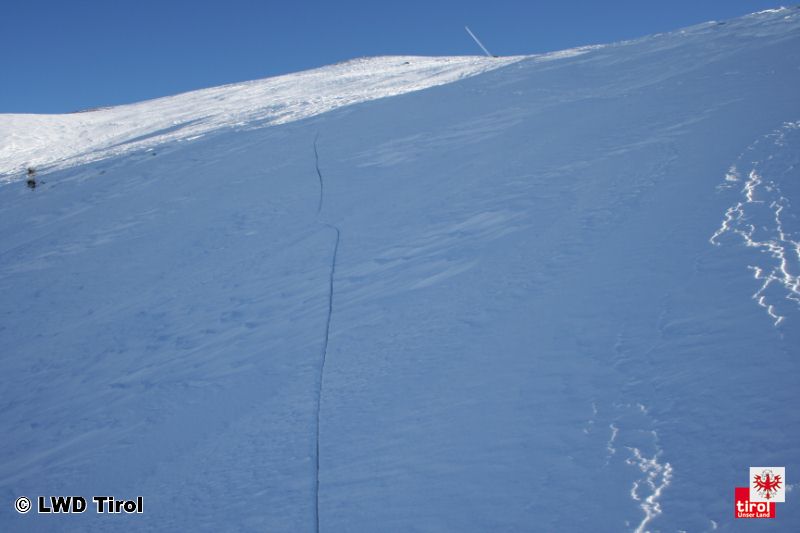
©
EAWS
en
de
fr
it
es
ca
sk
ro
si
no
Sintering
Process through which crystals of snow bond together, leading to increased firmness.
At higher snow temperatures, sintering is faster. Sintering is prevalent in compacted snow, e.g. snow ball, avalanche snow, old ski tracks.
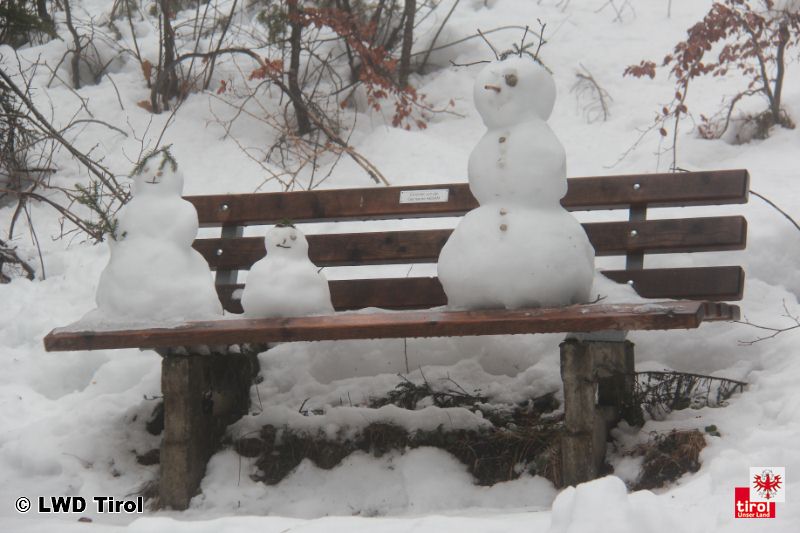
©
EAWS
en
de
fr
it
es
ca
sk
ro
si
no
Size of the starting zone (for slab avalanches)
Distance between fracture line and lower boundary (stauchwall) of the slab.
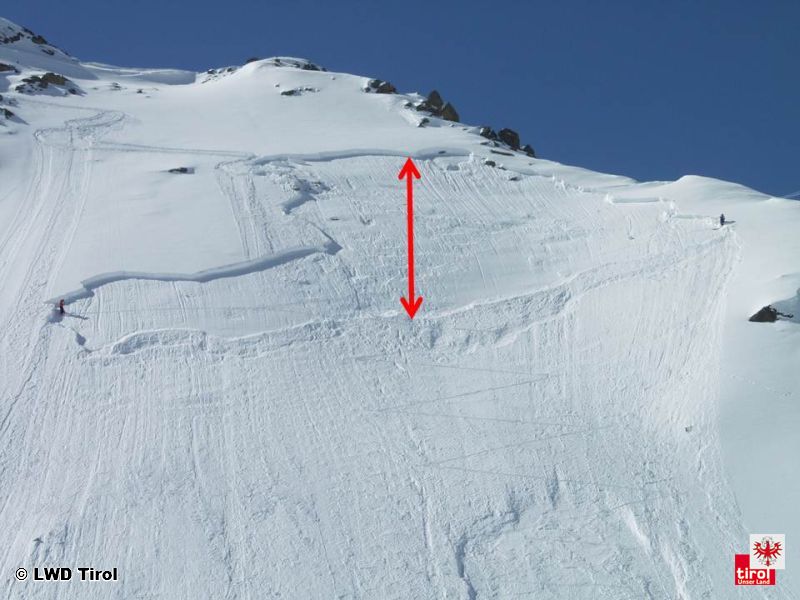
©
EAWS
en
de
fr
it
es
ca
sk
ro
si
no
Slab avalanche
The abrupt release of a snow board (slab) on a mountain slope.
After crack initiation and crack propagation in a weak layer the snowcover is divided in three parts: The weak layer, the gliding horizon and the slab. If slope angle is steep enough, the slab will glide down. If the slope is not steep enough, the slab will settle down on the broken weak layer. Possibly a whumpf will follow due to air pressed out of the weak layer.
The fracture is sharply edged.
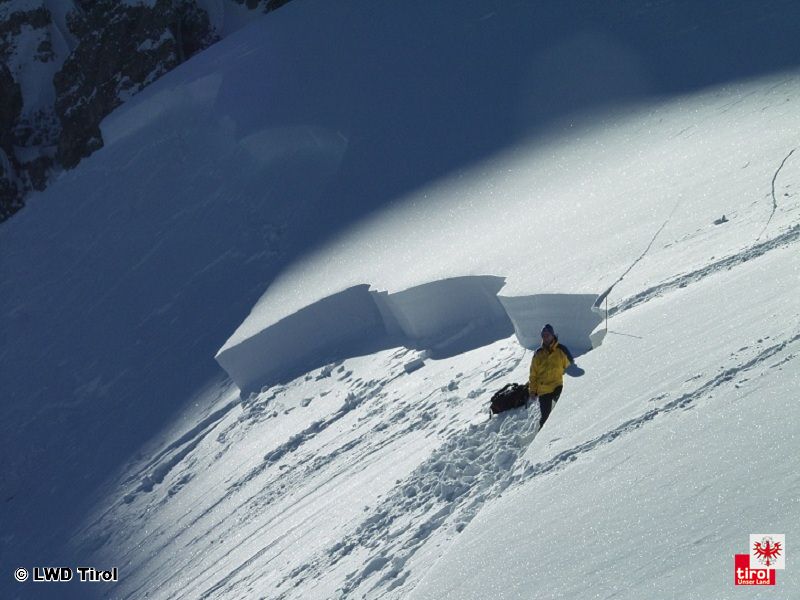
©
EAWS
en
de
fr
it
es
ca
sk
ro
si
no
Slab thickness
Slab thickness at the fracture line, measured at a right angle to the slope.
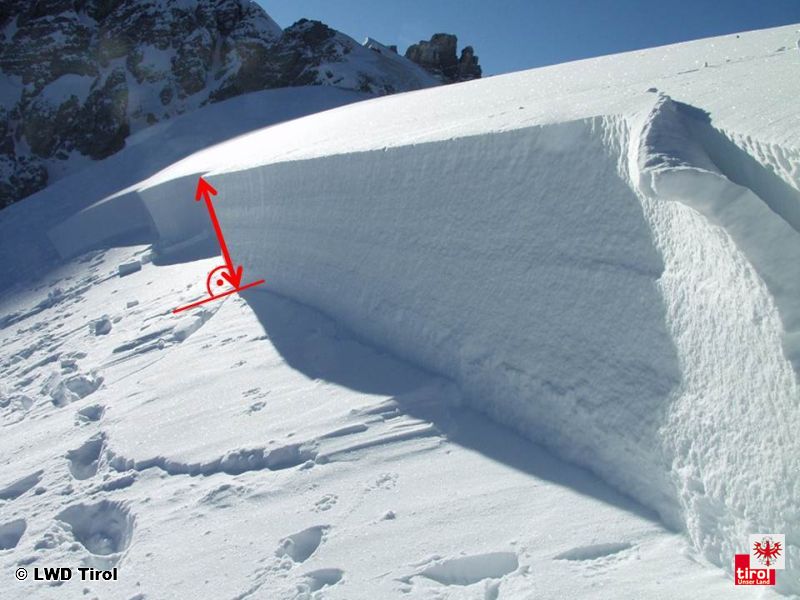
©
EAWS
en
de
fr
it
es
ca
sk
ro
si
no
Slab width
Maximum distance between the two lateral boundaries of a slab avalanche.
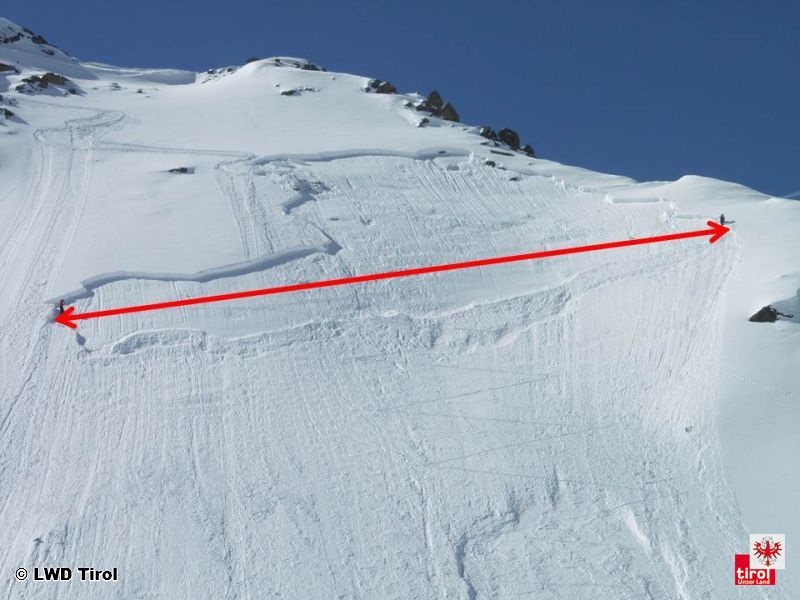
©
EAWS
en
de
fr
it
es
ca
sk
ro
si
no
Slope discontinuity
A slope area where the slope gradient suddenly becomes significantly steeper; highly prone to accumulate drifted snow masses
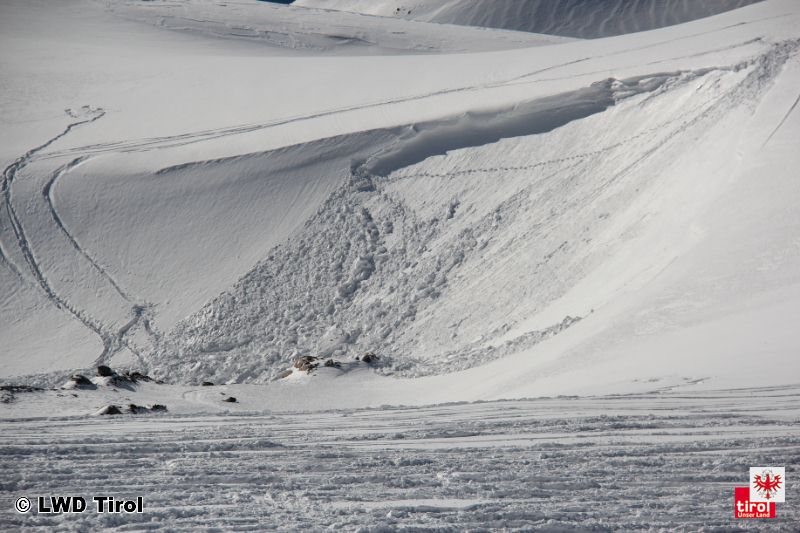
©
EAWS
en
de
fr
it
es
ca
sk
ro
si
no
Slope gradient
- moderately steep: less than 30°
- steep: 30° to 34°
- very steep: 35° to 40°
- extremly steep: over 40°
The slope gradient is measured in the fall line at the steepest part of a slope, in a map with scale 1:25000 or estimated on-site.
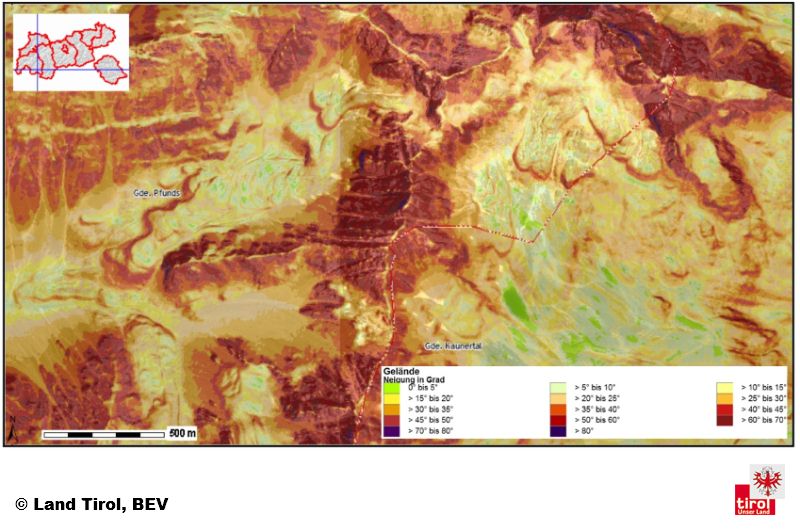
©
EAWS
en
de
fr
it
es
ca
sk
ro
si
no
Slush
Separated rounded particles completely immersed in water (liquid water content > 15% (volume fraction))
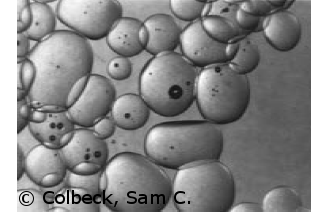
©
EAWS
en
de
fr
it
es
ca
sk
ro
si
no
Slushflow
A mudflow-like avalanche composed of slush—very saturated snow. Commonly occurring after rainfall and/or intense thawing have produced more water than can drain through the snow. Slush avalanches can occur on very gentle slope angles. They usually occur in Arctic climates on permafrost soil when dry depth hoar becomes rapidly saturated with water in spring.
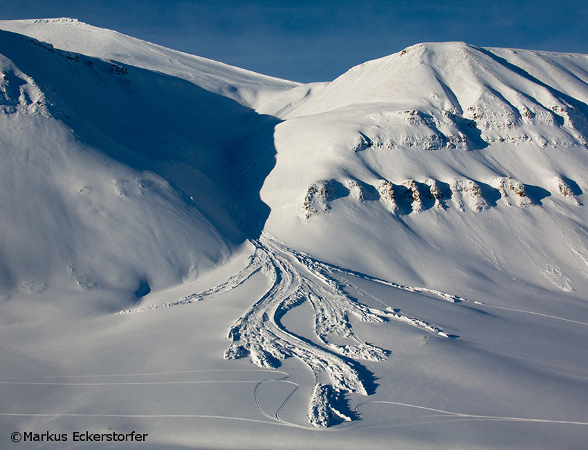
©
EAWS
en
de
fr
it
es
ca
sk
ro
si
no
Small-scale
Slope areas or margins ranging in size from a few meters to approximately 20 m.
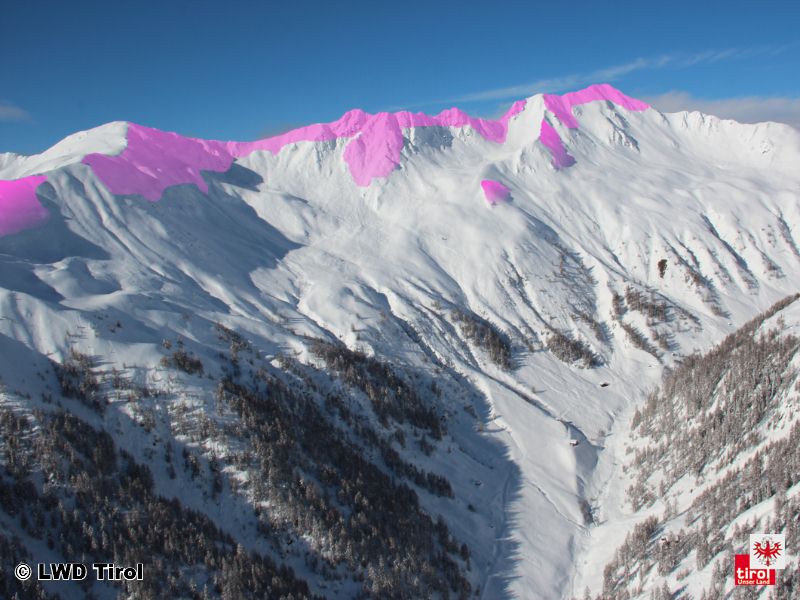
©
EAWS
en
de
fr
it
es
ca
sk
ro
si
no
Snow density
The mass per unit volume of a given quantity of snow. Snow can have highly varied densities:
Snow type
| Density [kg/m³] |
| very light new snow | approx. 30 |
| new snow | approx. 100 |
| decomposing and fragmented precipitation particles | 150 - 300 |
| rounded snow | 250 - 450 |
| faceted snow | 250 - 400 |
| depth hoar | 150 - 350 |
| wet snow | 300 - 600 |
| firn | 600 - 830 |
| glacial ice | approx. 900 |
| pure ice | 917 |
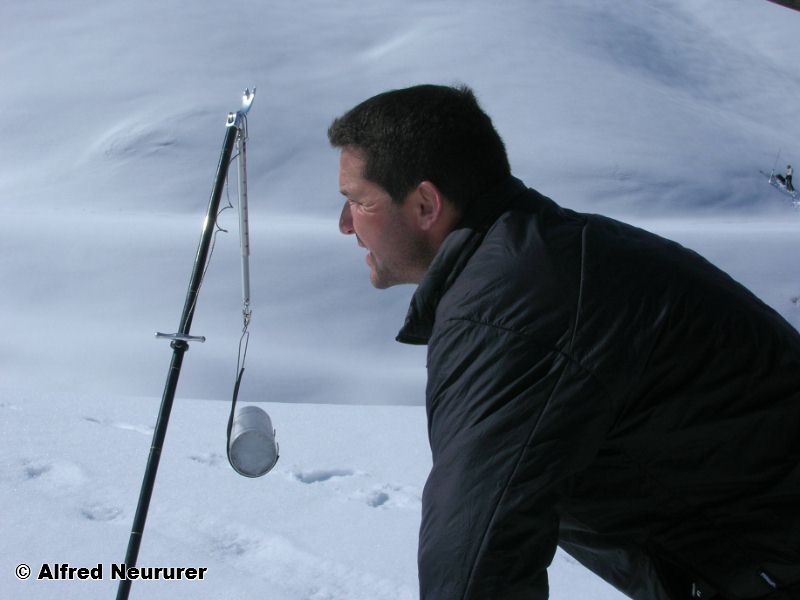
©
EAWS
en
de
fr
it
es
ca
sk
ro
si
no
Snowdrift accumulation, snowdrift deposit
The result of snow transport. Drifting and blowing snow usually forms a dense layer deposited on lee slopes, often with brittle, fragile bonding. Areas prone to drifting are gullies, bowls, slope discontinuities and areas adjacent to ridgelines.
Further explanations:
Snow masses transported by wind. Three main processes take place: rolling, saltation and suspension. During transport, snow crystal size decreases considerably, depending of wind speed and duration, up to 10 to 20 % of its original size. The small fractured particles are closely packed by wind, bringing about a cohesive snow layer (a dense-cohesive slab or a soft-cohesive slab) on the lee slope. The colder snow is while forming a deposit, the more brittle the deposit is.
Size of snow drift accumulations (thickness)
- small snow drift accumulations: 5- 20 cm thick
- medium snow drift accumulations: 20 – 50 cm thick
- large snow drift accumulations: thicker than 50 cm
Extent of snow drift accumulations (spatial)
- some snow drift accumulations:
very little snow drift accumulation with small spatial extent - extensive snow drift accumulations:
major snow drift accumulations mostly with large spatial extent on slopes of all aspects
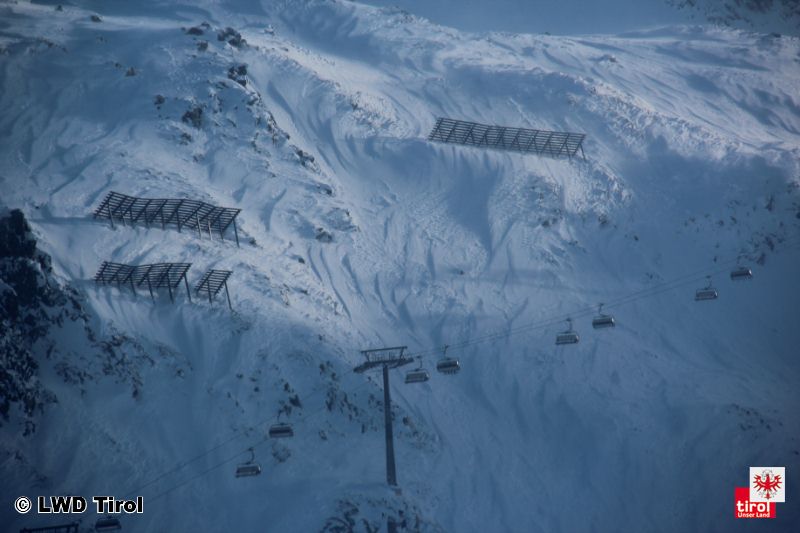

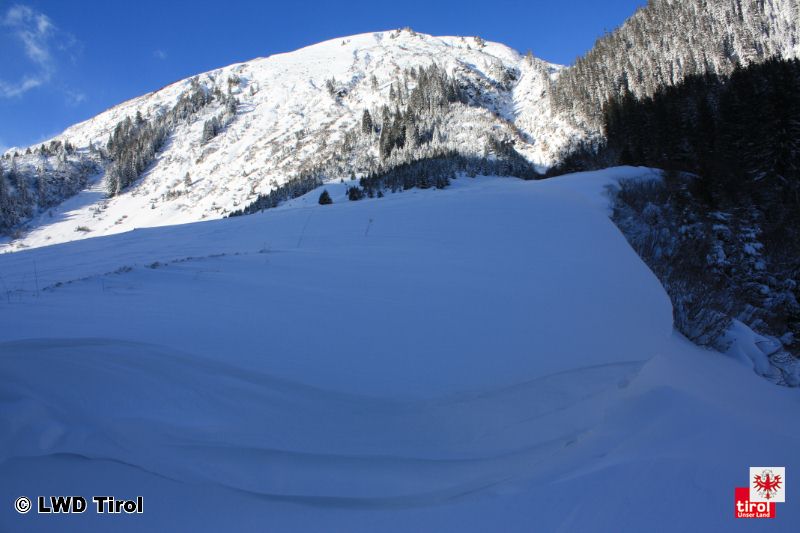
©
EAWS
en
de
fr
it
es
ca
sk
ro
si
no
Snow dunes
Snow deposits formed by wind-transported snow.
The flat side is the windward slope, the steep side is the leeward slope. Not to be mistaken for ripples.
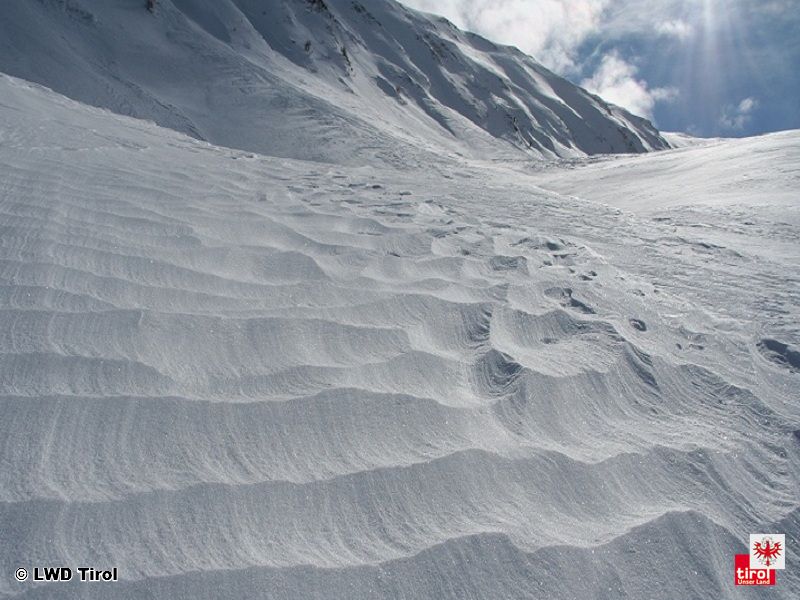
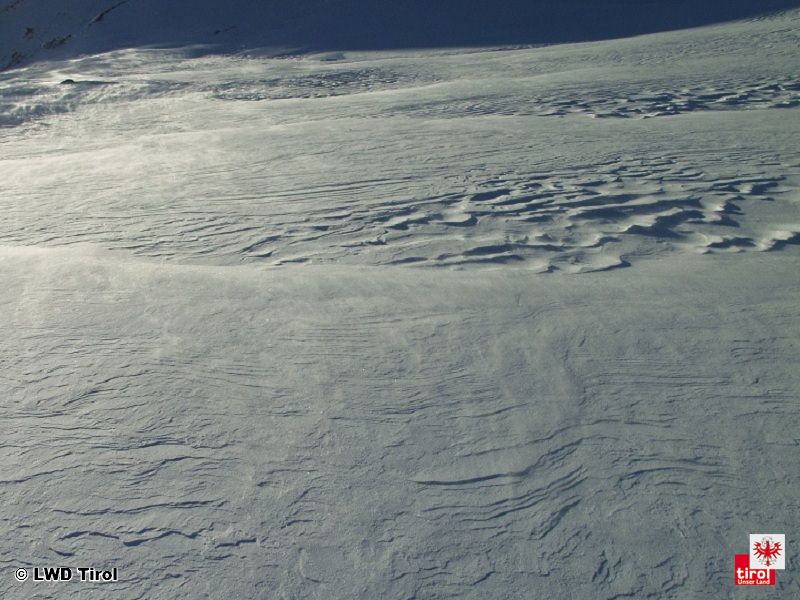
©
EAWS
en
de
fr
it
es
ca
sk
ro
si
no
Snowfall level
Altitude above sea level at which precipitation falls as snow which is deposited on the ground.
Snowfall level is usually about 300 m lower than zero-degree altitude. During intense precipitation or in enclosed valleys, snowfall level can be as much as 600 m below the zero-degree altitude.
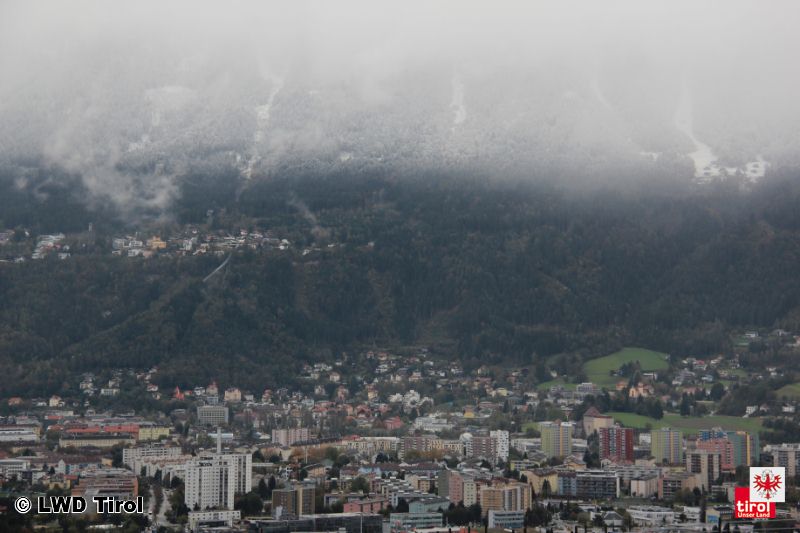
©
EAWS
en
de
fr
it
es
ca
sk
ro
si
no
Snow layering
Stratification of the snowpack
Each layer is characterized by grain shape, grain size, layer hardness, temperature, water content and density.
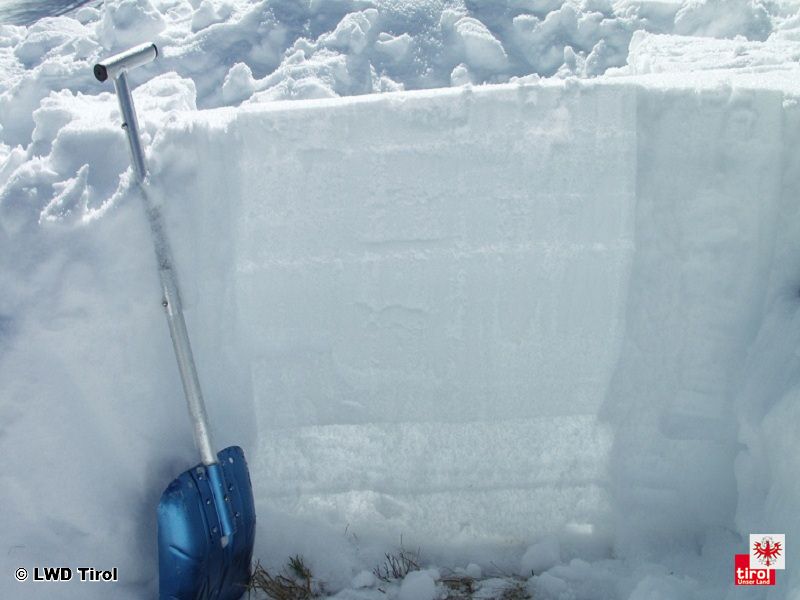
©
EAWS
en
de
fr
it
es
ca
sk
ro
si
no
Snow line
Lower topographical limit of permanent snow cover, designated by altitude.
Depending on slope aspect, the snow line can vary greatly.
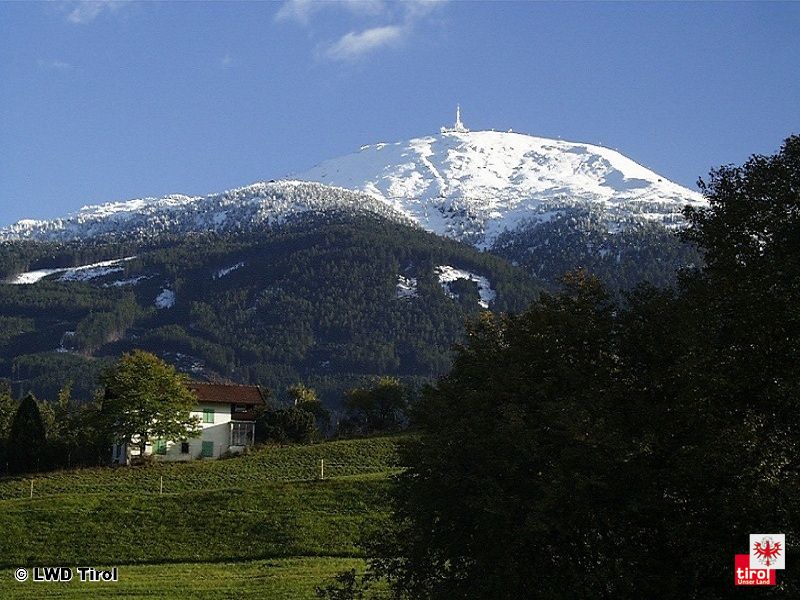
©
EAWS
en
de
fr
it
es
ca
sk
ro
si
no
Snowmelt
Rounded crystals formed by melt-freeze metamorphism, frequently in large clusters. Can be moist (= 0°C). When frozen, snowmelt is forming a melt-freeze-crust.
Characteristic grain size: 0.5 to 5 mm
See also: www.snowcrystals.it
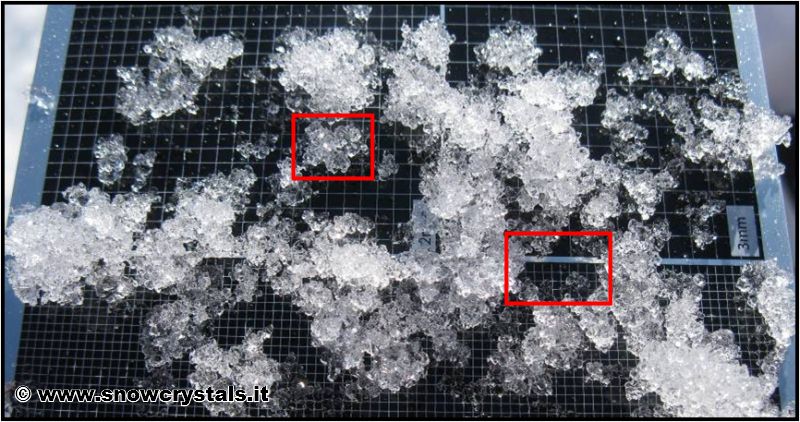
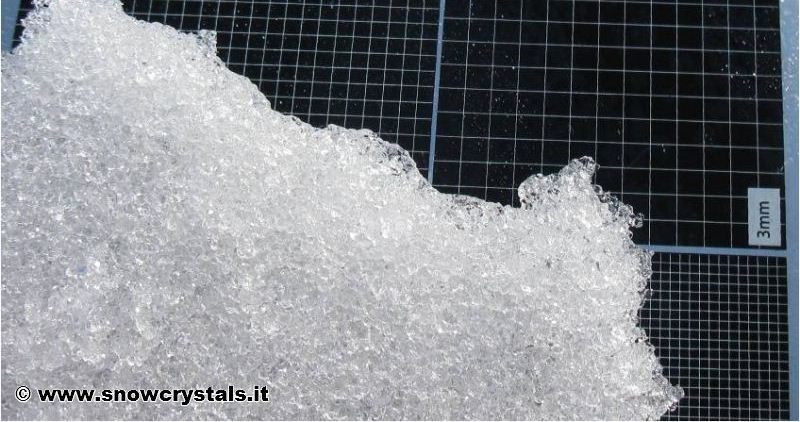
©
EAWS
en
de
fr
it
es
ca
sk
ro
si
no
Snow metamorphism
The process which changes shape and size of snow grains in the snowpack.


©
EAWS
en
de
fr
it
es
ca
sk
ro
si
no
Snowpack capable of bearing loads
Snow surface layer strong enough to support a person walking on it.
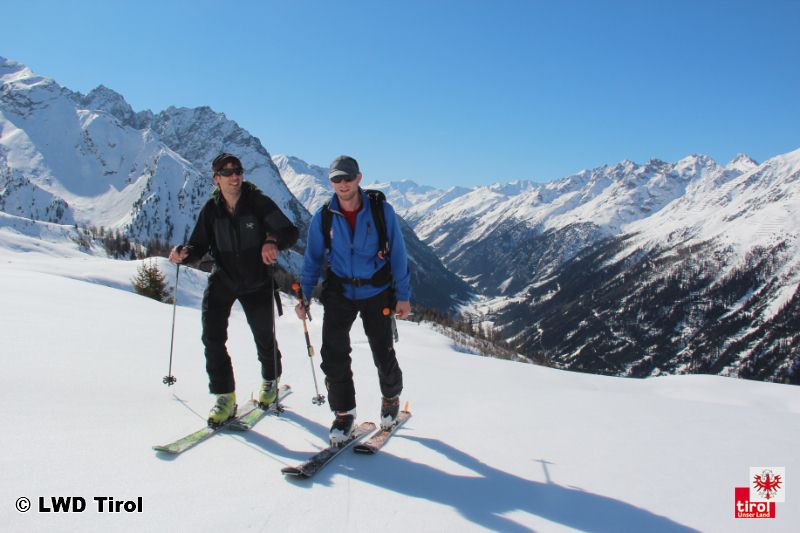
©
EAWS
en
de
fr
it
es
ca
sk
ro
si
no
Snow plume
Snow being lifted by the wind and carried away from a peak or ridge into the air.
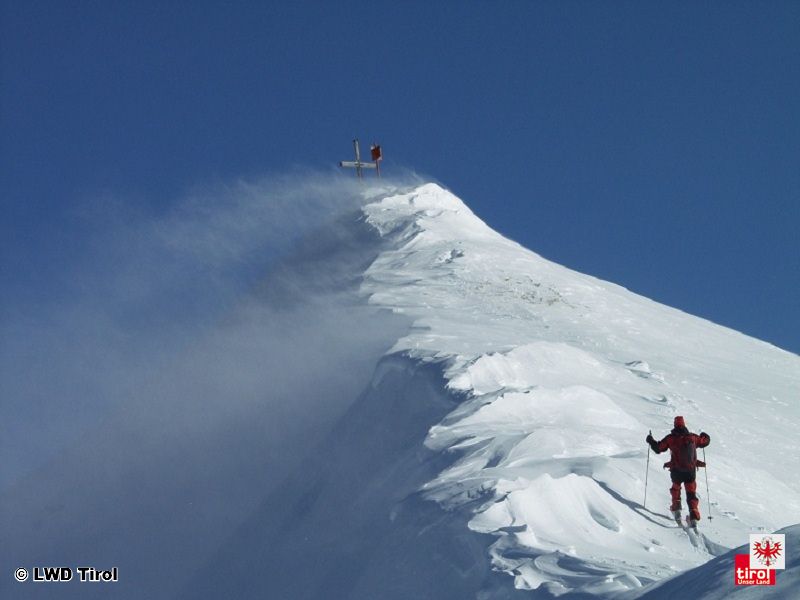
©
EAWS
en
de
fr
it
es
ca
sk
ro
si
no
Snow water equivalent
The height of the water column if a snow sample is melted (measured in millimeters), with reference to the same area. The water equivalent of a 20 cm snow sample with a mean snow density of 100 kg/m³ is 20 mm. With a density of 500 kg/m³ the equivalent of a 20 cm snow sample is 100 mm of water.
©
EAWS
en
de
fr
it
es
ca
sk
ro
si
no
Spacing distances, maintaining distances
Precautionary measure in outlying terrain: maintaining distances between persons to reduce snowpack loading.
During ascents at least 10 m distance maintained, during descents significantly more.
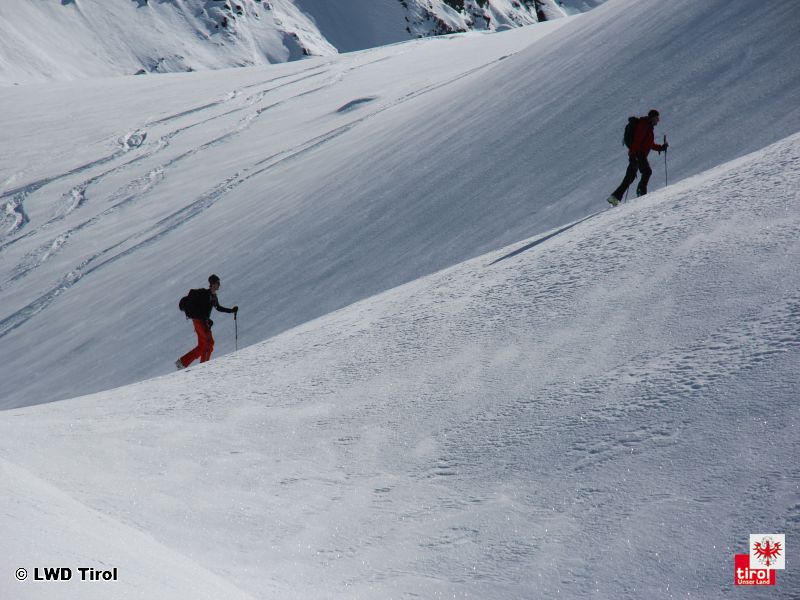
©
EAWS
en
de
fr
it
es
ca
sk
ro
si
no
Stability, snowpack stability
The strength of a snowpack to withstand internal and external disturbances.
Stability is determined by firmness vs. stress inside a snow layer.
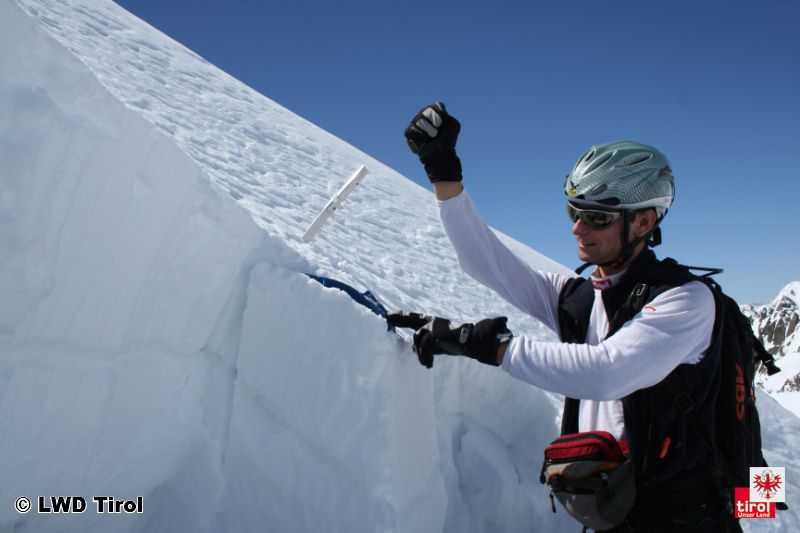
©
EAWS
en
de
fr
it
es
ca
sk
ro
si
no
Steep terrain
Terrain with a slope angle exceeding 30°, regardless of form or type of terrain.
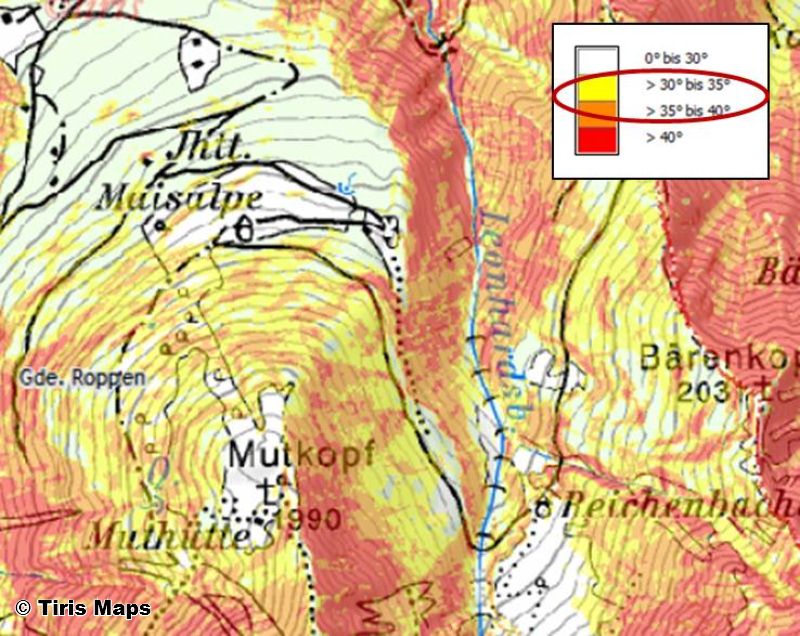
©
EAWS
en
de
fr
it
es
ca
sk
ro
si
no
Stress (in the snowpack)
Stresses in the bonding of grains inside a layer of the snow cover, caused by weight and downward creep of the layers of snow atop it.
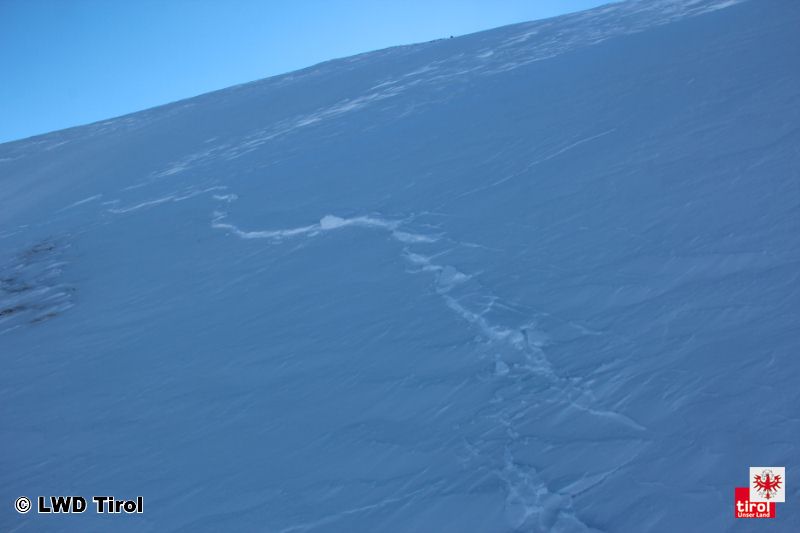
©
EAWS
en
de
fr
it
es
ca
sk
ro
si
no
Sunny slope
Terrain heavily impacted by direct solar radiation.
Typical sun-exposed slopes are easterly, southeasterly, southerly, southwesterly and westerly slopes, depending on the angle of the sun.
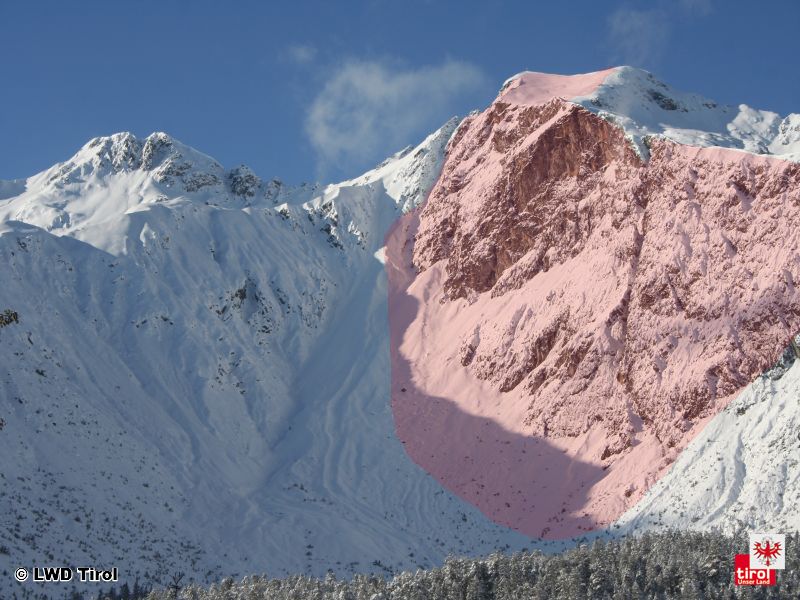
©
EAWS
en
de
fr
it
es
ca
sk
ro
si
no
Surface hoar (hoar frost)
Transparent, frequently flat crystals forming on the snowpack when moist air settles on the surface.
It forms most often during cold, clear, humid nights. Once it is blanketed by fresh fallen snow, surface hoar is one of the most critical weak layer.
See also: www.snowcrystals.it
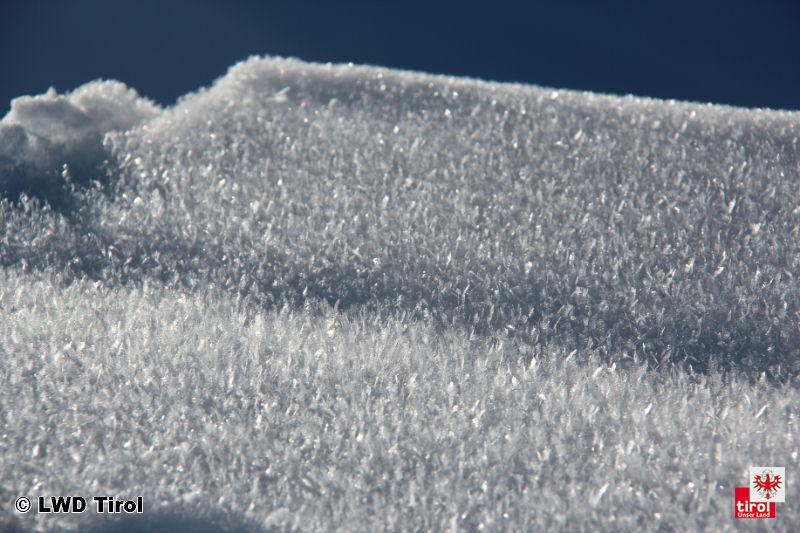
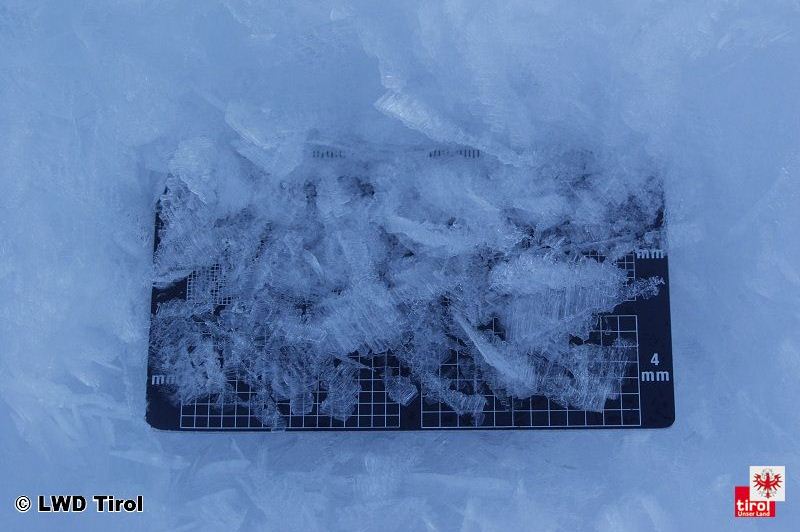
©
EAWS
en
de
fr
it
es
ca
sk
ro
si
no
Temperature gradient
Change in temperature per unit distance of depth, expressed in °C/m or °C/cm.
The temperature gradient is recorded in the snowpack vertically from the ground to the surface. It is determined as the difference between adjacent measurements. For example a “small” temperature gradient is 1 °C per meter, a “large” temperature gradient is 25 °C per meter.
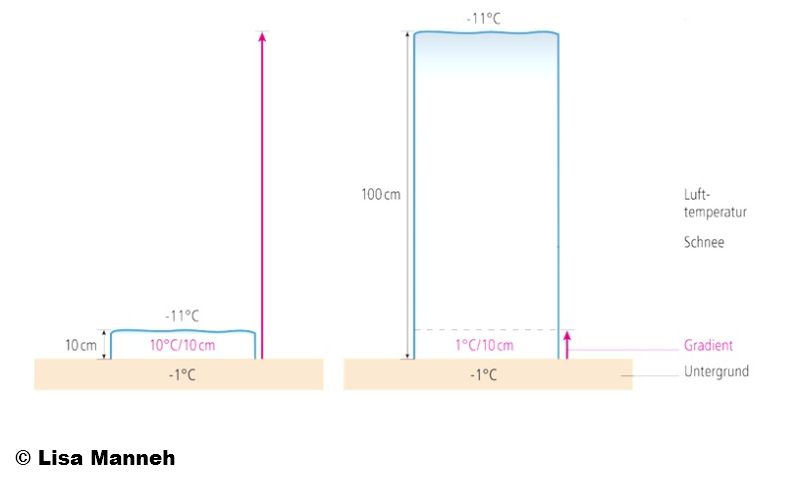
©
EAWS
en
de
fr
it
es
ca
sk
ro
si
no
Thoroughly moist snow
A thoroughly moist snow layer has a temperature of 0 °C; water is not visible and cannot be pressed out; it is easy to form into a snowball.
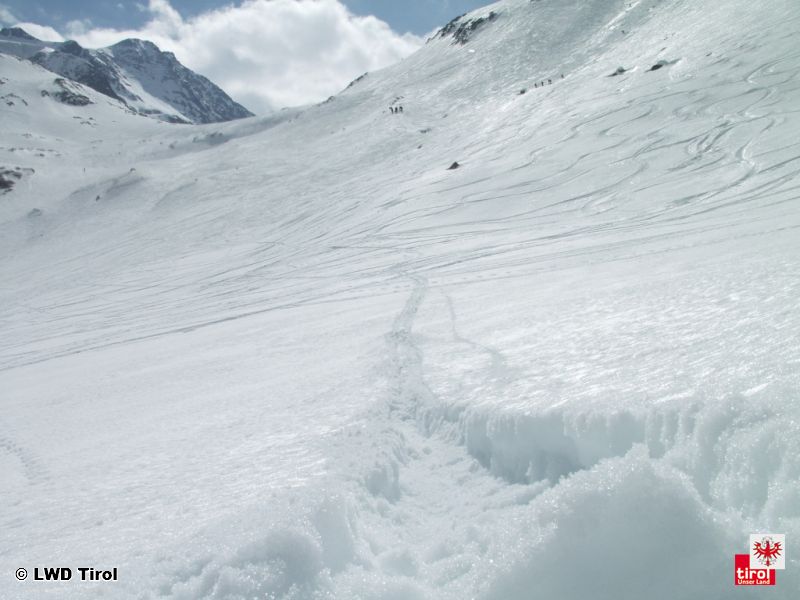
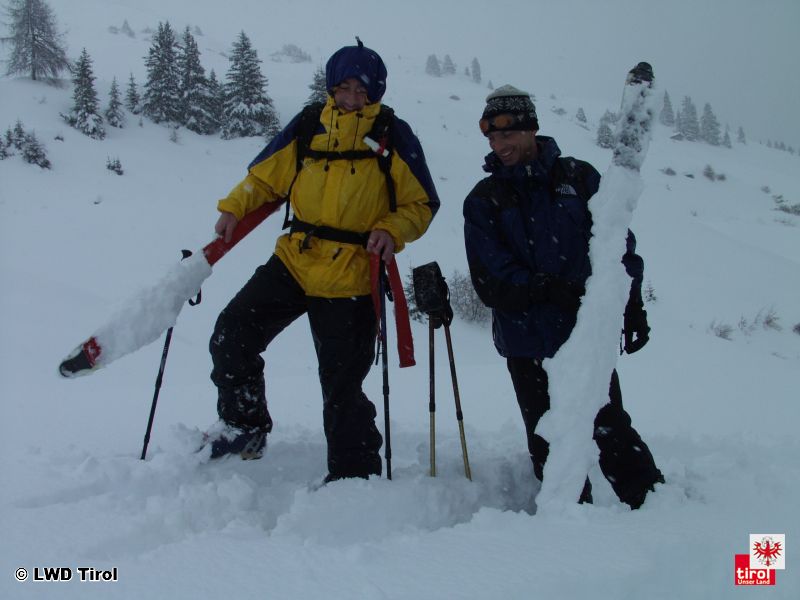
©
EAWS
en
de
fr
it
es
ca
sk
ro
si
no
Thoroughly wet snow
A thoroughly wet snow layer has a temperature of 0 °C. Water is visible and can be pressed out.
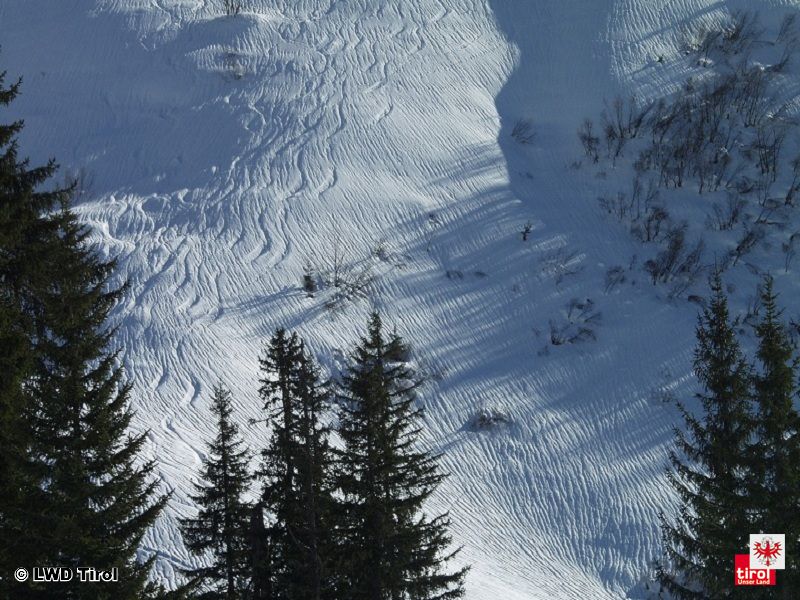
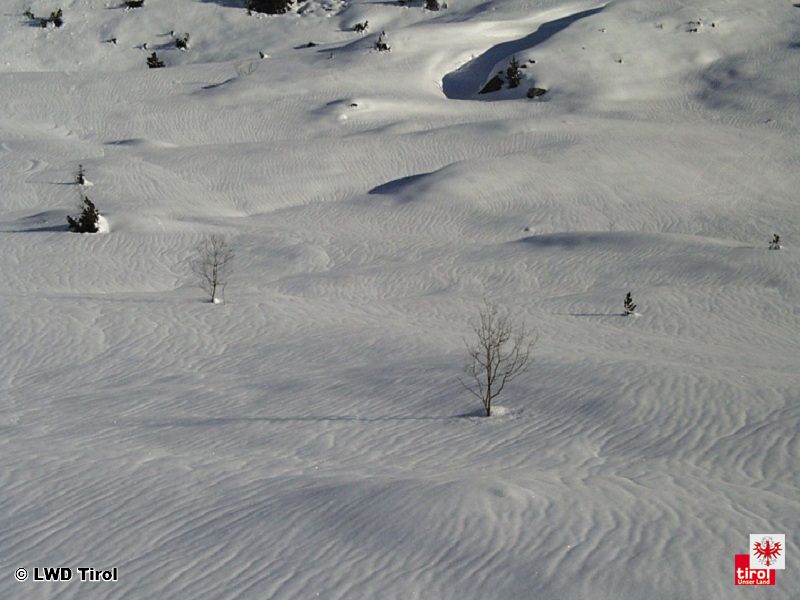
©
EAWS
en
de
fr
it
es
ca
sk
ro
si
no
Transported snow
Re-deposition of snow occurring at a wind speed greater than about 4 m/sec for loose snow, and greater than 10 m/sec for denser snow.
Further explanations:
The amount of snow deposited by windincreases with the third power of the wind speed, i.e. double the wind speed results in the eightfold amount of drifted snow. A maximum of snow drift is reached at wind speeds between 50 and 80 km/h. At higher wind speeds snow drift is reduced.
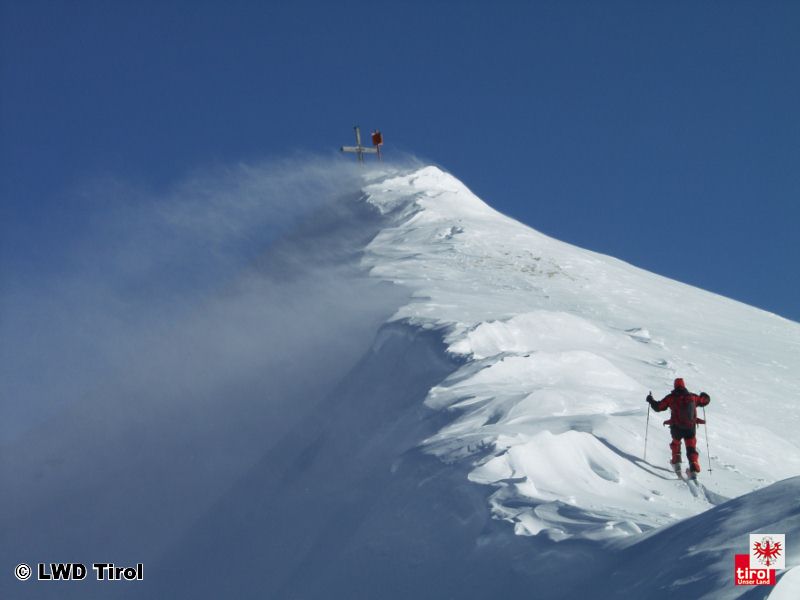
©
EAWS
en
de
fr
it
es
ca
sk
ro
si
no
Tree line
The border of a forest, e.g. in the alps a maximum of 2.400m (Zermatt) the Pyrenees of Catalonia at 2400m, in SW Poland at 1600m.
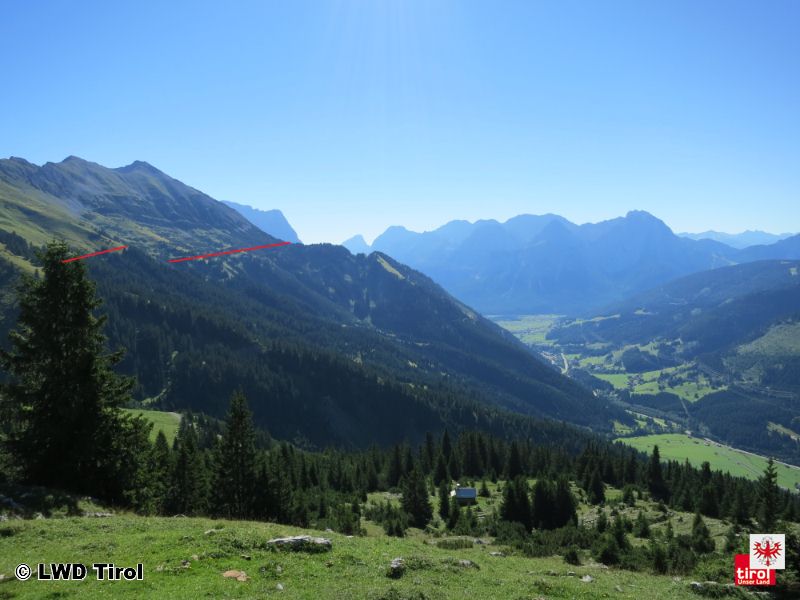
©
EAWS
en
de
fr
it
es
ca
sk
ro
si
no
Unbonded snow
Snow lacking cohesion. The term "loose snow" is used for slack new fallen snow, depth hoar or very developed faceted crystals; however, the definition also applies to very wet snow. Loose snow can lead to loose snow avalanches.
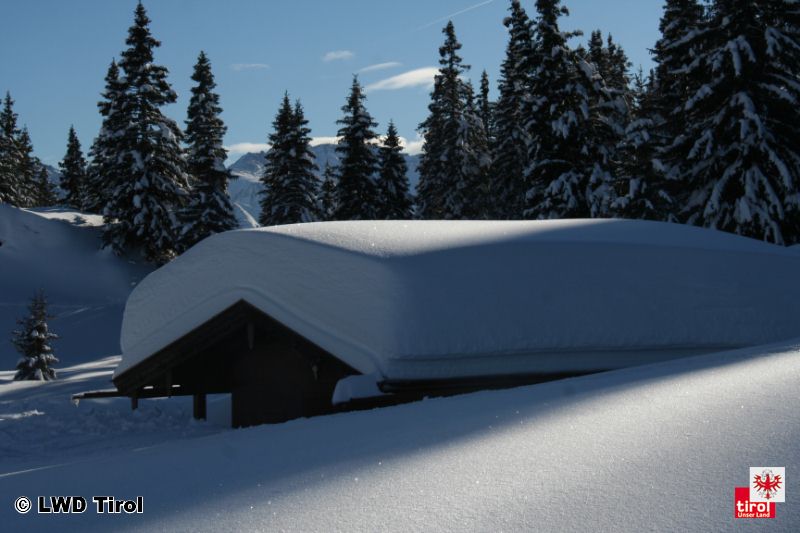
©
EAWS
en
de
fr
it
es
ca
sk
ro
si
no
Valley avalanche
Very large or extremely large avalanche that runs all the way to the valley floor
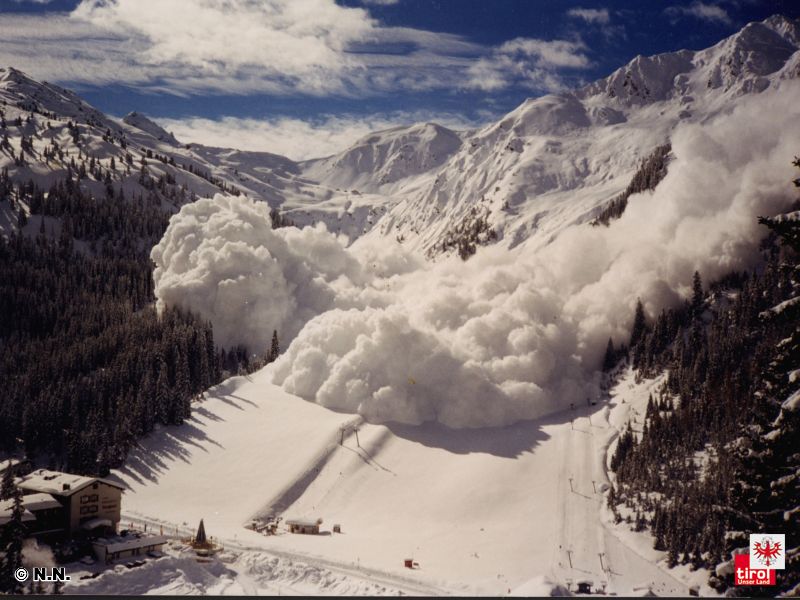
©
EAWS
en
de
fr
it
es
ca
sk
ro
si
no
Very light new snow
New fallen snow with very low density: typically 30 kg/m³ (champagne powder, diamond snow).
©
EAWS
en
de
fr
it
es
ca
sk
ro
si
no
Very steep, extreme terrain
Quite unfavourable slope with regard to angle (steeper than 40 degrees), terrain profile, proximity to ridge, smoothness of underlying ground surface.
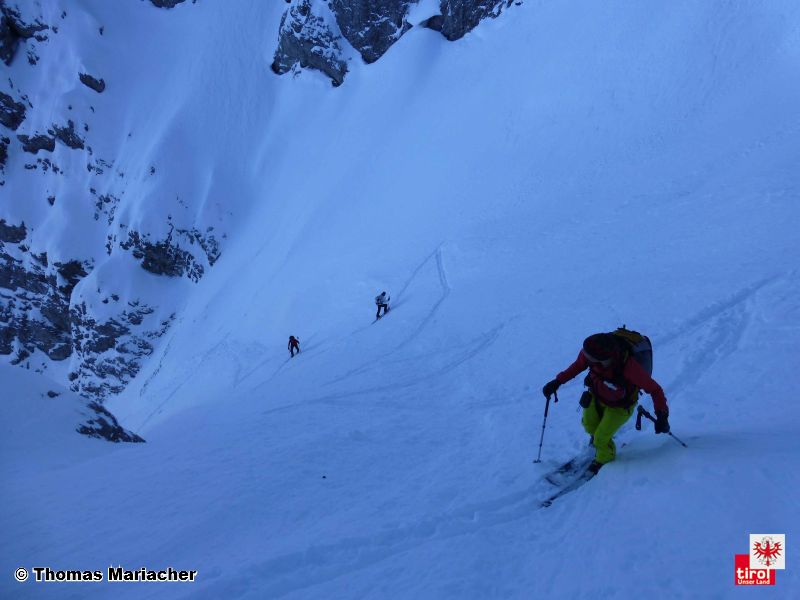
©
EAWS
en
de
fr
it
es
ca
sk
ro
si
no
Wafted slope area
Slope area where great masses of snow have been transported by wind.
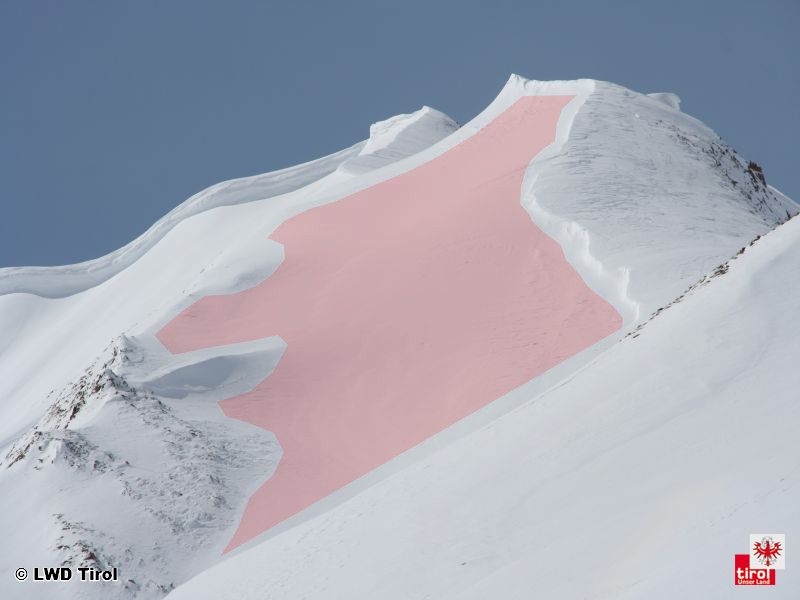
©
EAWS
en
de
fr
it
es
ca
sk
ro
si
no
Weak layer
Snowpack layer in which the structure of crystals has undergone a break.
Typical dry weak layers causing avalanches: precipitation particles; surface hoar; faceted crystals; hollow crystals; graupel. Wet weak layers can be formed by every snowcrystalls.
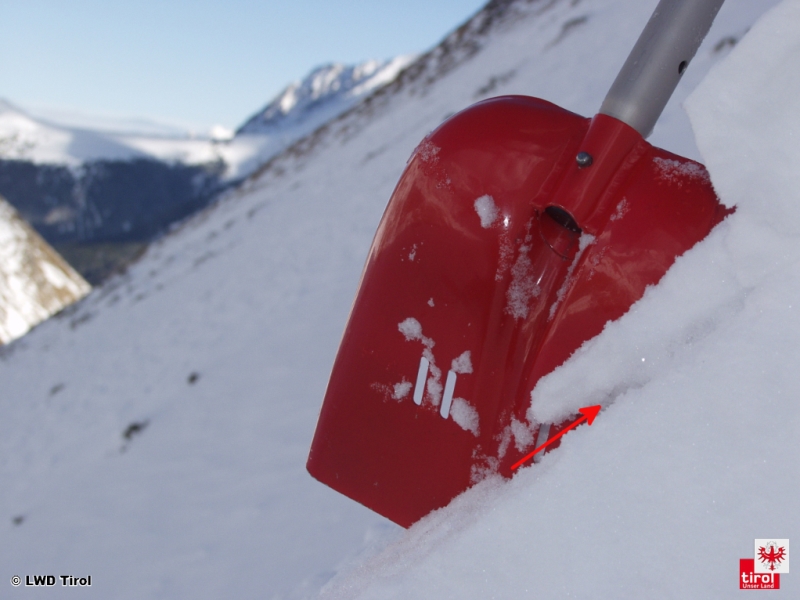
©
EAWS
en
de
fr
it
es
ca
sk
ro
si
no
Wet snow avalanche
Avalanche of wet snow masses.
Flowing more slowly than dry avalanches; usually for shorter runout distances, however with greater impact on obstacles due to higher snow density.
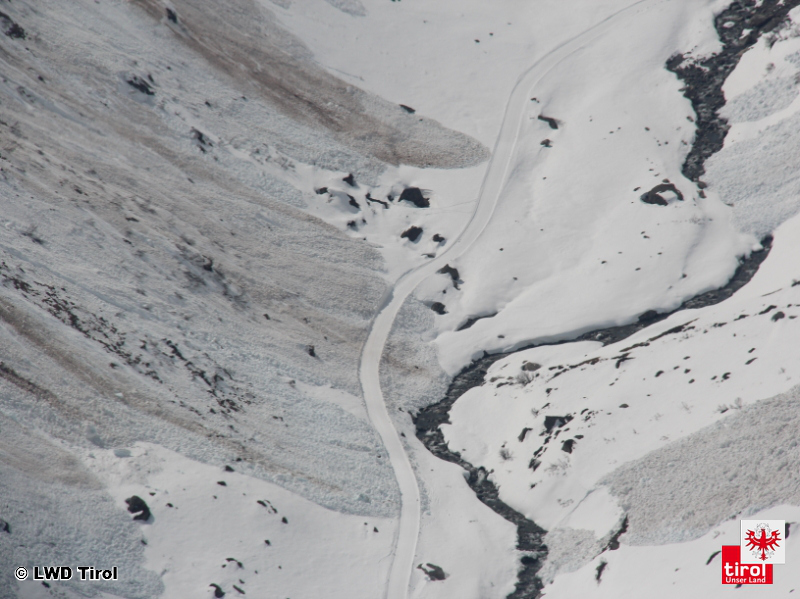
©
EAWS
en
de
fr
it
es
ca
sk
ro
si
no
Whumpfing, collapsing sound
Distinctive noise (resembling a "whumpf" sound) occurring when a weak layer beneath a slab collapses. Thus the air of the weak layer is pressed outside the snowpack, a whumpf follows.
The sound usually indicates an unstable situation and can be accompanied by cracking. A whumpf is a clear avalanche alert.
©
EAWS
en
de
fr
it
es
ca
sk
ro
si
no
Wind crust
Layer of hard-compacted snow brought about by wind; often increases firmness of the surface.
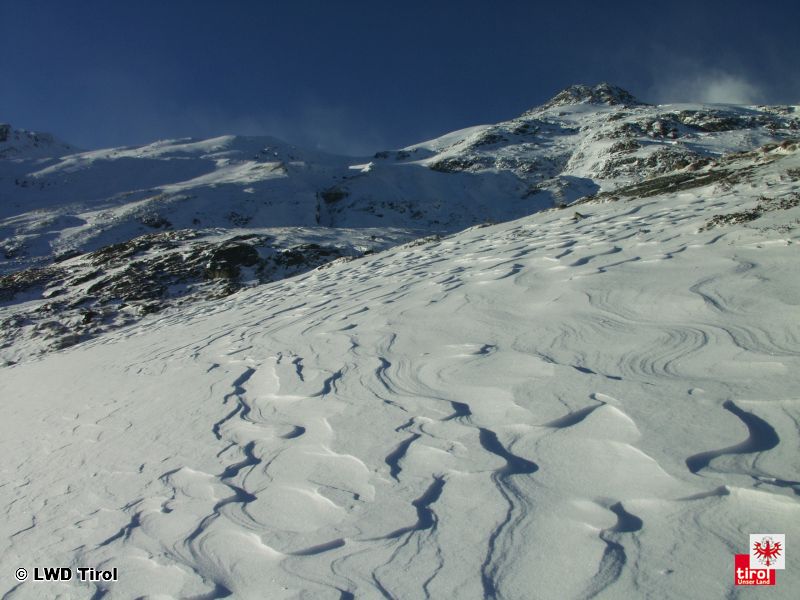
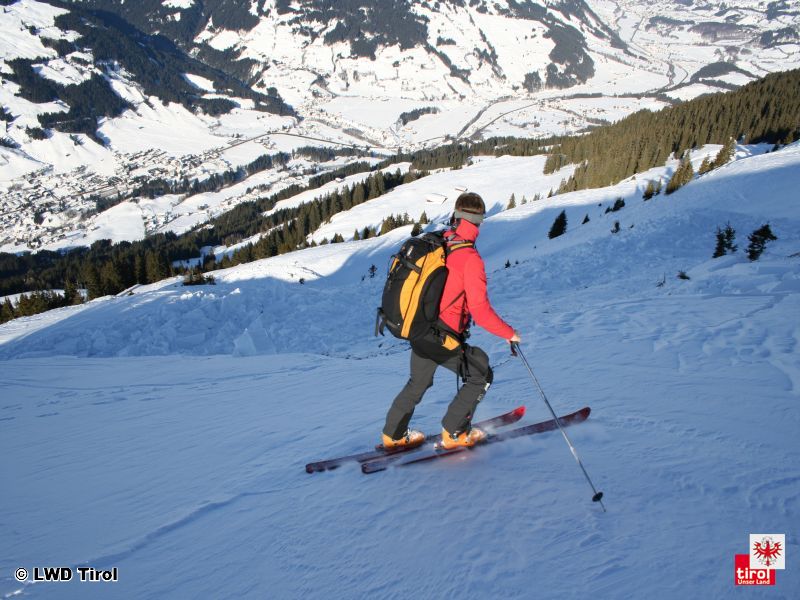
©
EAWS
en
de
fr
it
es
ca
sk
ro
si
no
Wind speed
- low: 0 – 20 km/h
- moderate: 20 – 40 km/h
- strong: 40 – 60 km/h
- very strong: 60 – 100 km/h
- gale, hurricane: > 100 km/h
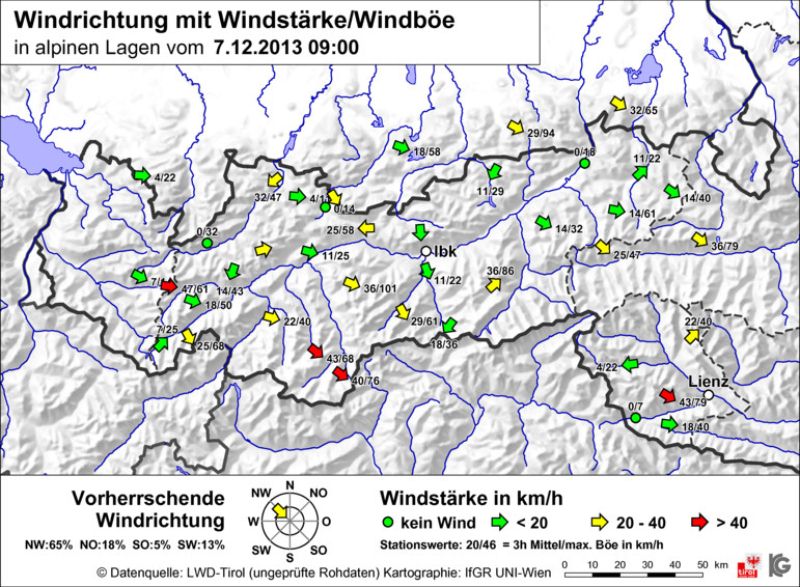
©
EAWS
en
de
fr
it
es
ca
sk
ro
si
no





























